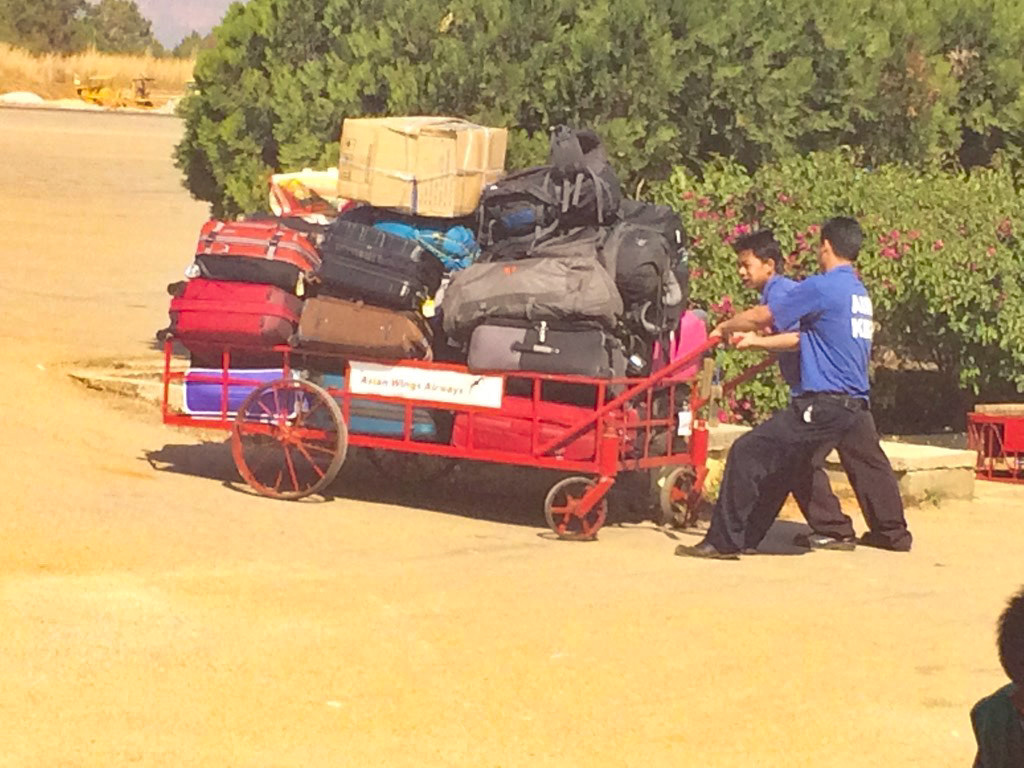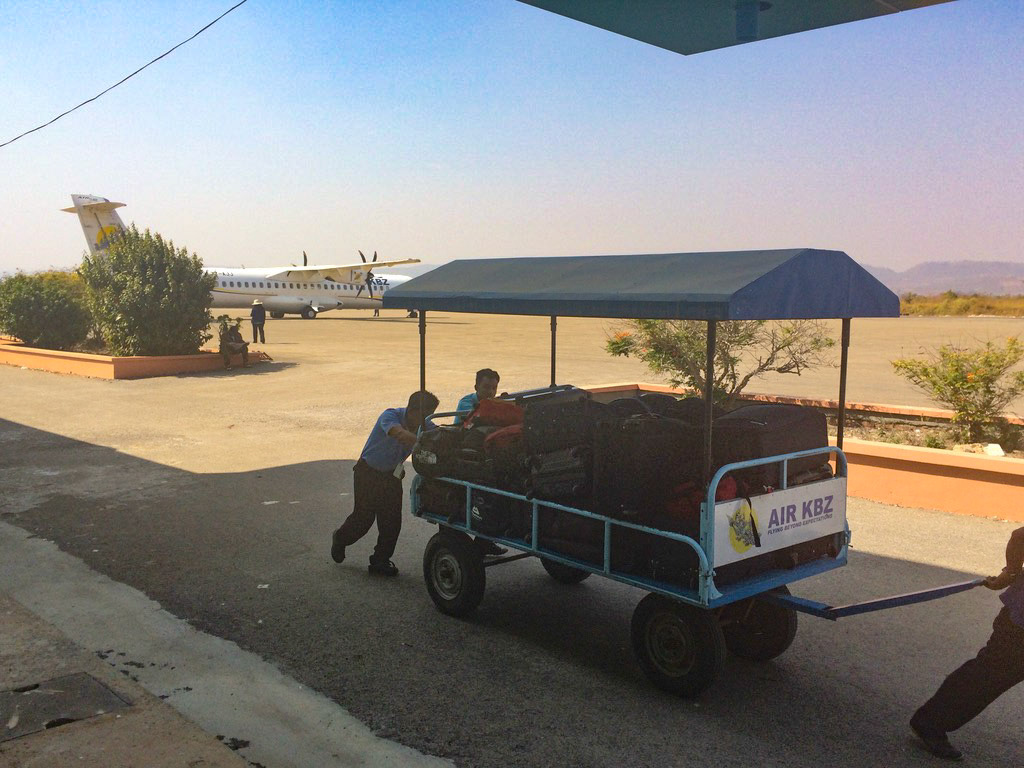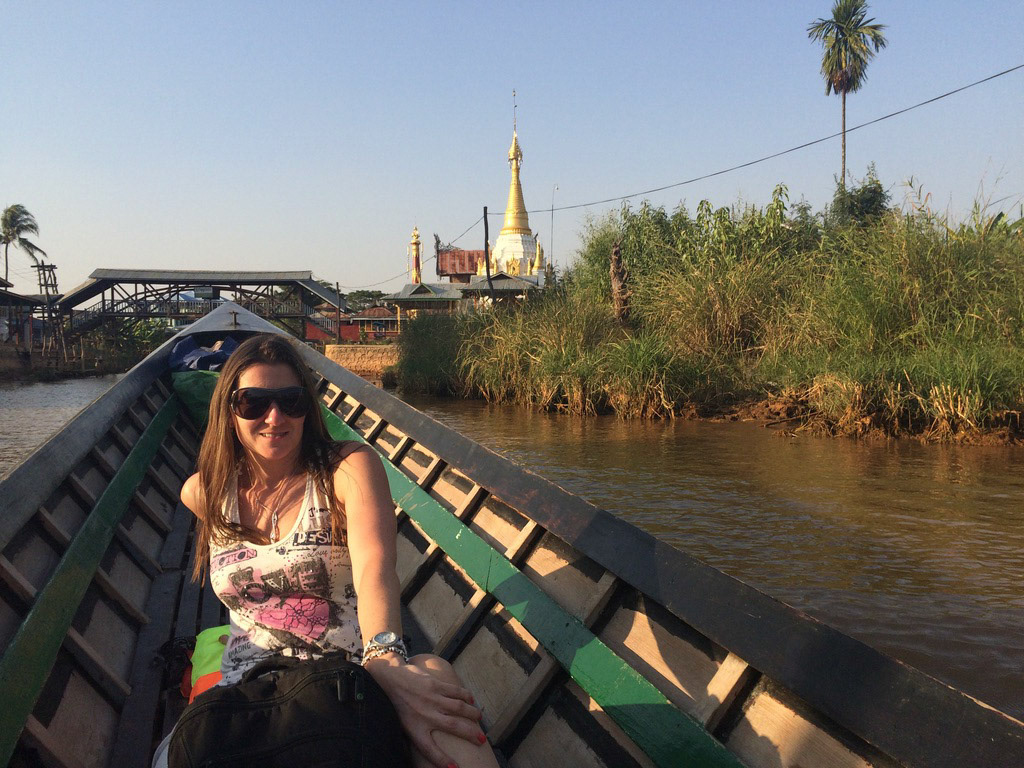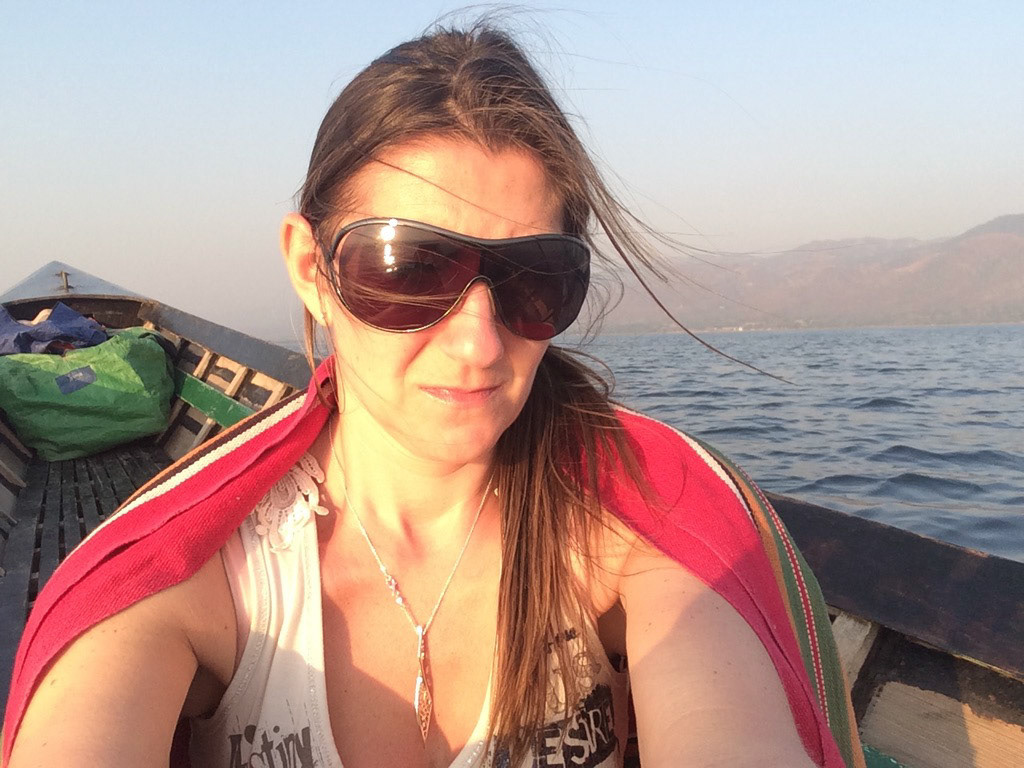I had some preconceived ideas of what I would find at Inle. Straight out of the tour guides, I was in search of the fishermen. The floating villages and gardens housed on the second largest lake in Myanmar, cover 45 sq miles, or 116sq km.
However what I found was a discovery beyond imagination as I stumbled across people and places I never knew existed.
As my water taxi exited the channel of approach water, and the vast expanse of lake opened up, I was greeted by a couple of fishermen in boats, lined up and posing with a dead fish as a touristic welcome to this famed area. My water taxi slowed down, to get the obligatory staged shot, before zooming off to my hotel. However I wanted to see them actually working the waters, using equipment and skills passed down in this age old method of fishing.
I asked the hotel concierge if it would be possible to photograph a fishermen at dawn, and at 5am the next morning a water taxi took me to watch the how they do it. Deceptively the lake is very shallow, if you stood on the bottom the water would barely cover your head. You'll notice the conical nets can be rested on the lake bed, the fisherman resting his foot on the top. Acting like a cage, the spear inserted through the top, all the time the fisherman balances on one leg, whilst the other leg manoeuvres the oar and keeps the boat in position.
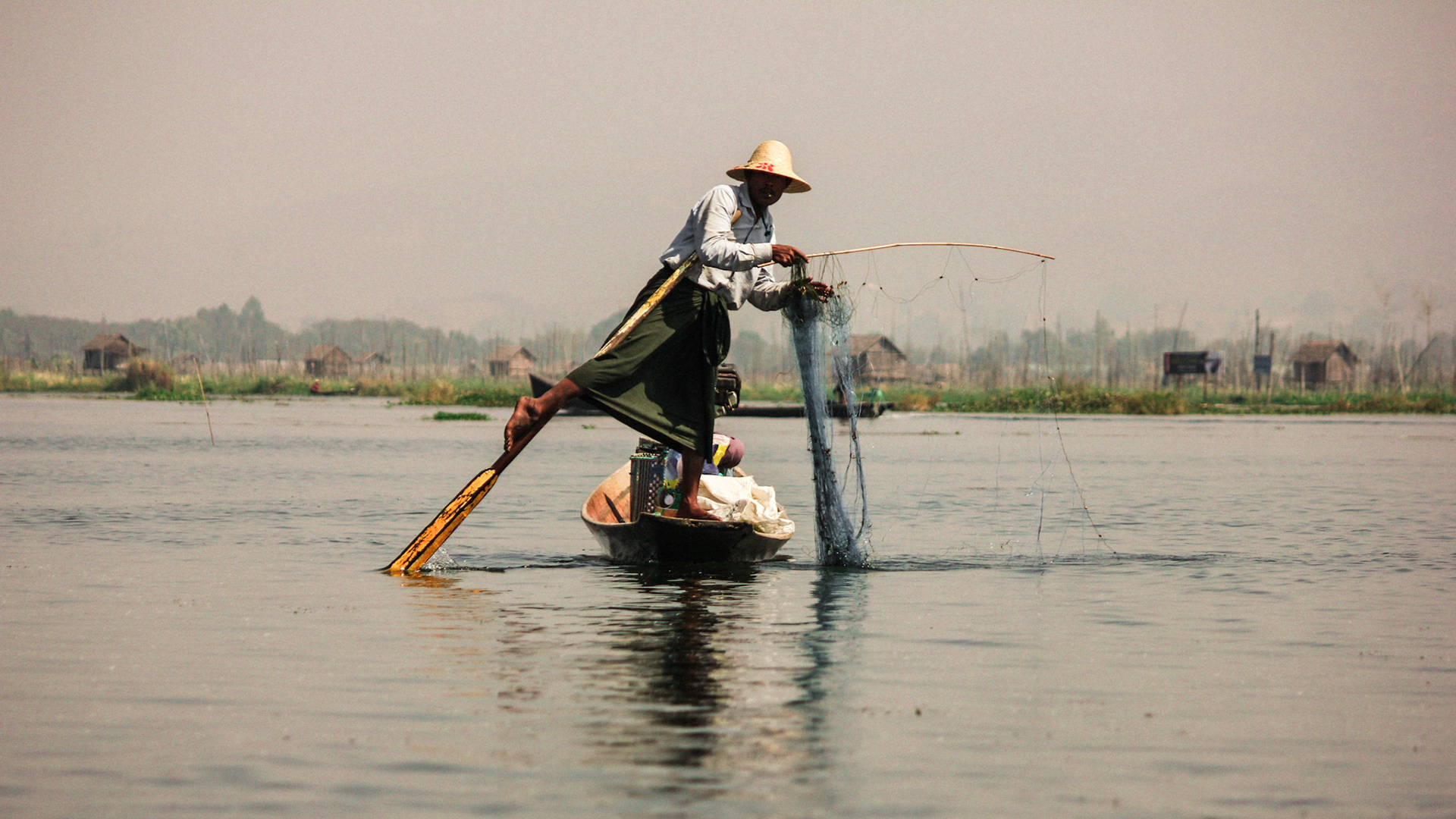
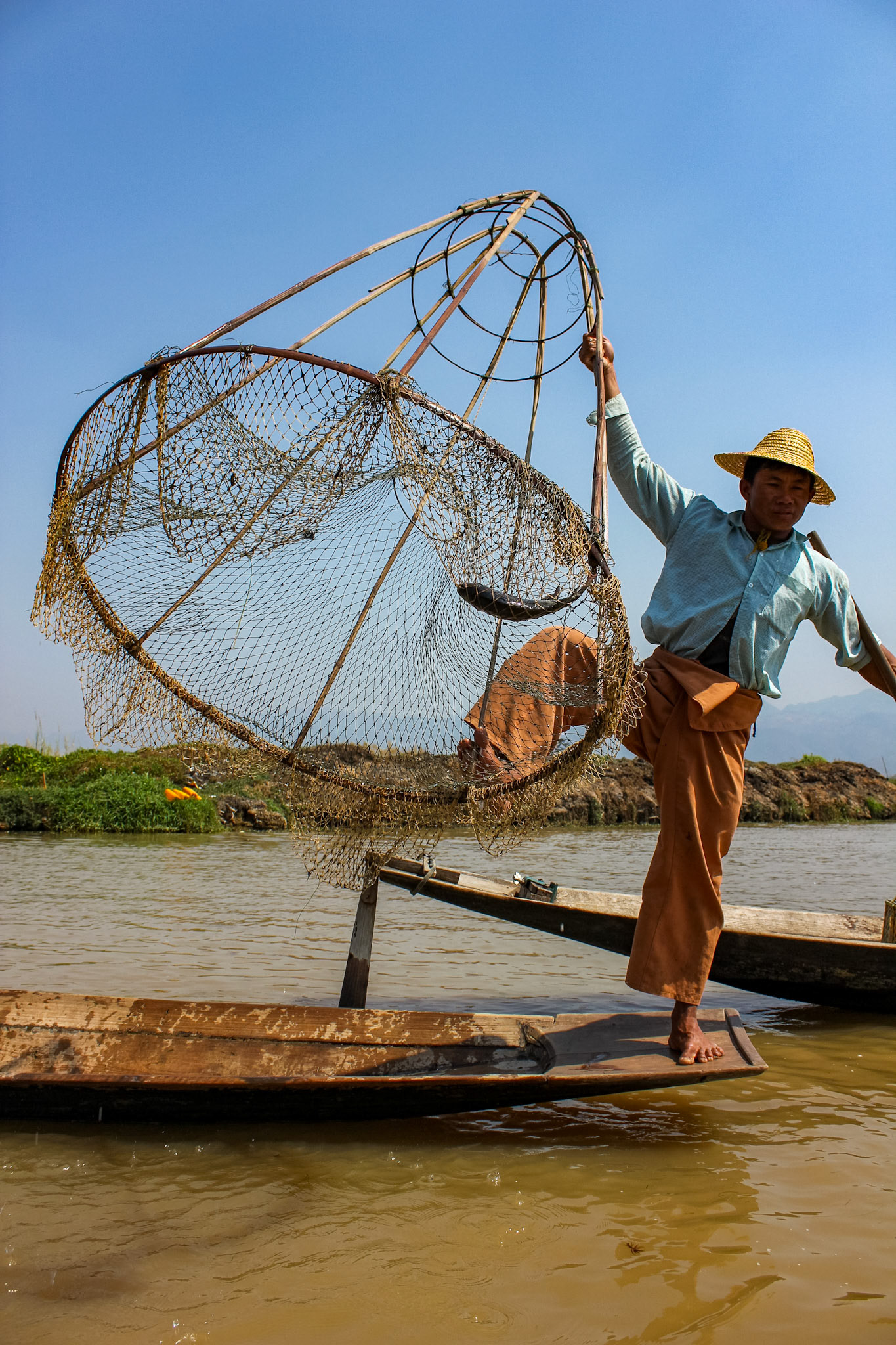
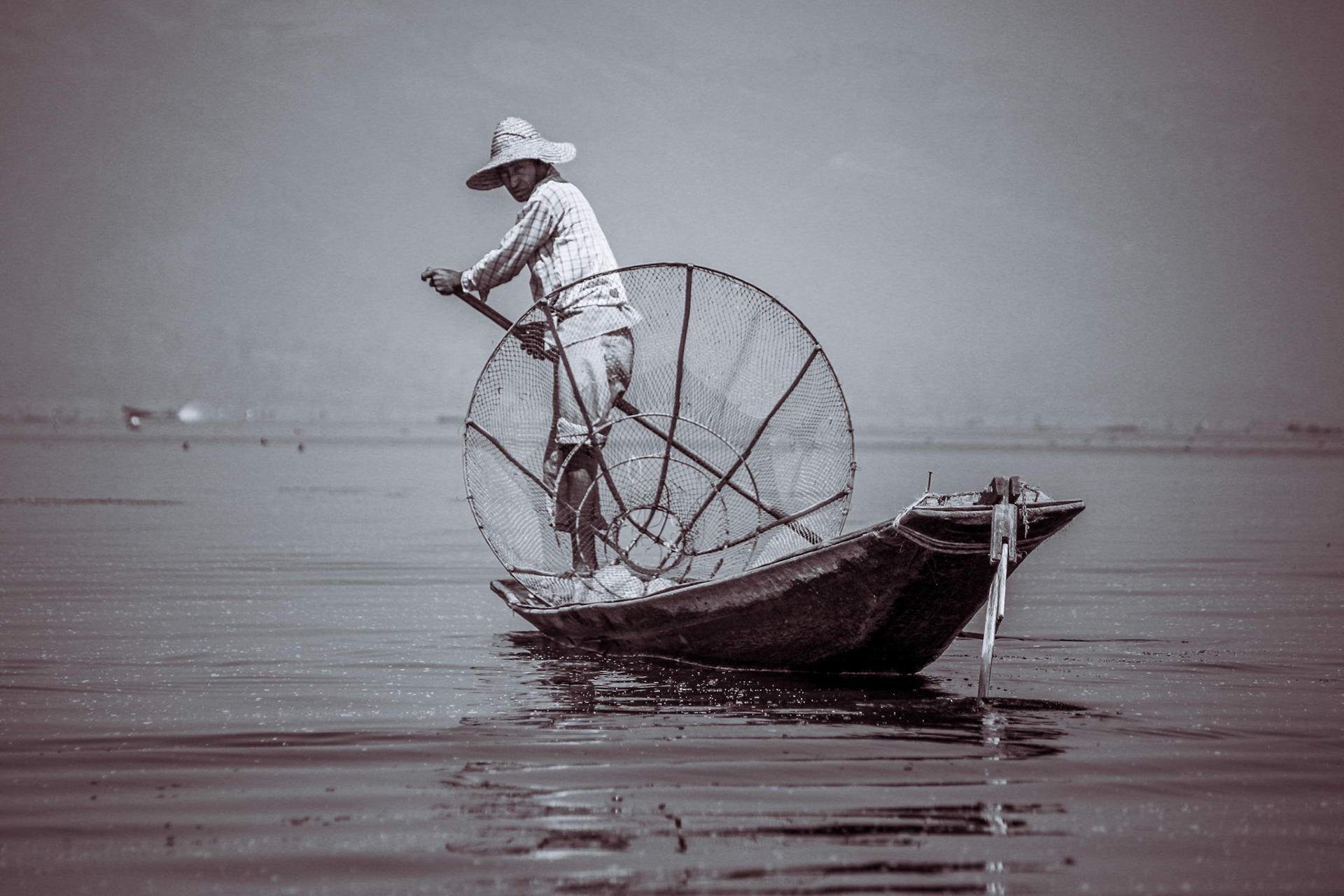
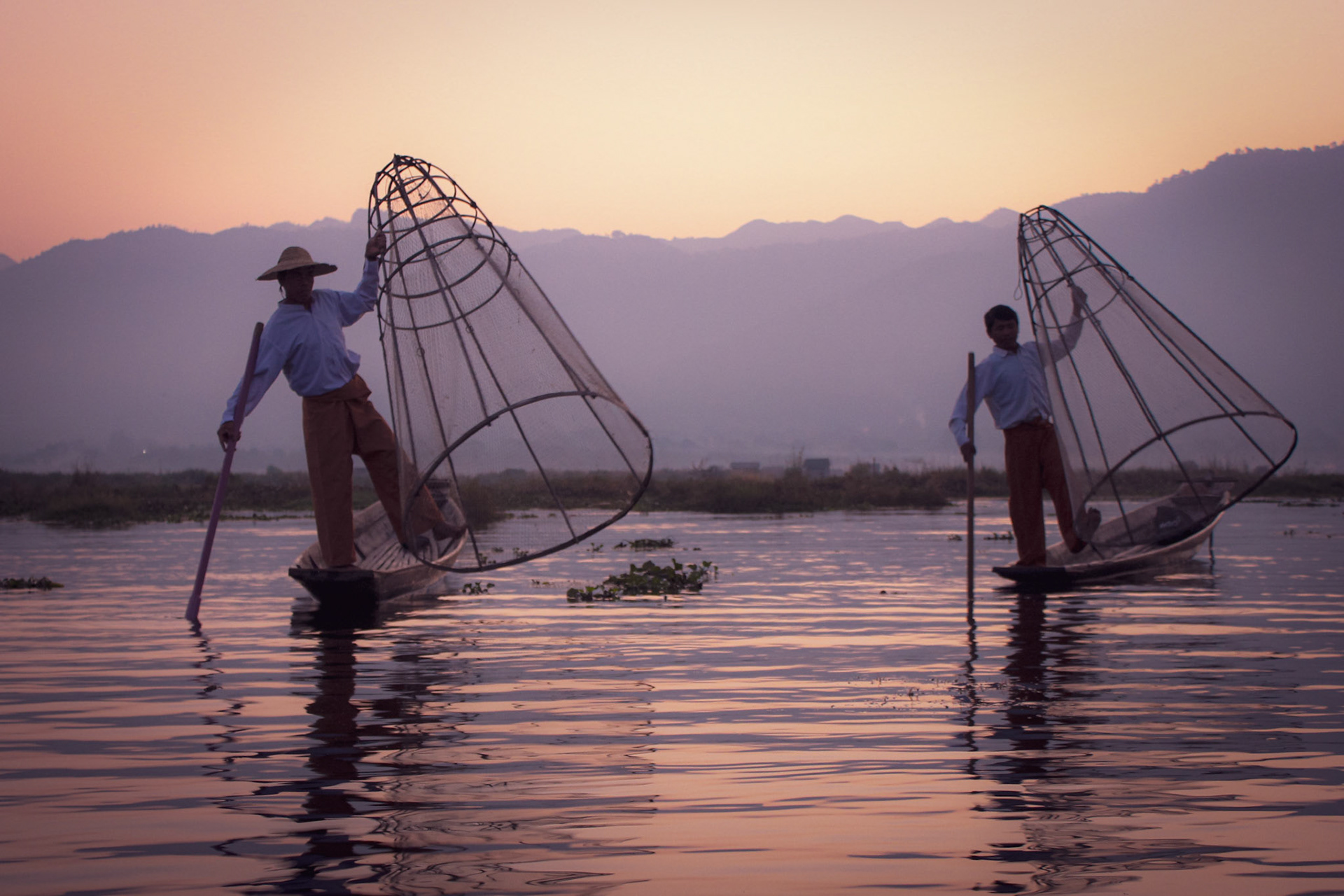
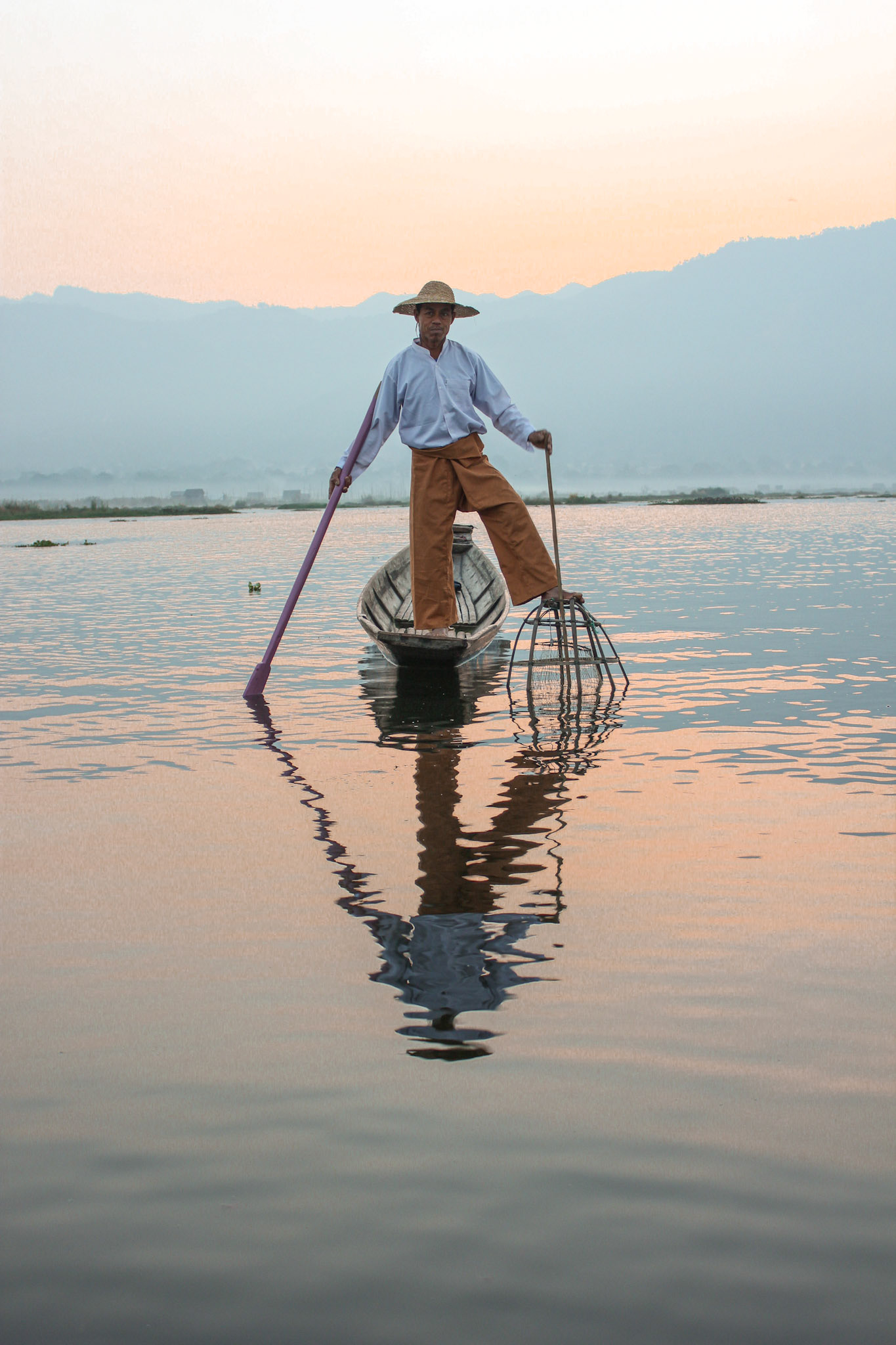
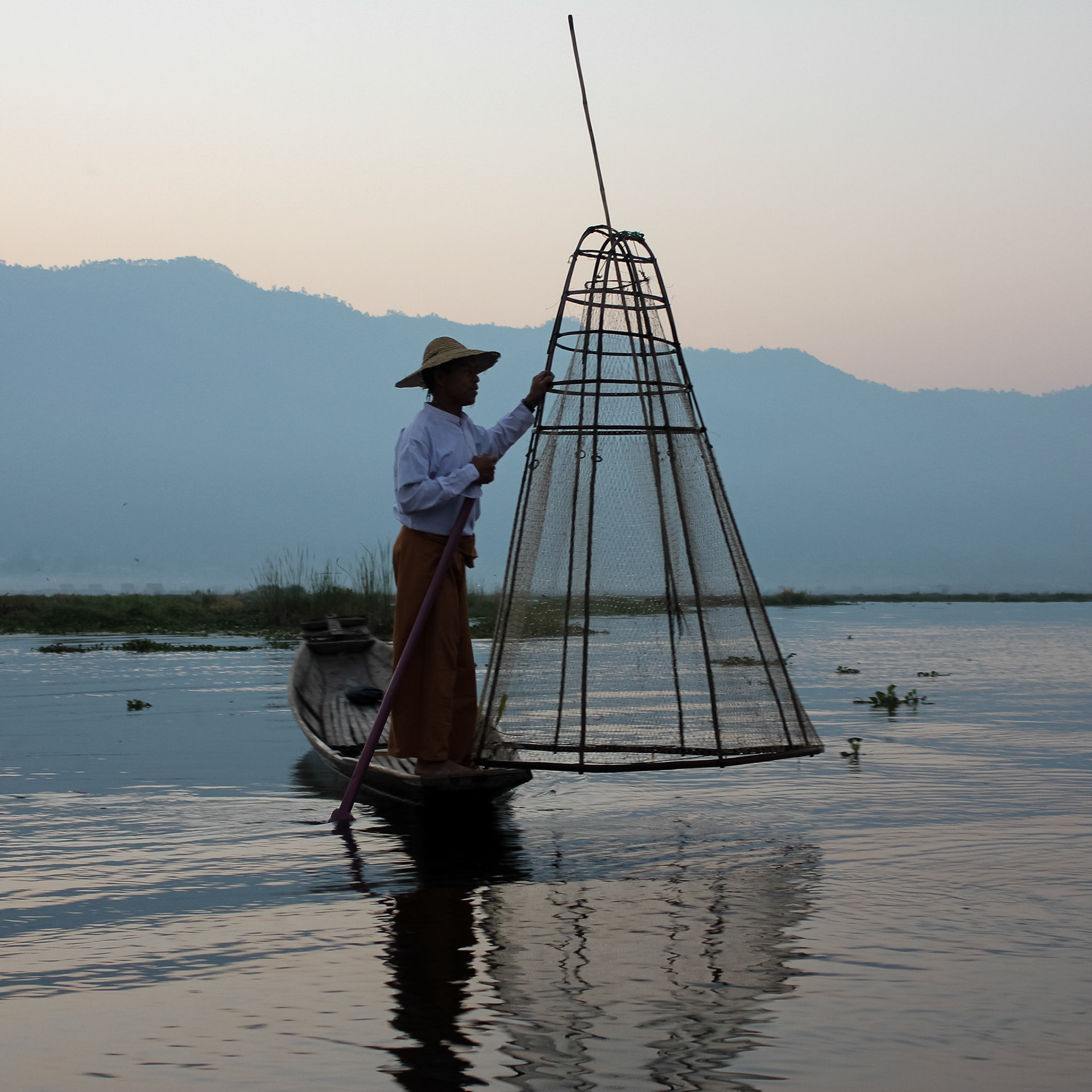
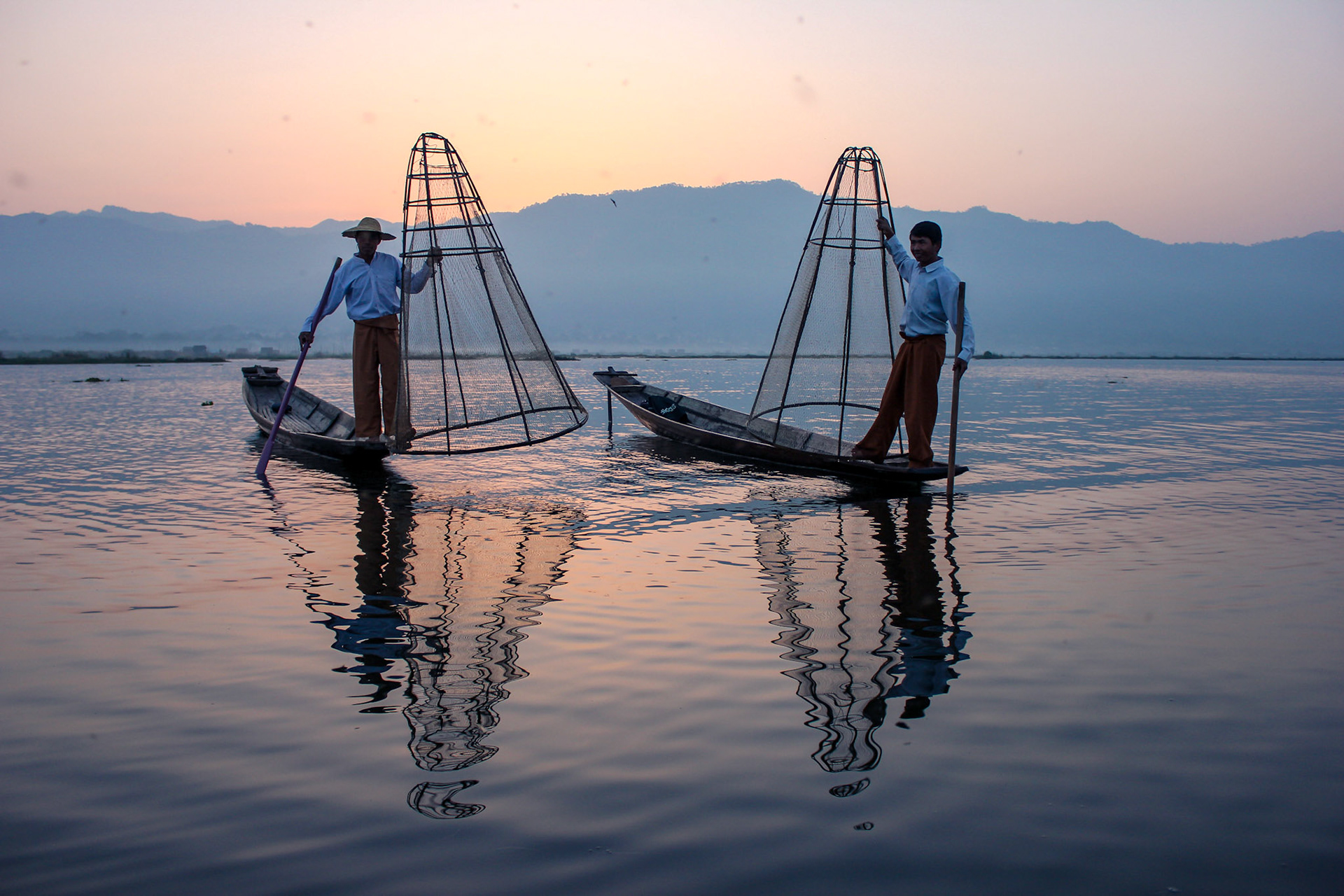
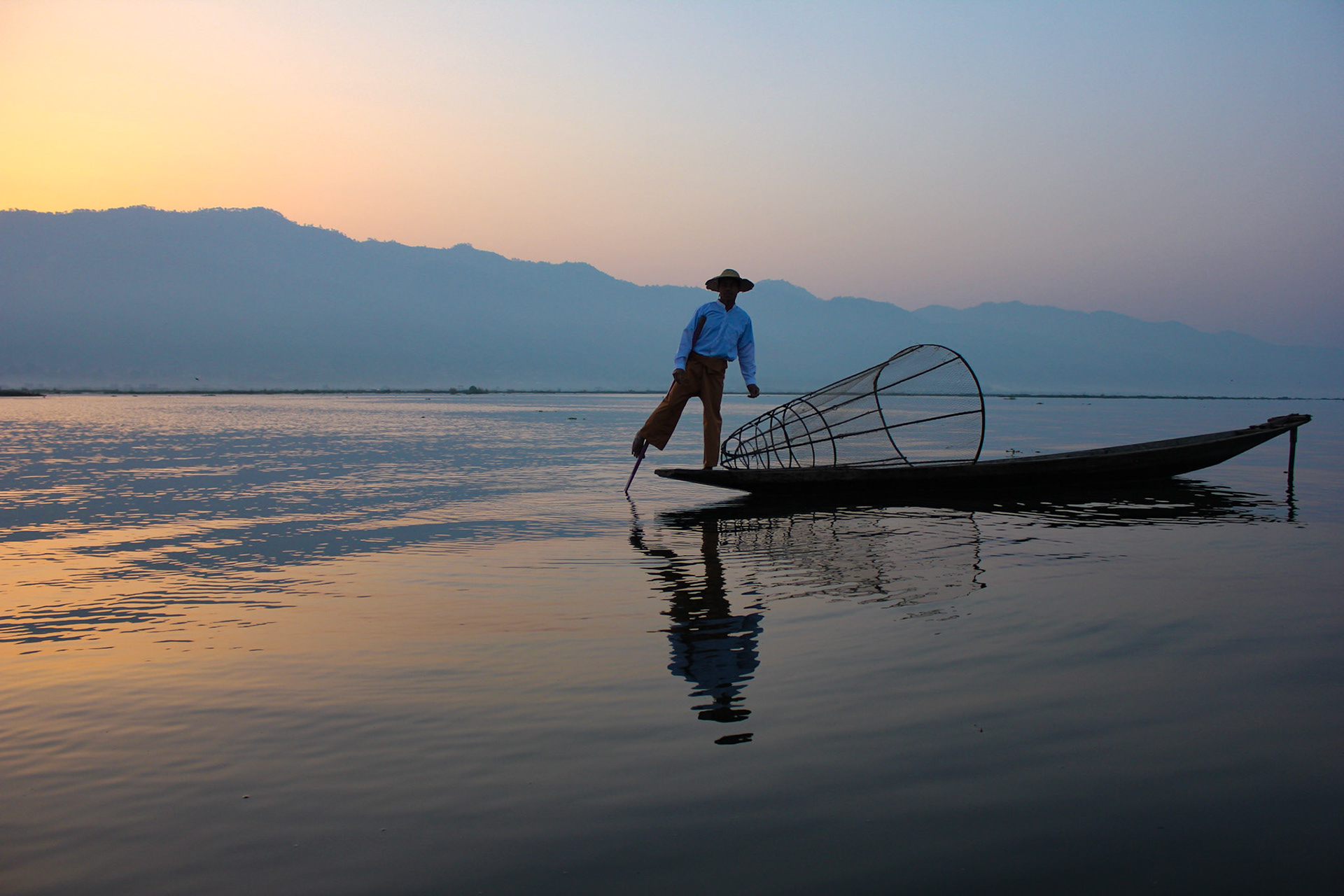
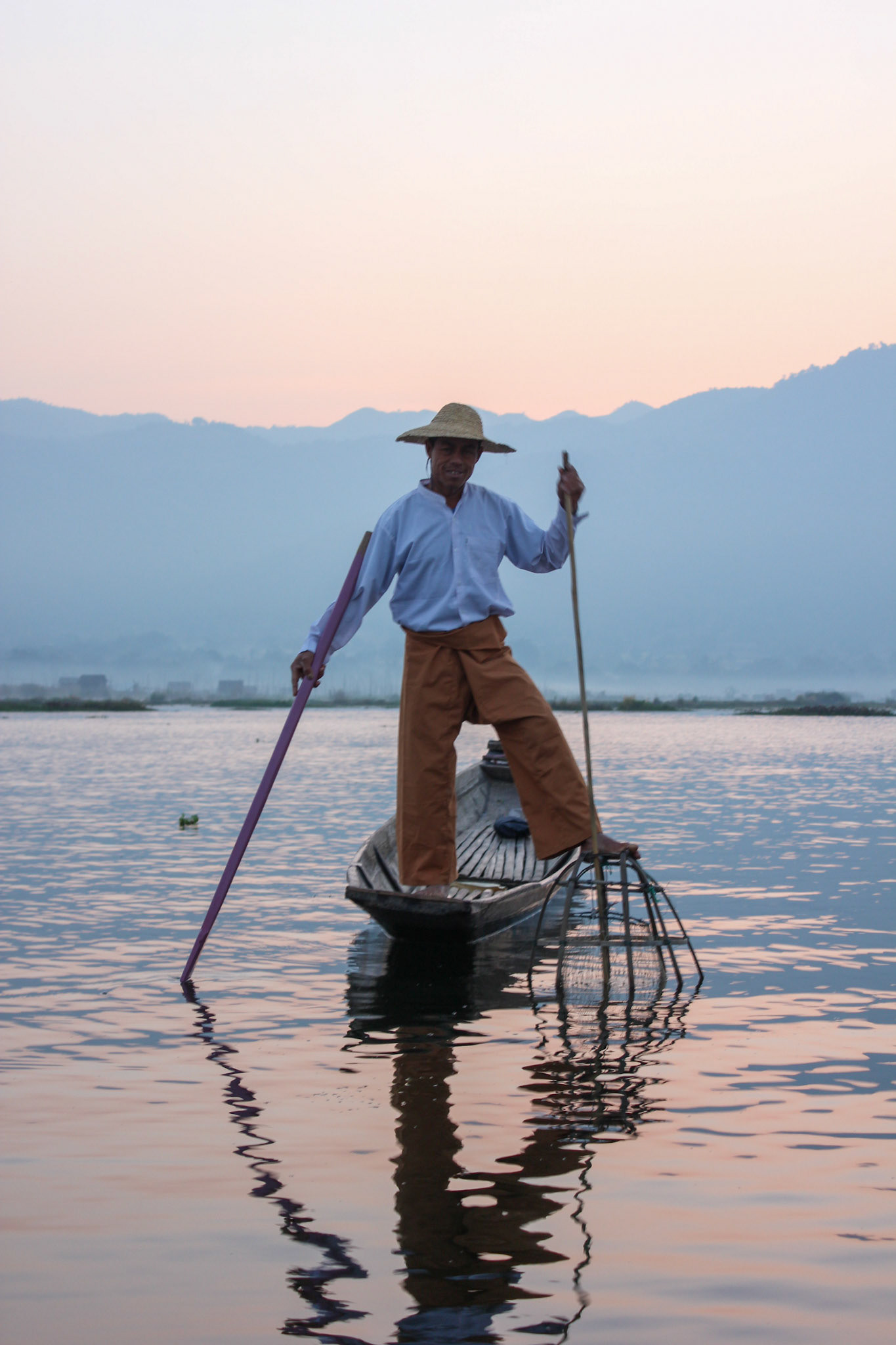
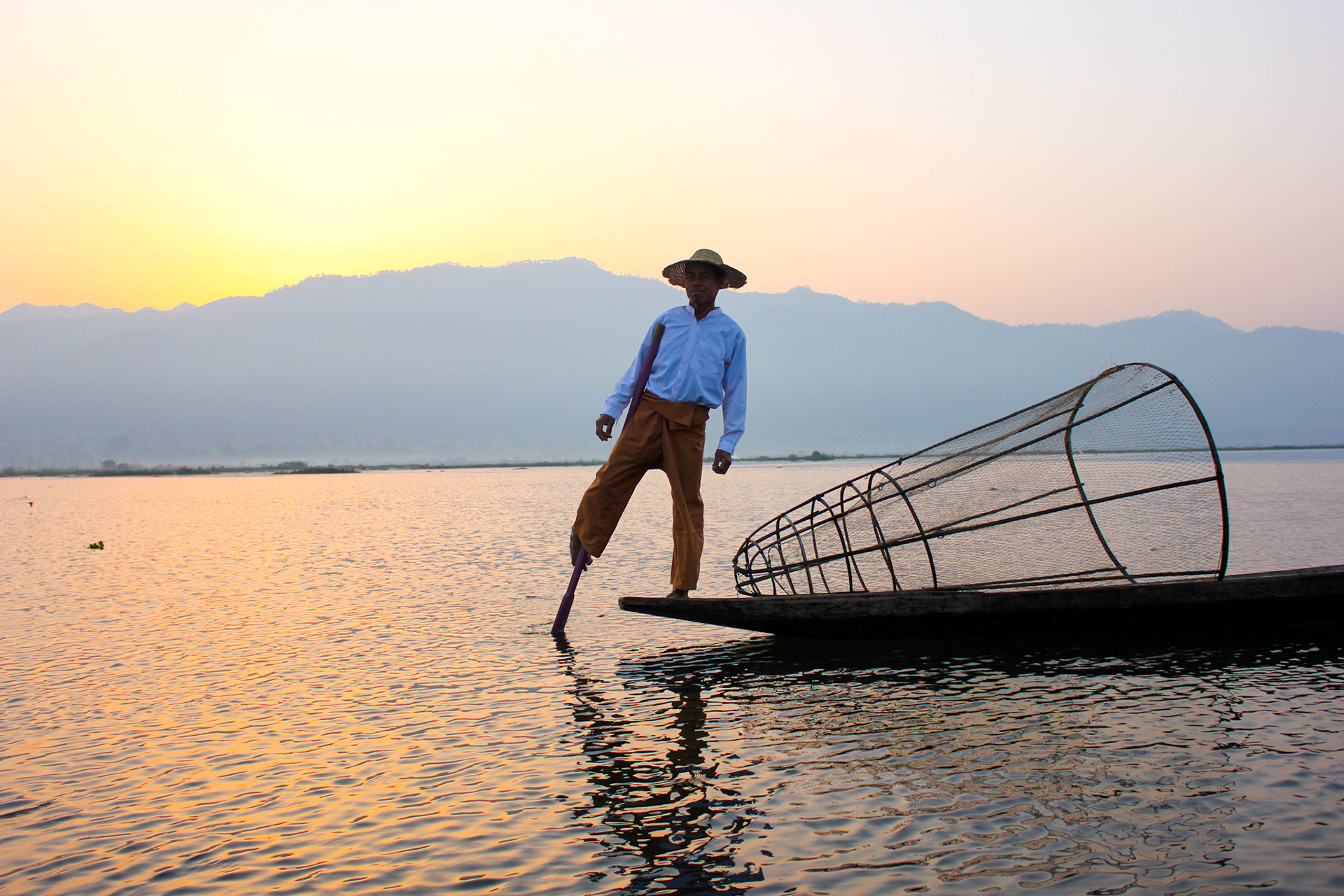
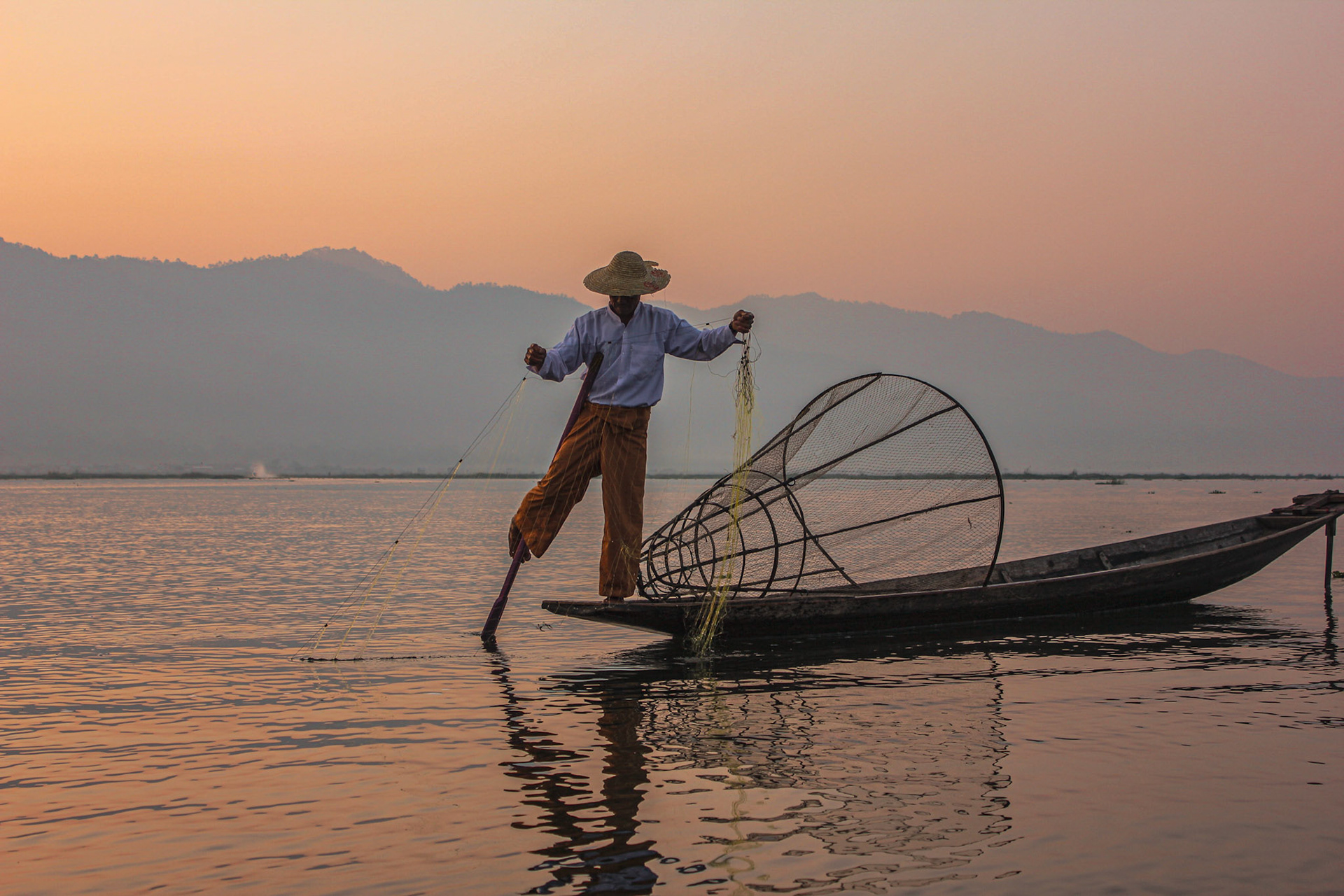
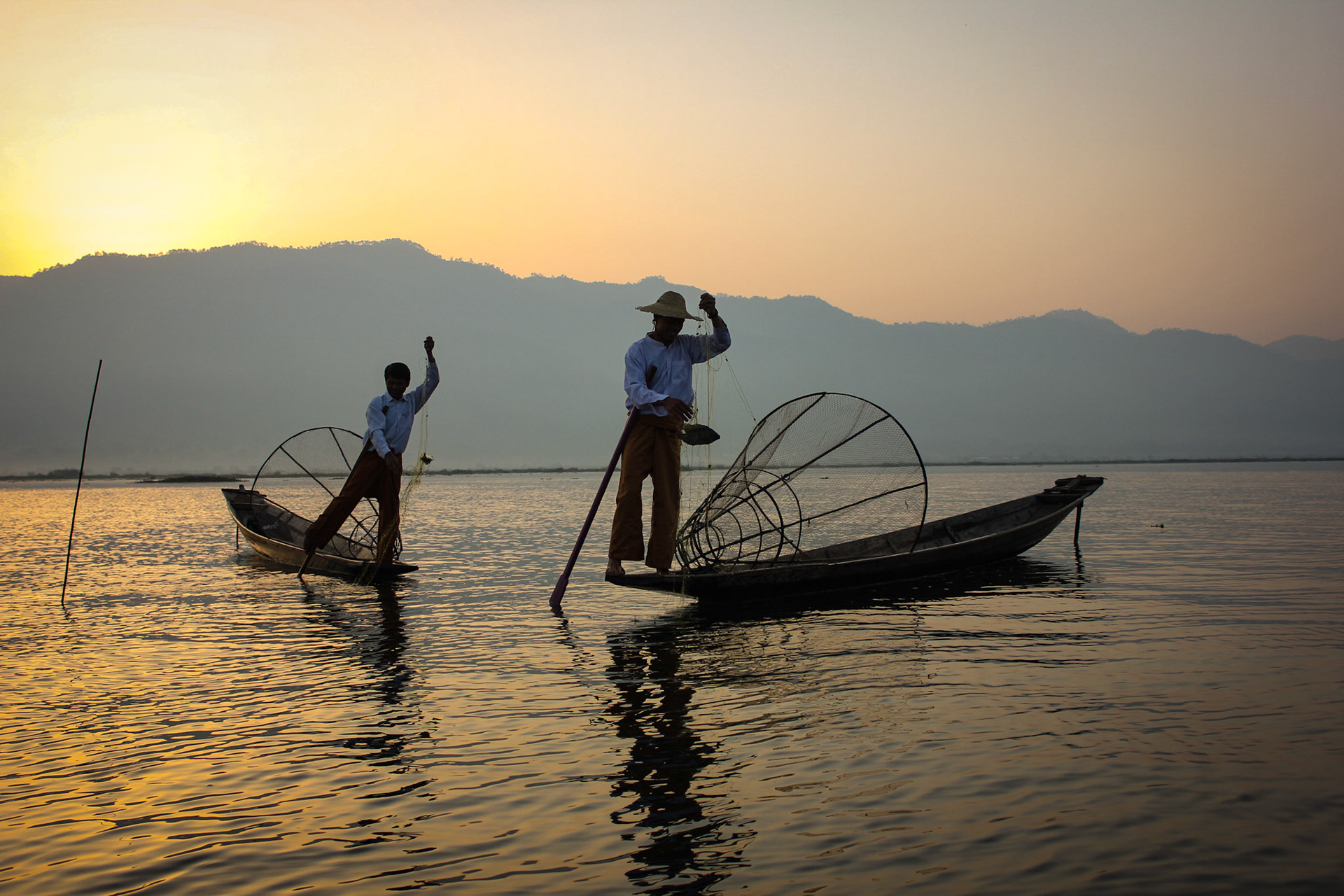
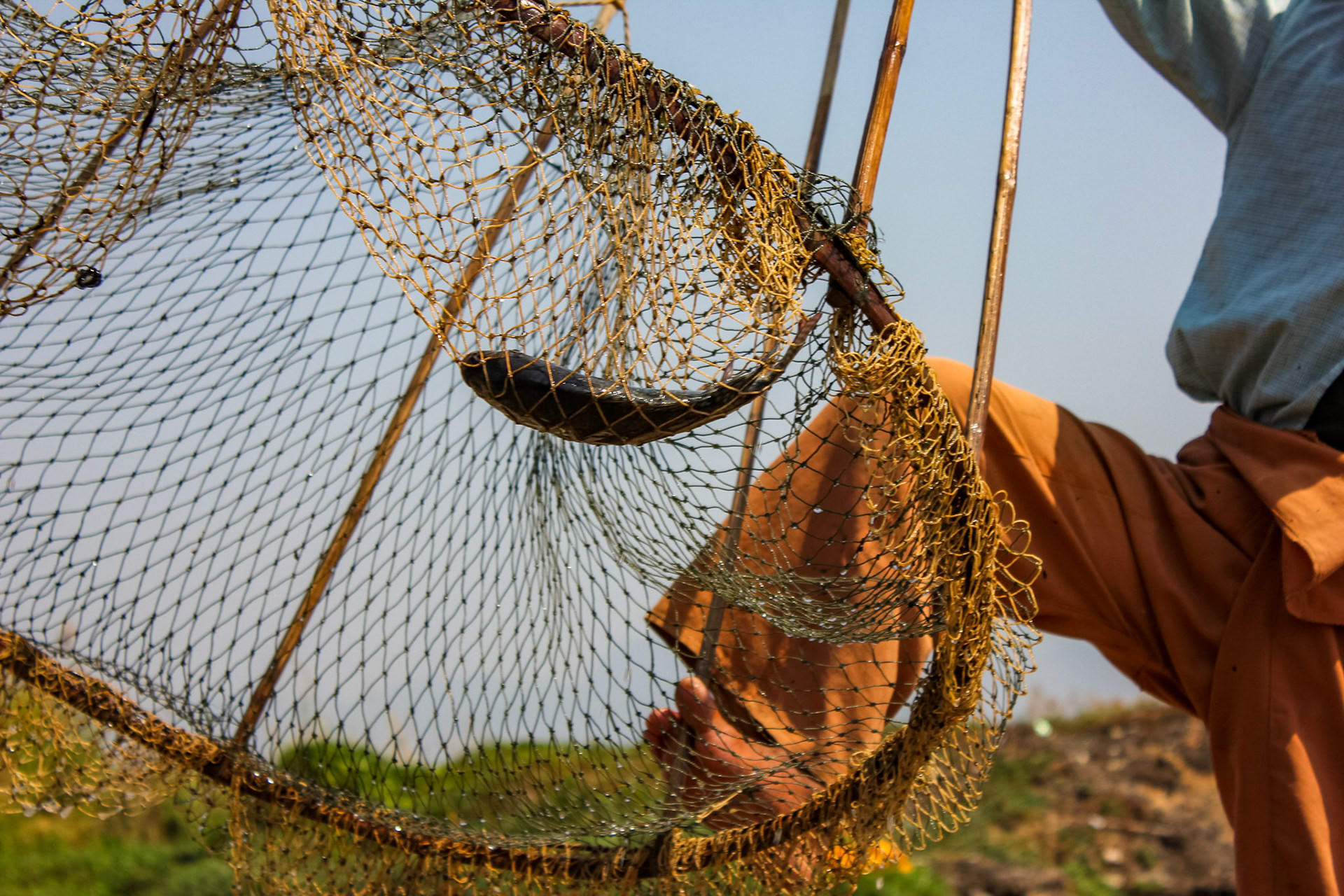
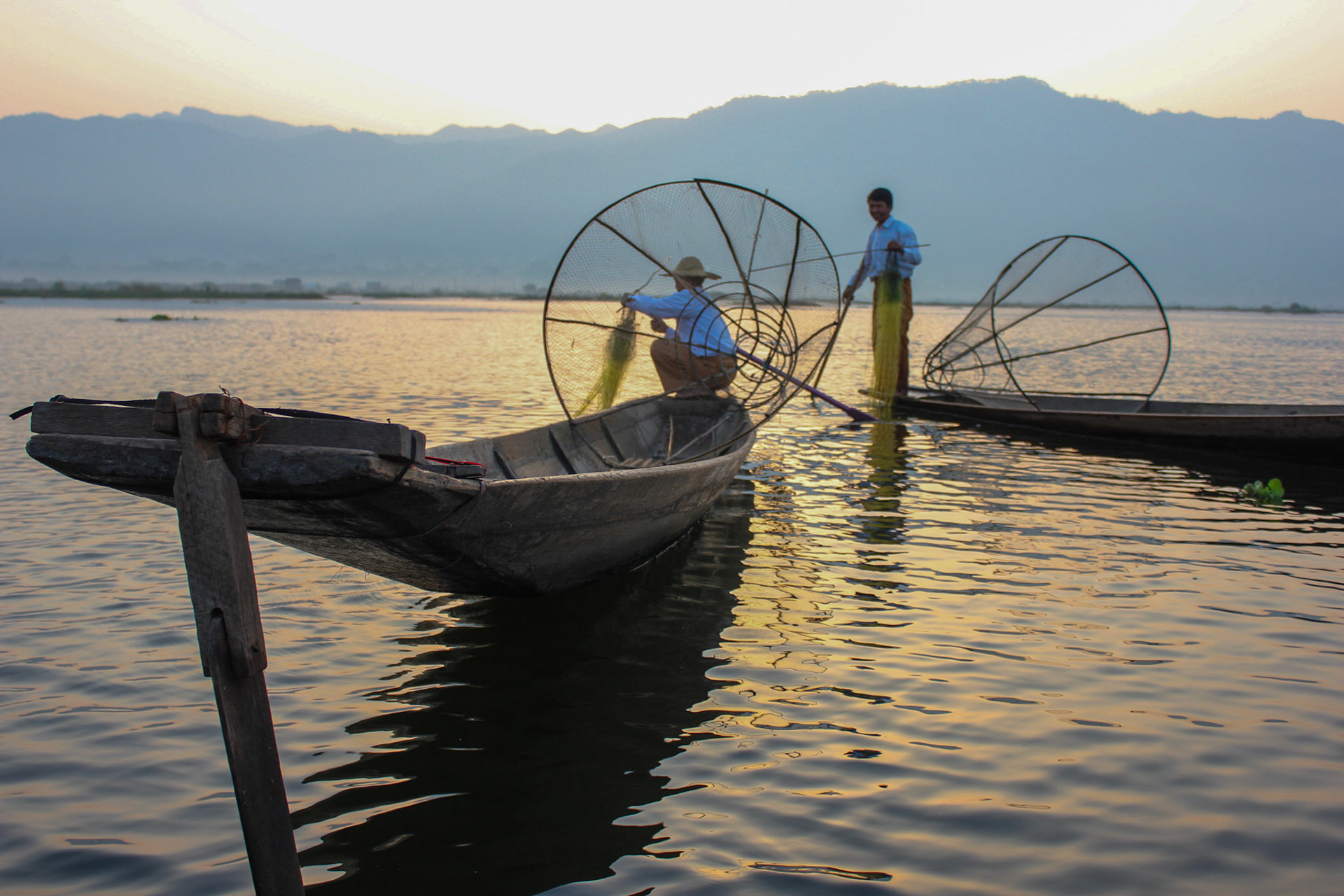
I then watched as they cast a drift net out between two boats and slowly moved across the lake, forming a much wider barrier. Within minutes they pulled the net back in and produced two carp.
The diverse people of Inle
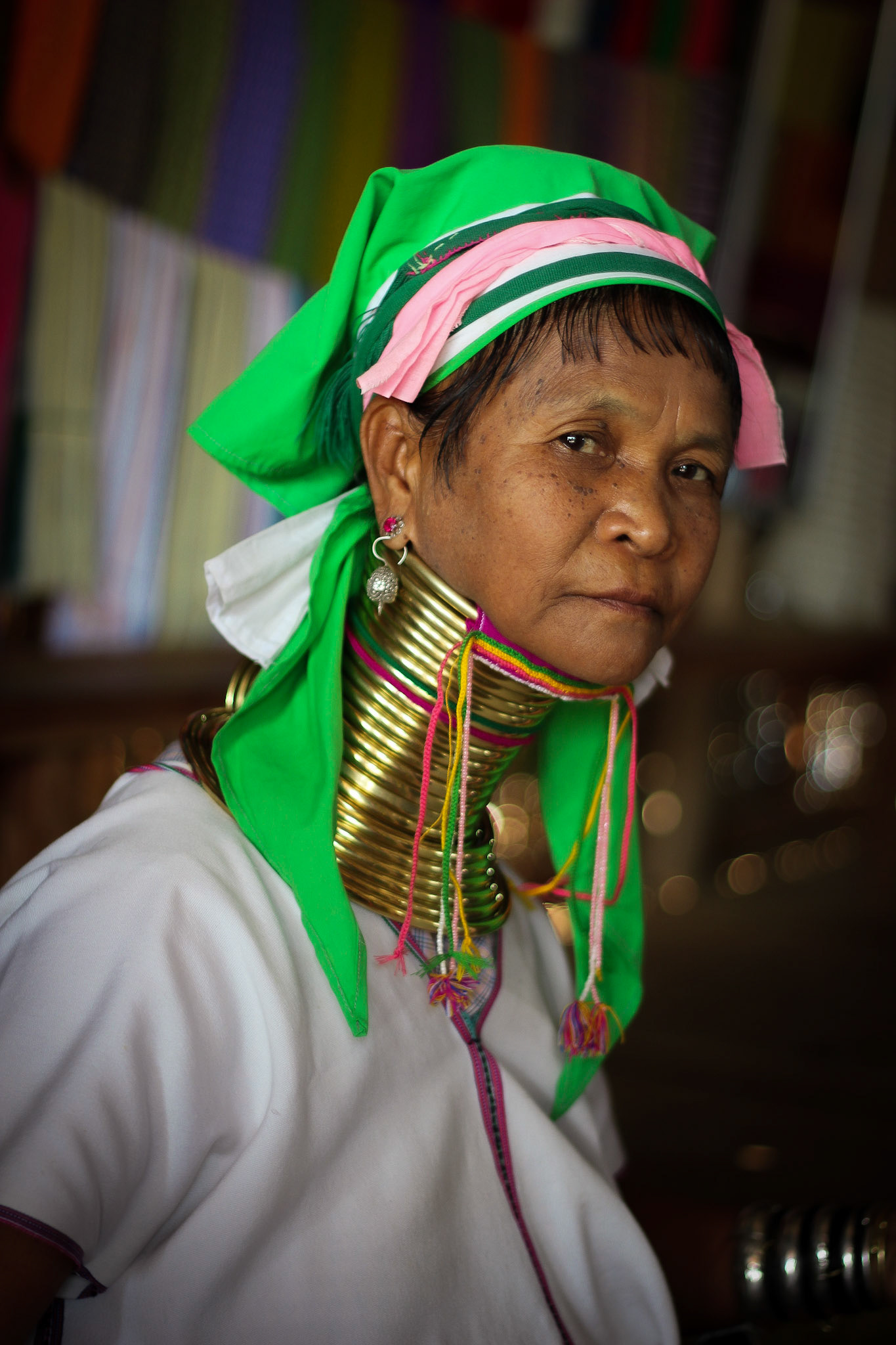
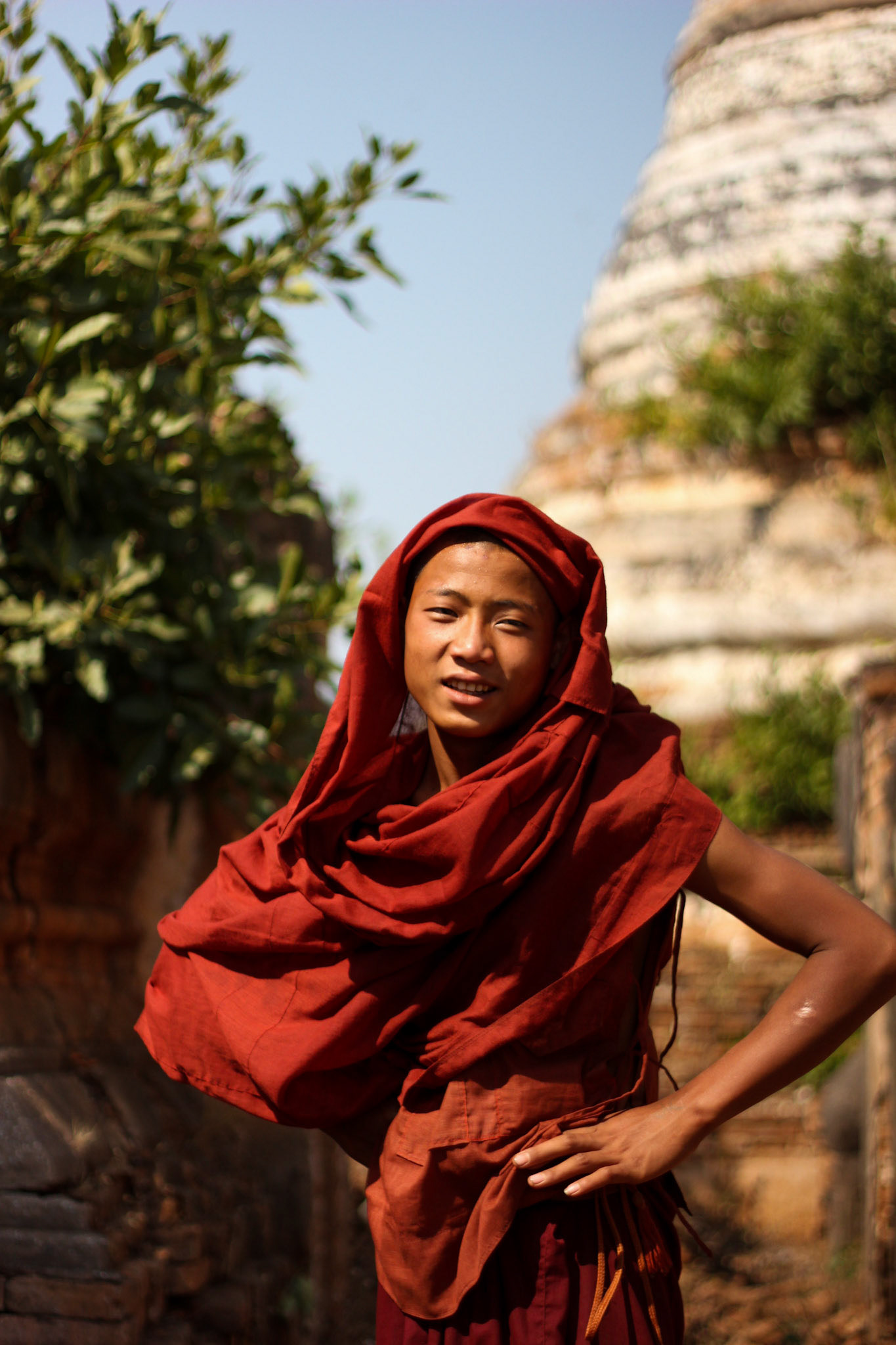
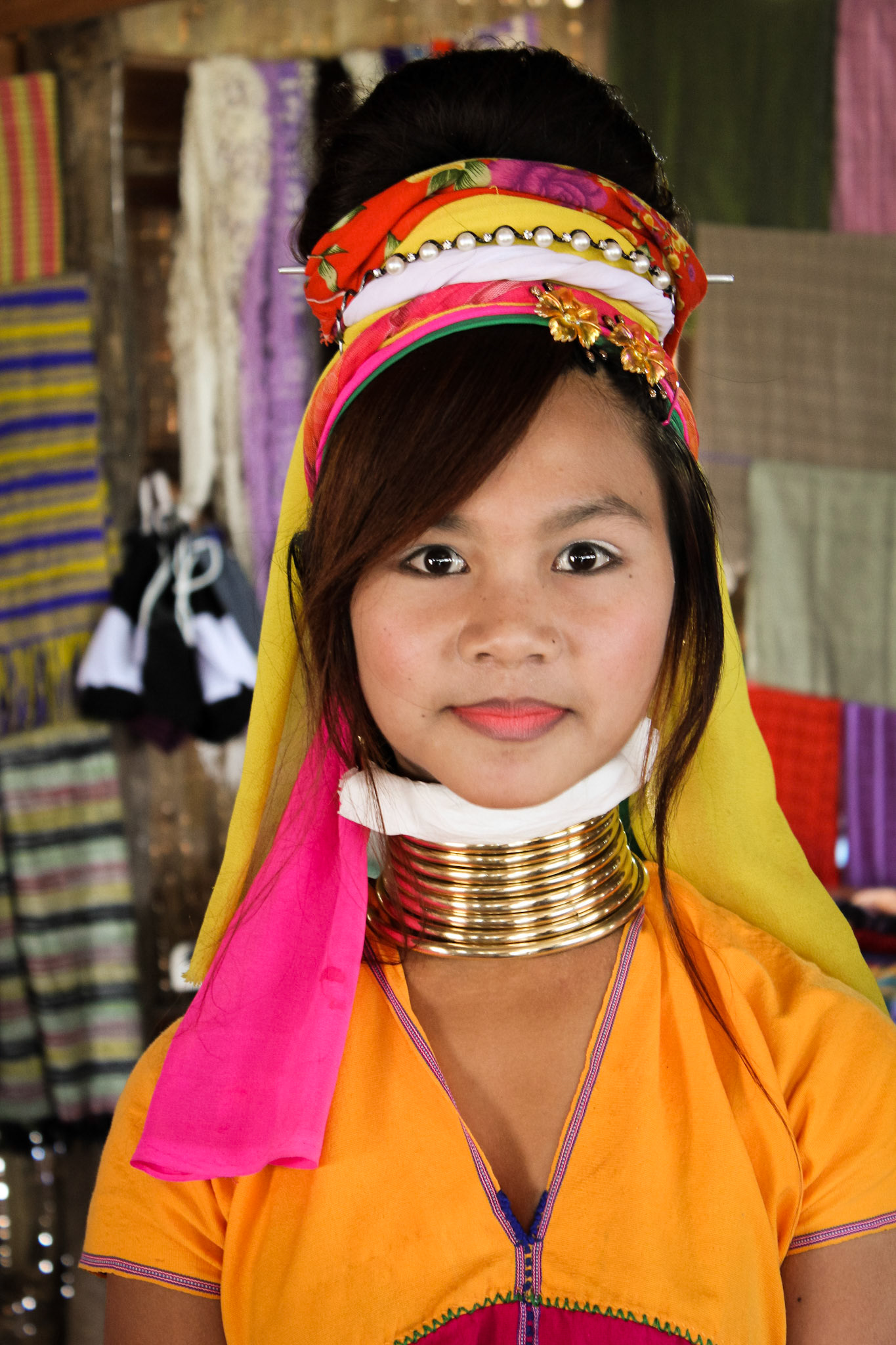
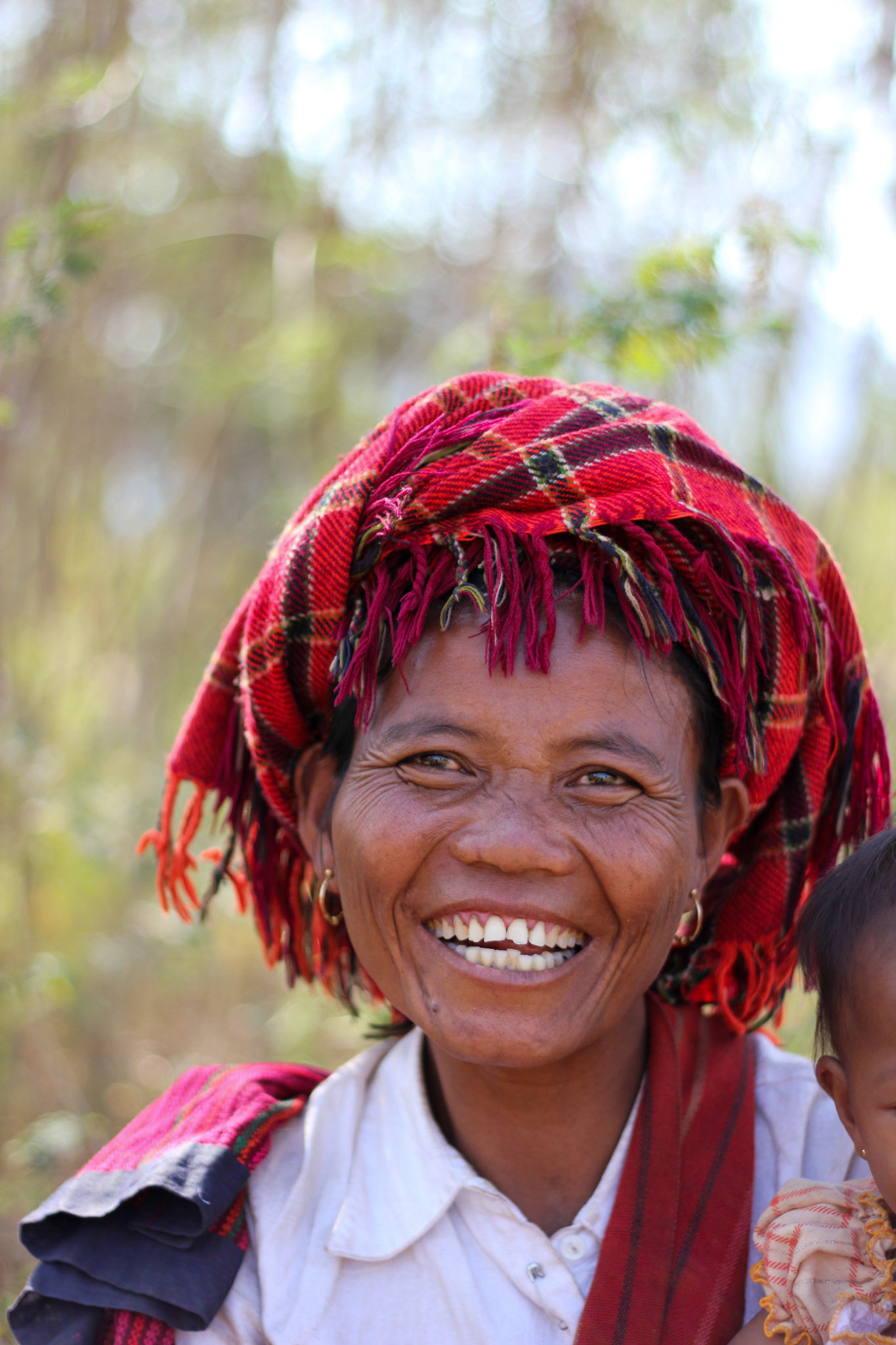
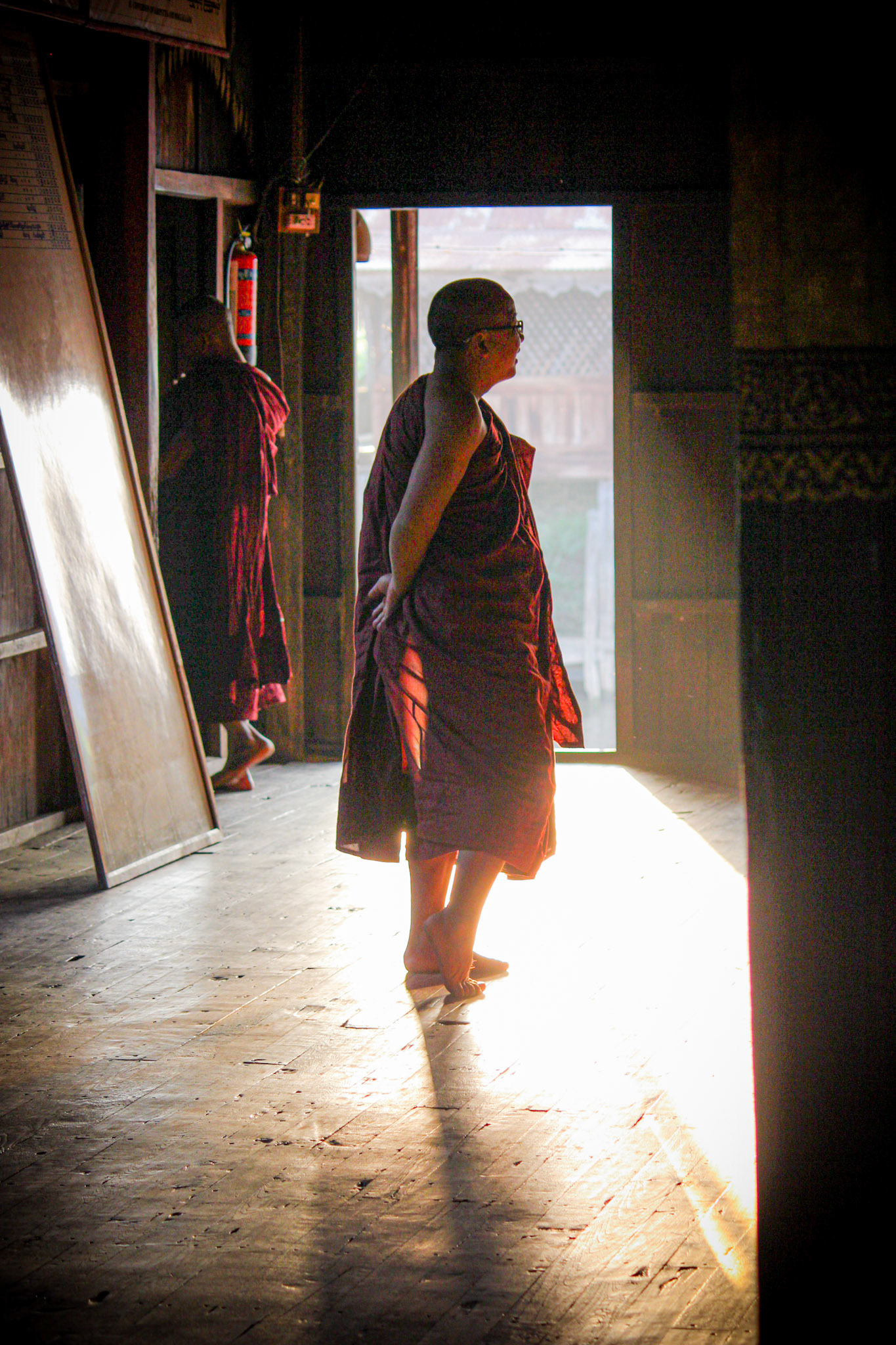
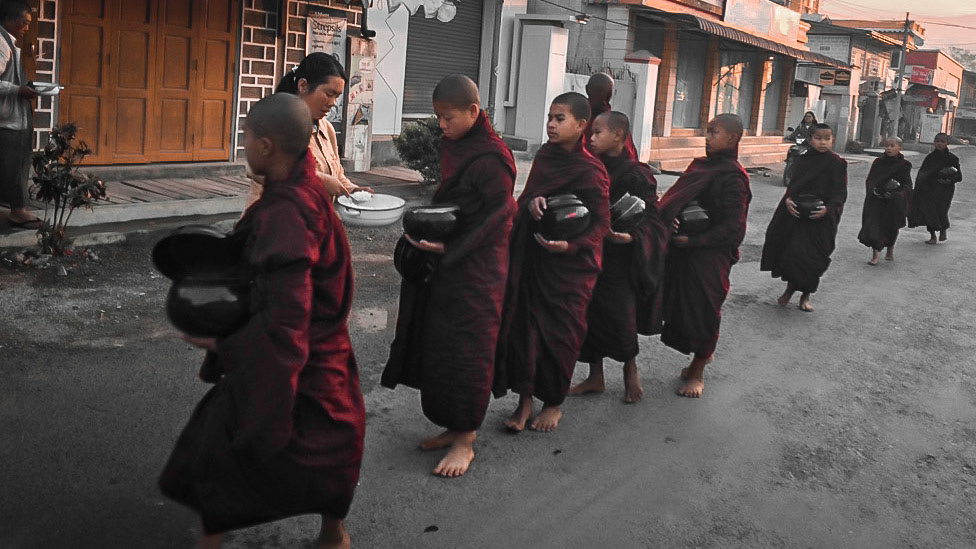
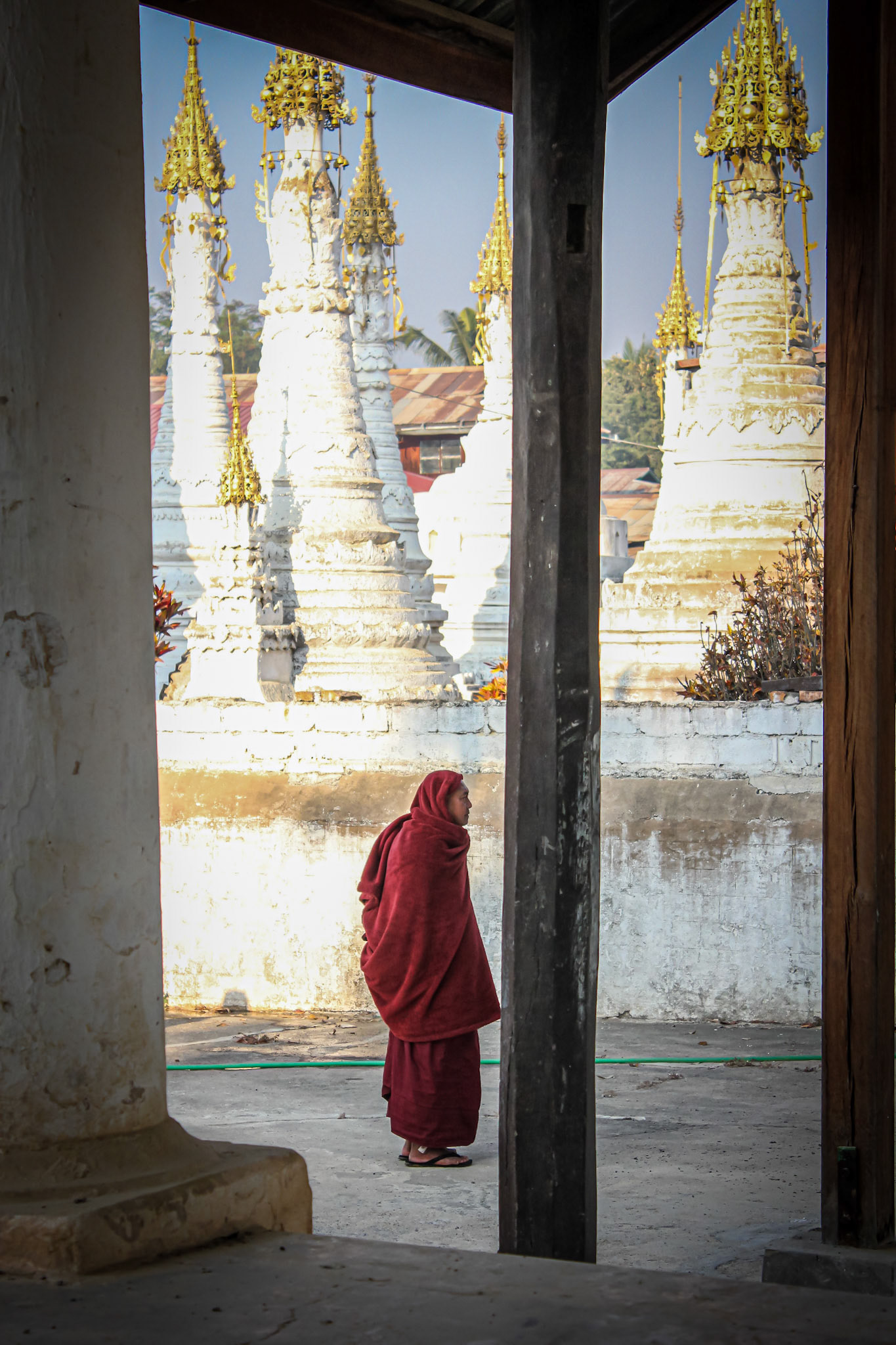
The secret village of Inn Dain is lesser known part of the lake and almost inaccessible at certain times of the year, that it's not mentioned in the tourist books, or shown on the local maps.
Like a secret treasure trail passed on by word of mouth, I only learnt about this magical place by talking to a backpacker whilst waiting for a water taxi from the hotel entrance. He was leaving the lake for the next part of his adventure, and I happened to ask him what was his highlight of Inle.
It was like I'd asked the magic question. He played some photos of stupas on his camera still flung around his neck, and pointed to my map where they were located. In spite of the fact they were virtually the furthermost end of the lake, I just knew I had to visit them, and my hunt was on.
The village and pagodas are reached by boat via a twisting canal from Ywama, which is not accessible during the dry season, as the water is too shallow. My first attempt to visit was cut short, as the water taxi driver refused to proceed any further, stopping at a restaurant on stilts instead and suggesting I ate. The food was delicious and worth the recommendation but I was bitterly disappointed not to make it to Inn Dain when he told me he would take me back to the hotel and was unable to finish the journey. I felt taken advantage of as he was reneging on his word.
With one day left on Inle I tried again the next morning, and again met resistance to be taken there questioning whether I really wanted to go. It's a long ride across the length of the lake, and a route not ventured by most tourists. But OMG it was worth the persistence.
Inn Dain Khone Village hosts over 1,000 pagodas dating back to 13th Century AD. But the original stupa was donated in 273 BC by King Siri Dhamma Swka. Crumbling. Weather beaten. Entwined with trees growing around and through them, I felt like I was exploring a film set from Indiana Jones, however this was for real. The backpacker's photographs had given me a taste of what I'd find, but nothing prepared me for its scale.
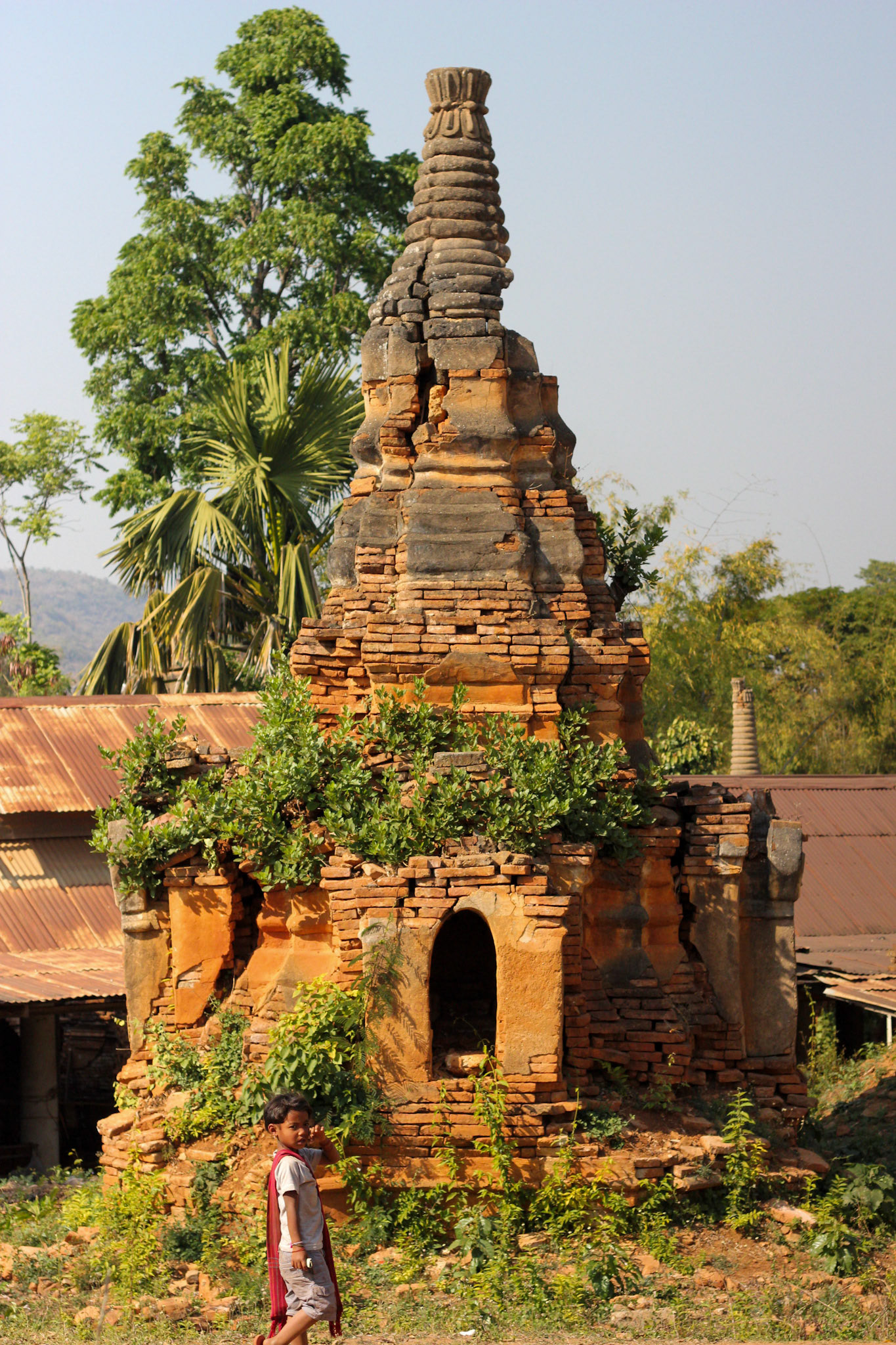
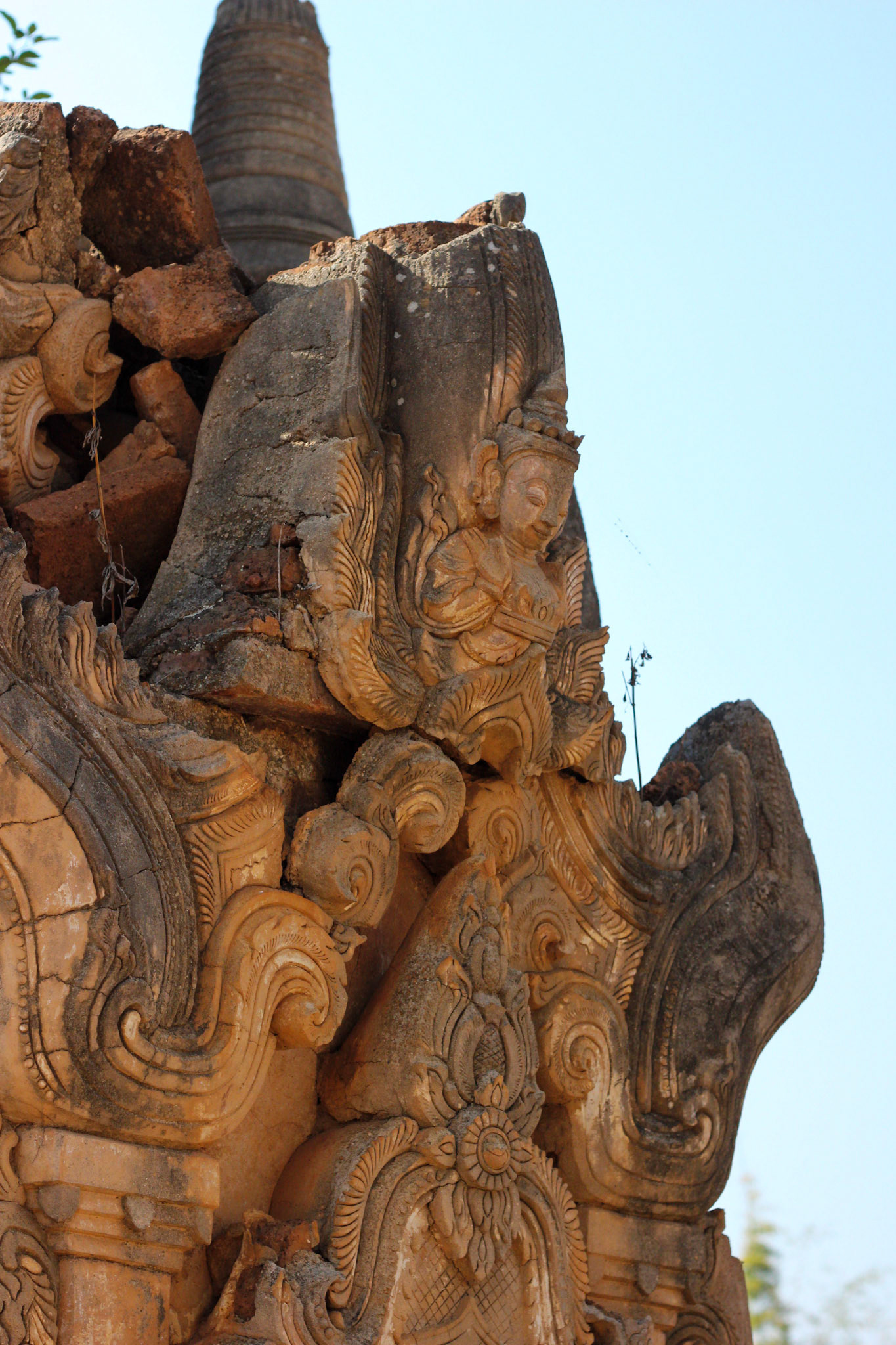
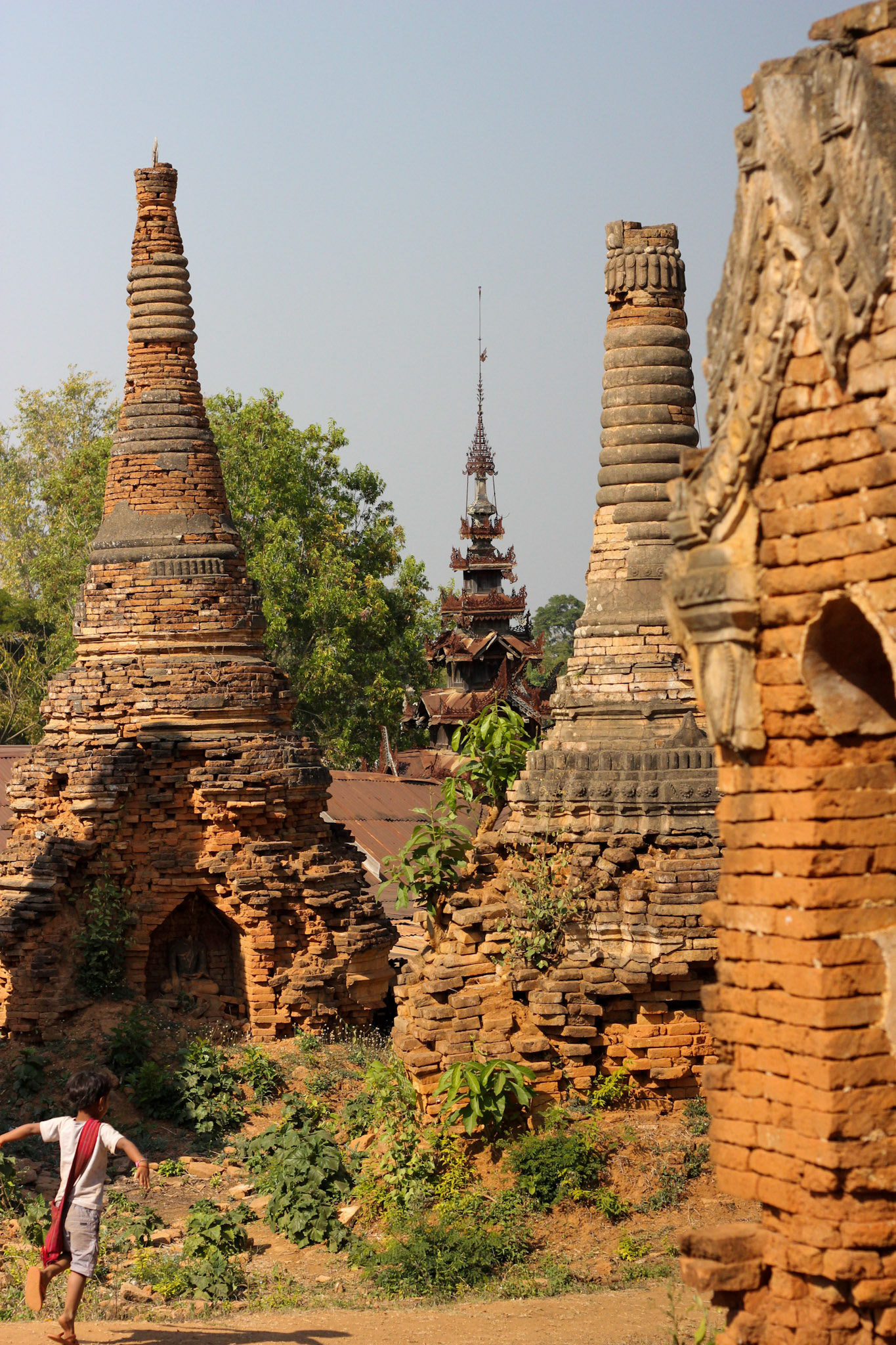
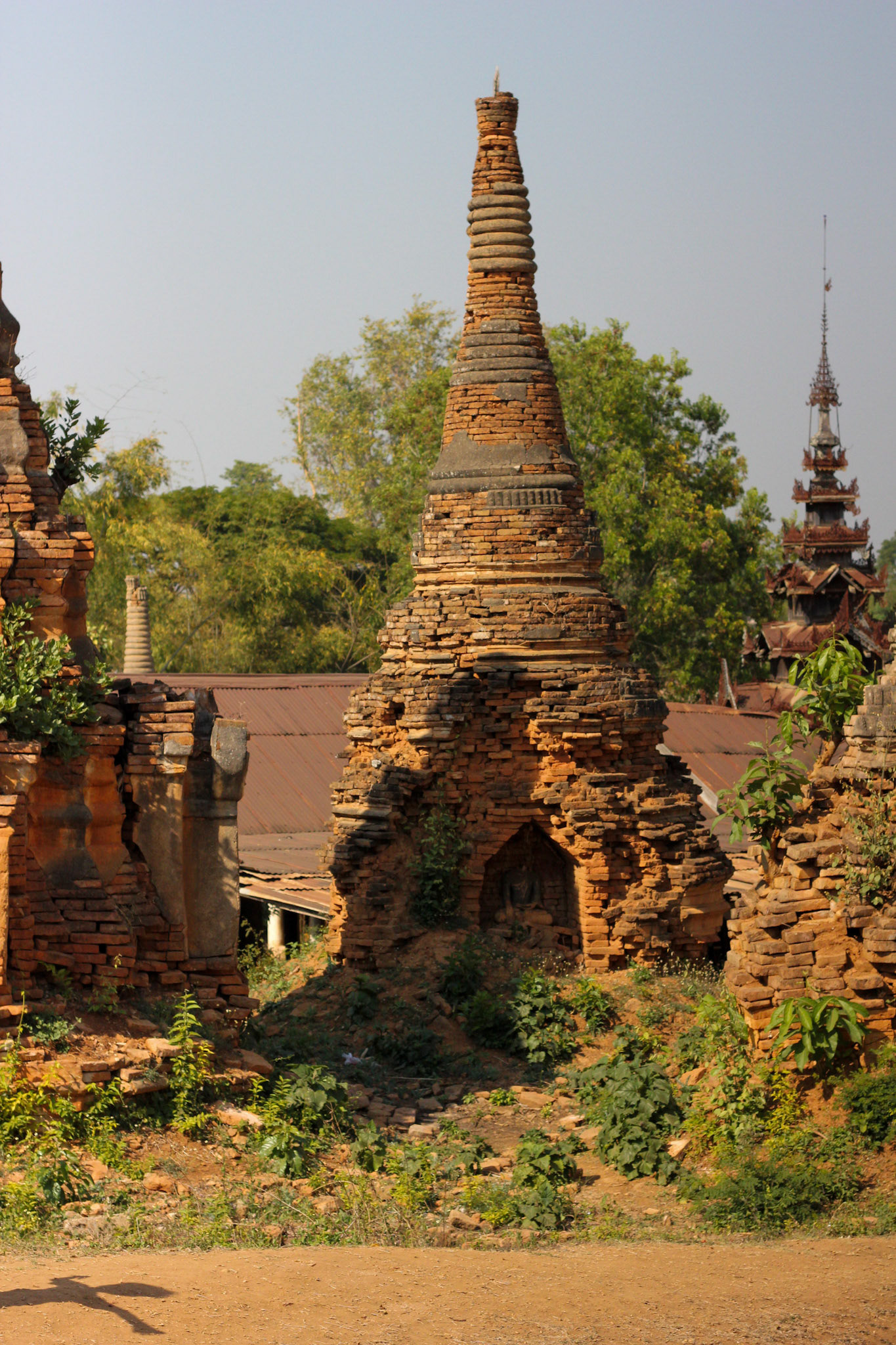
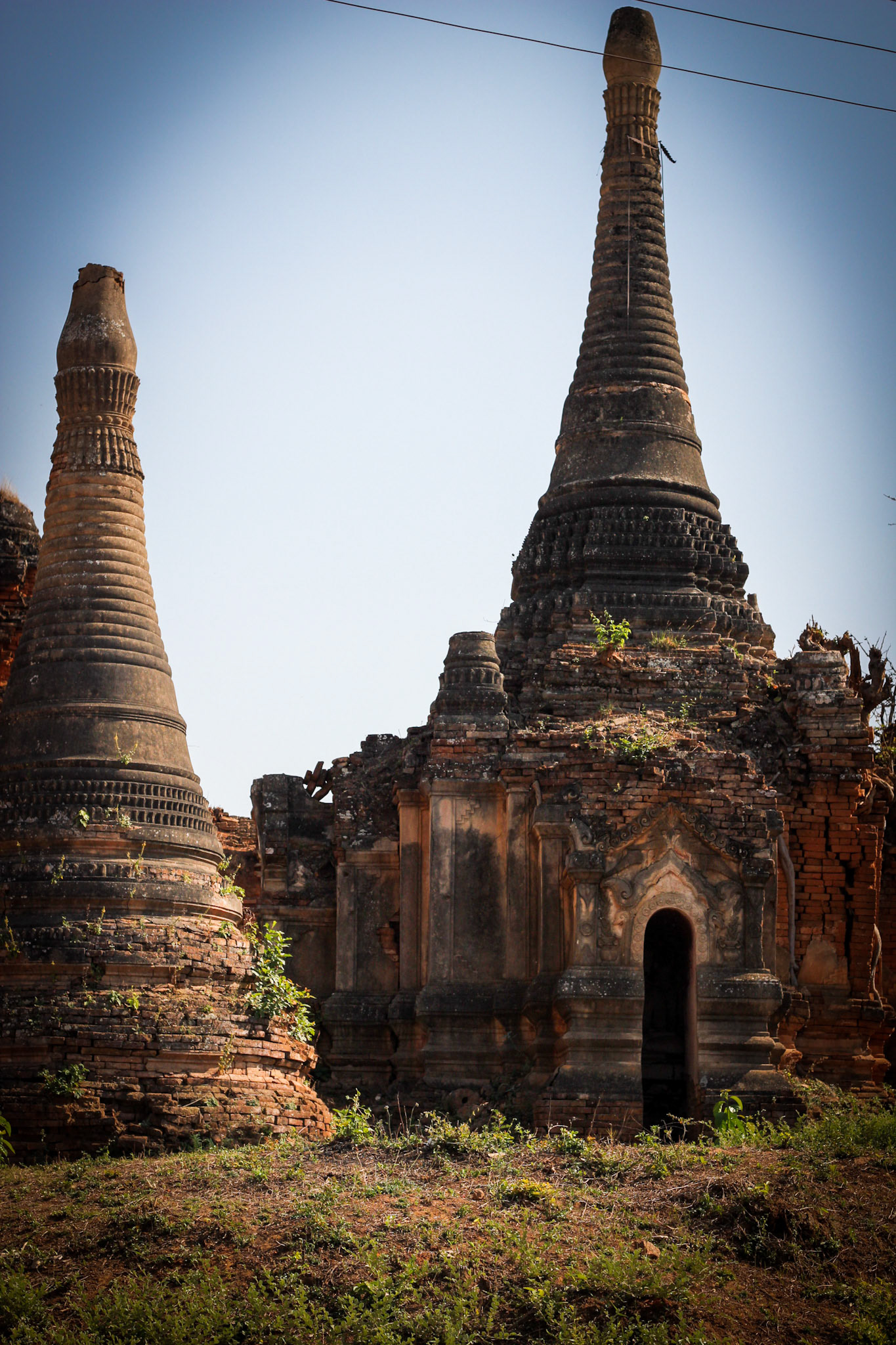
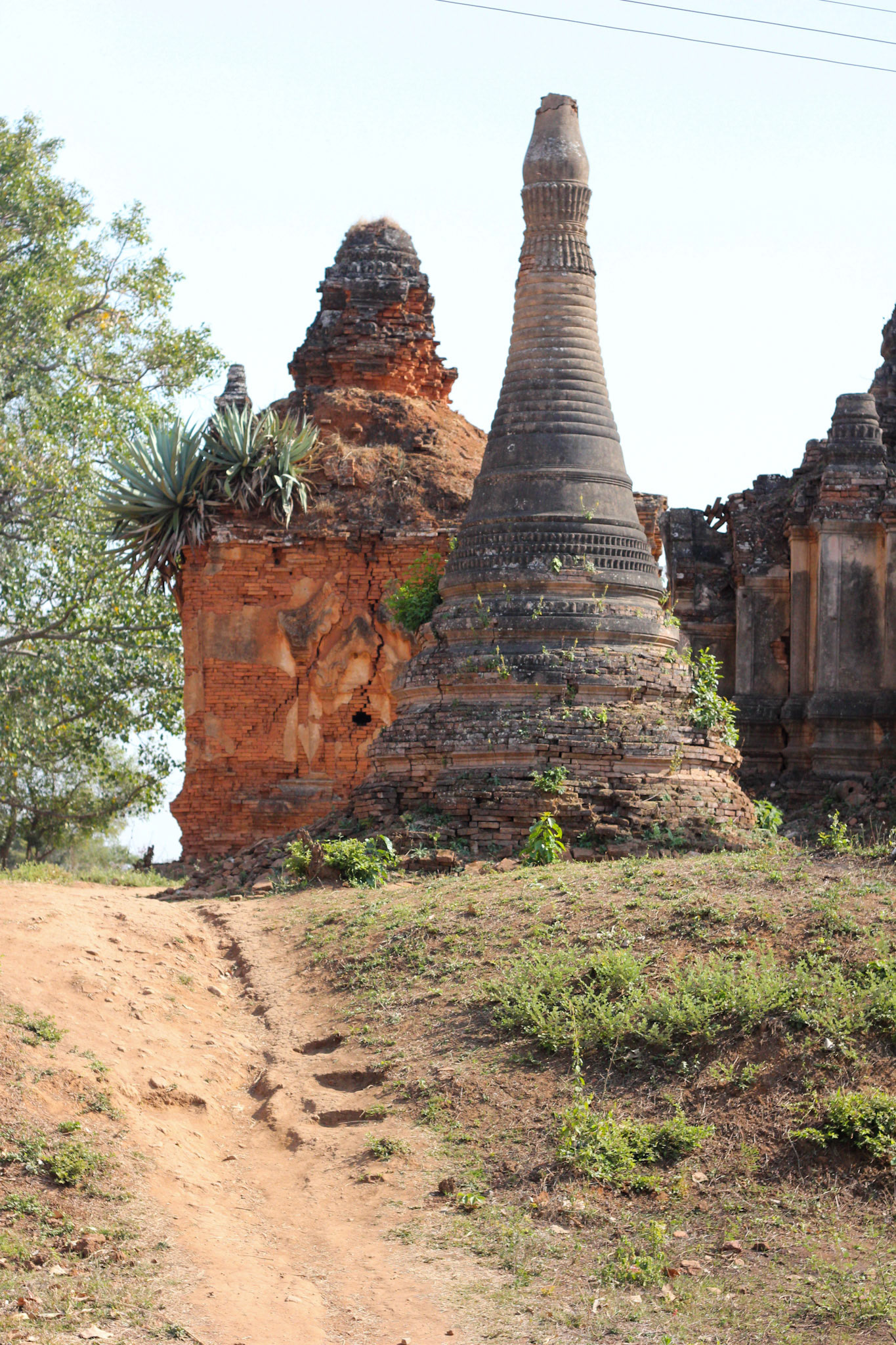
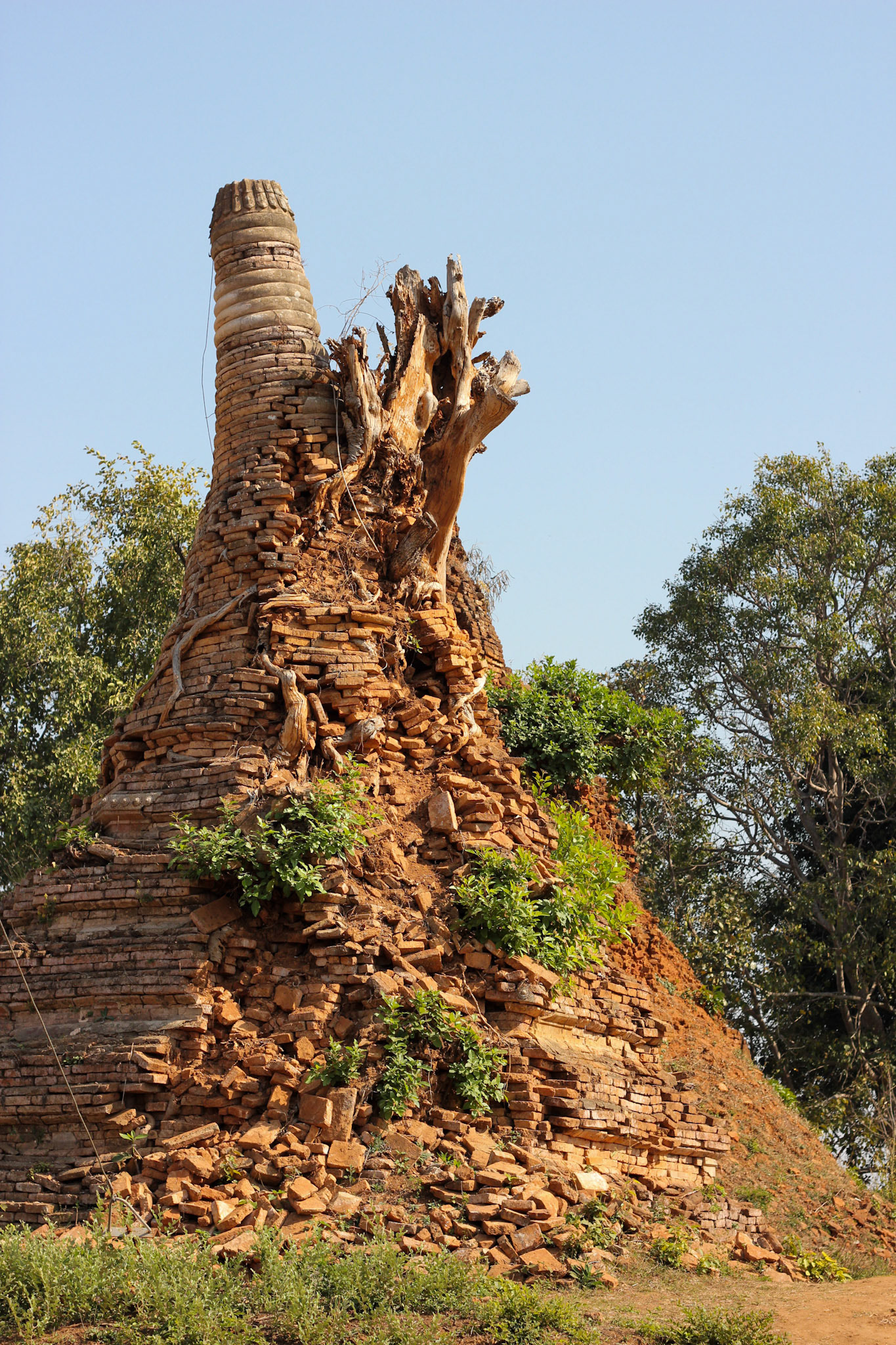
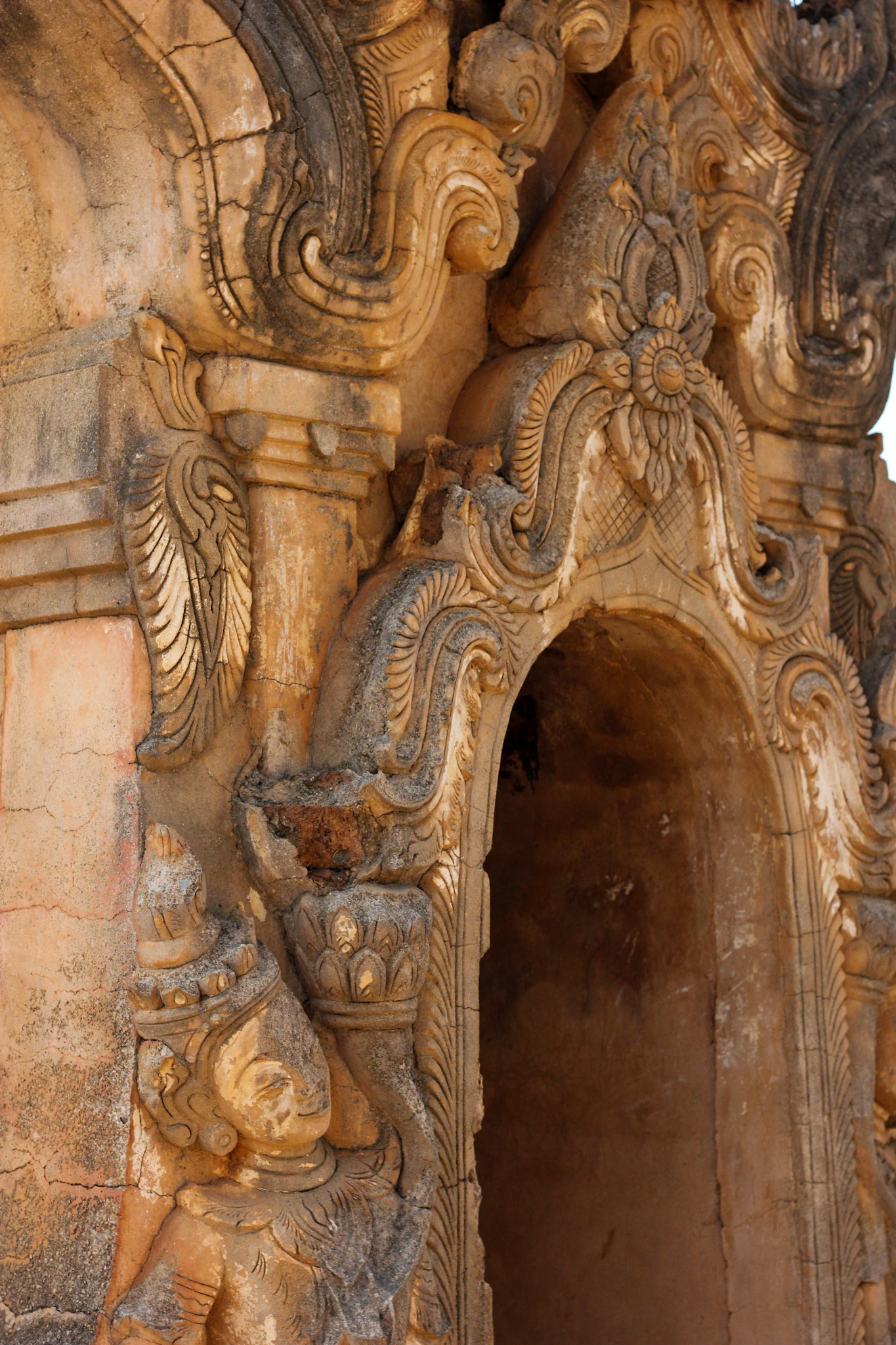
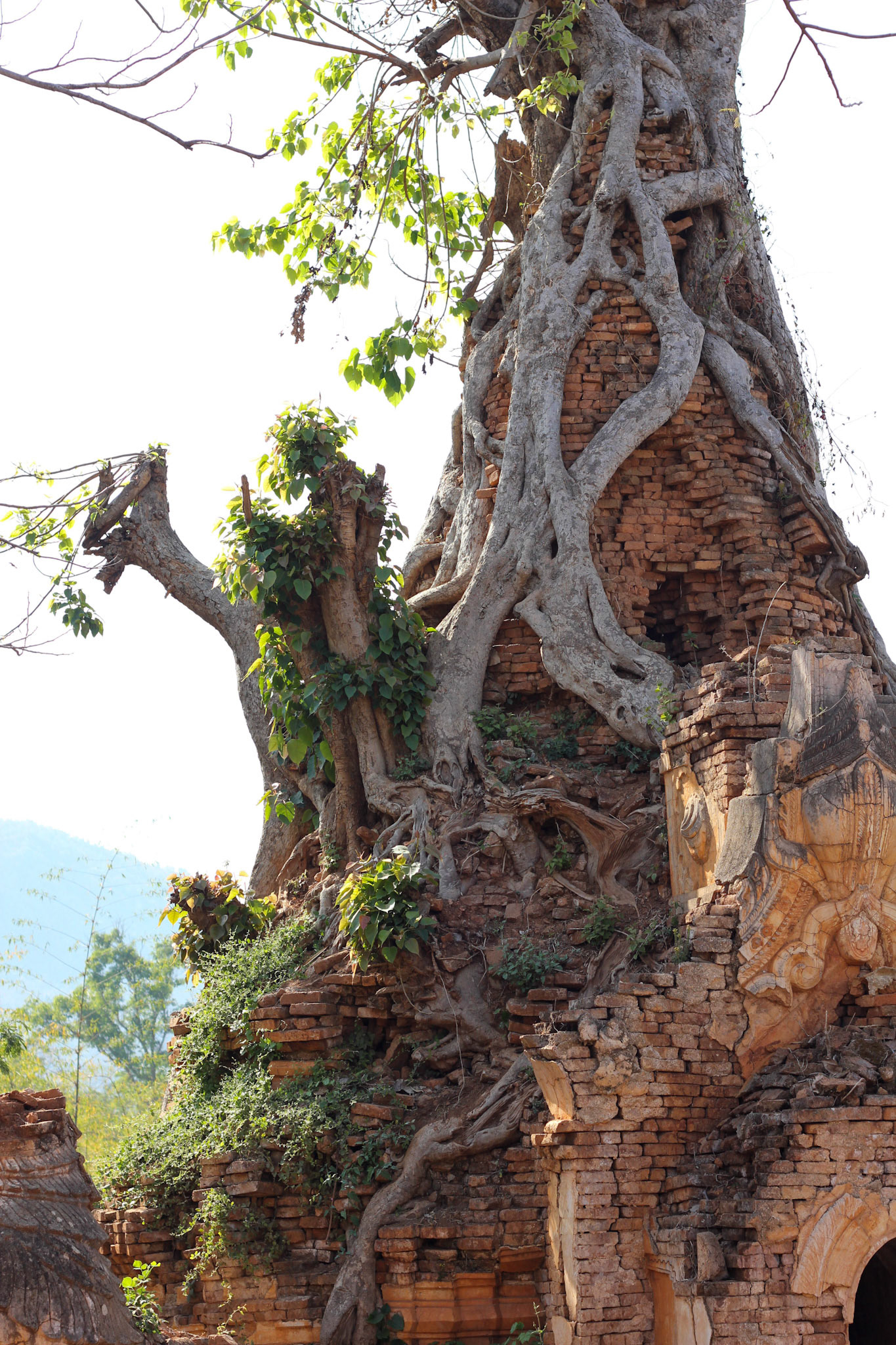
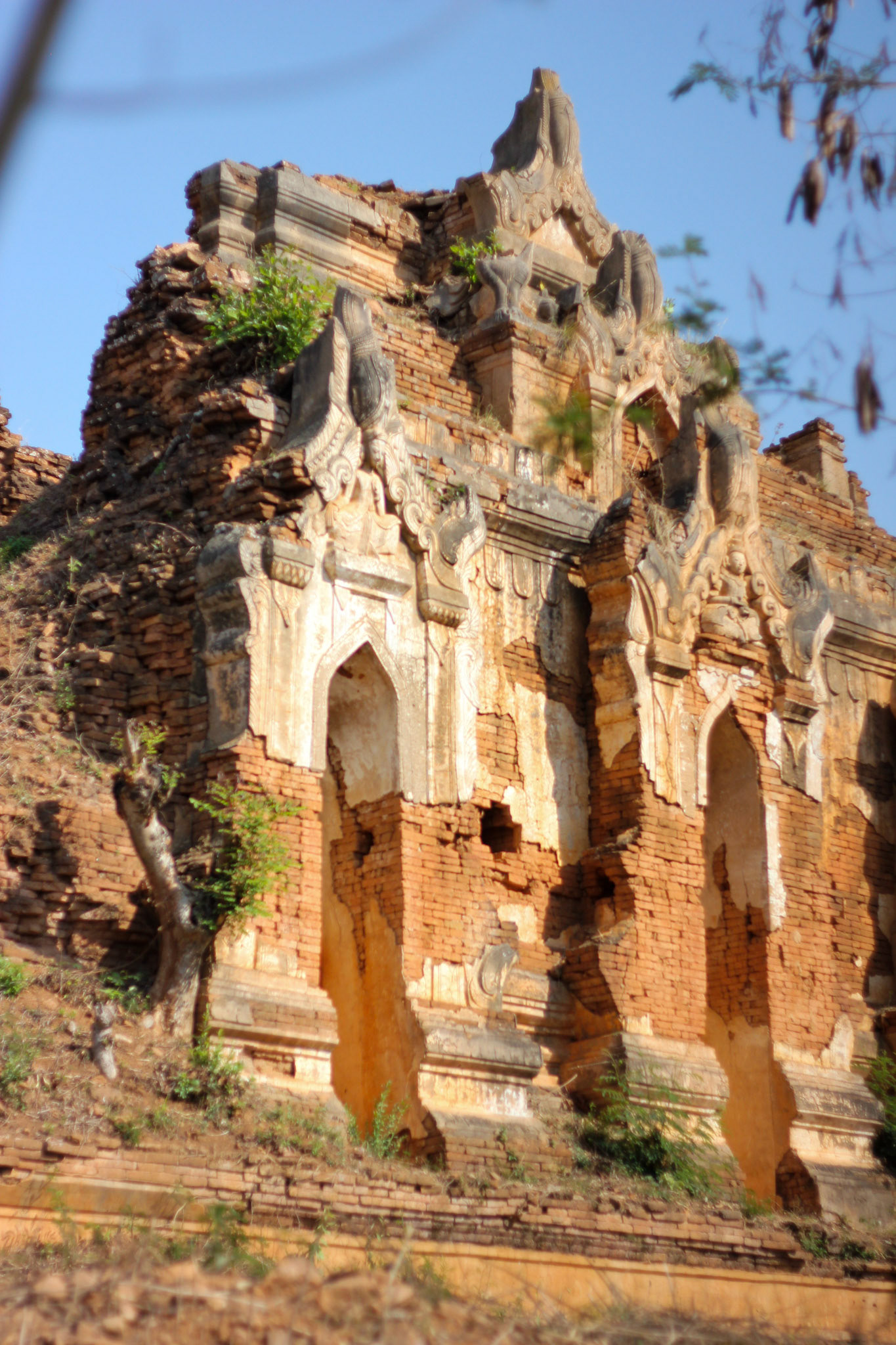
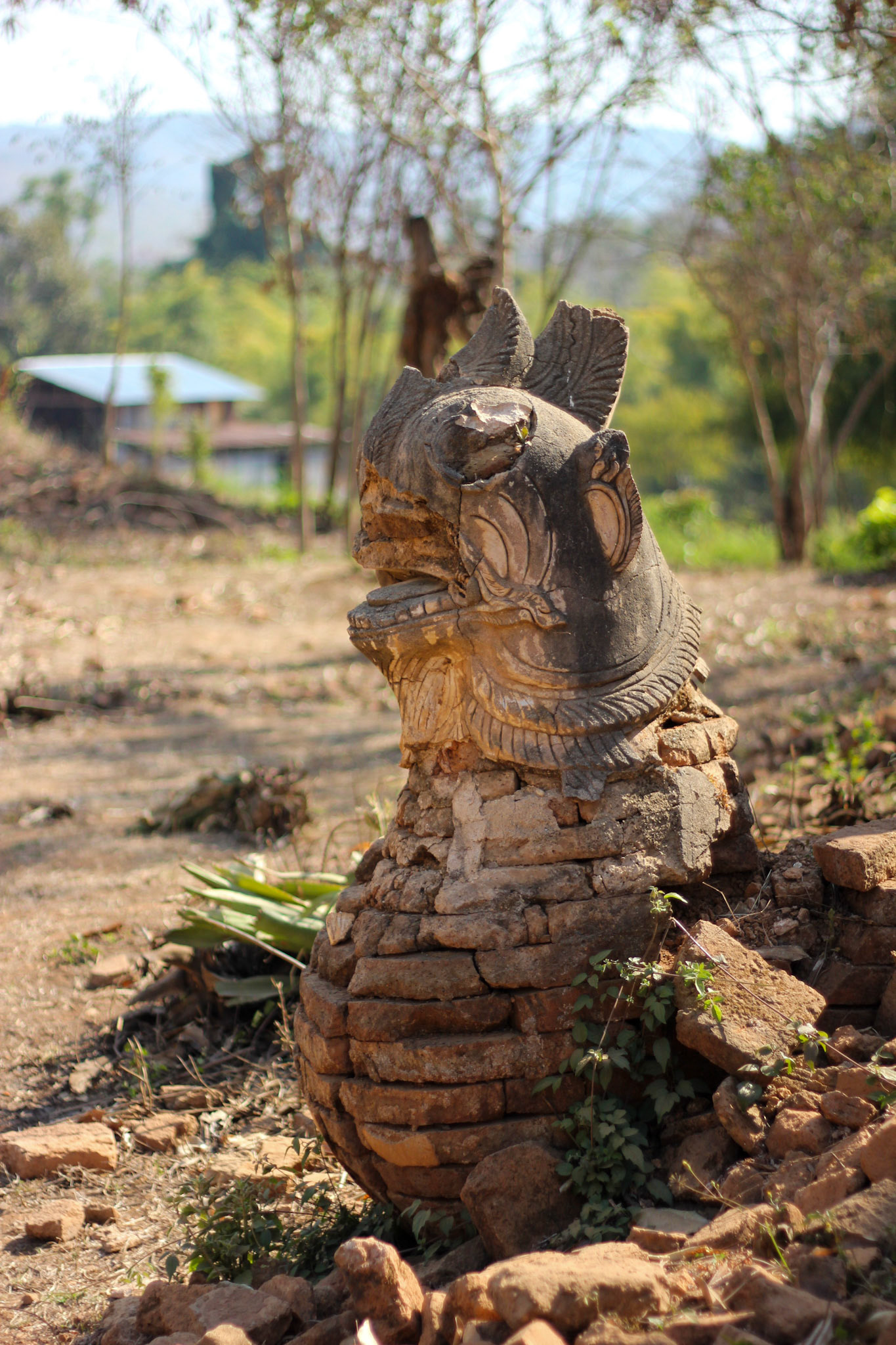
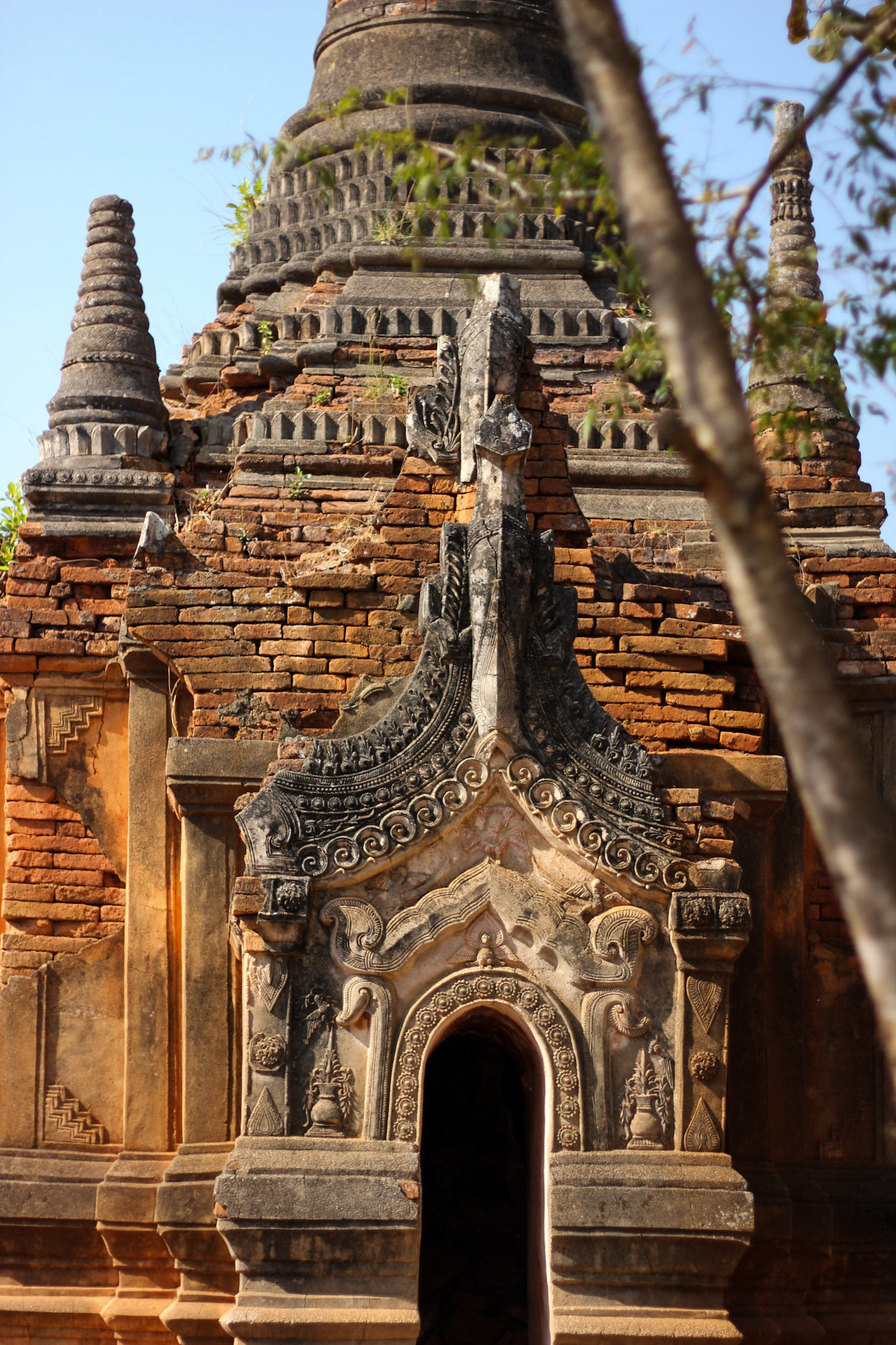
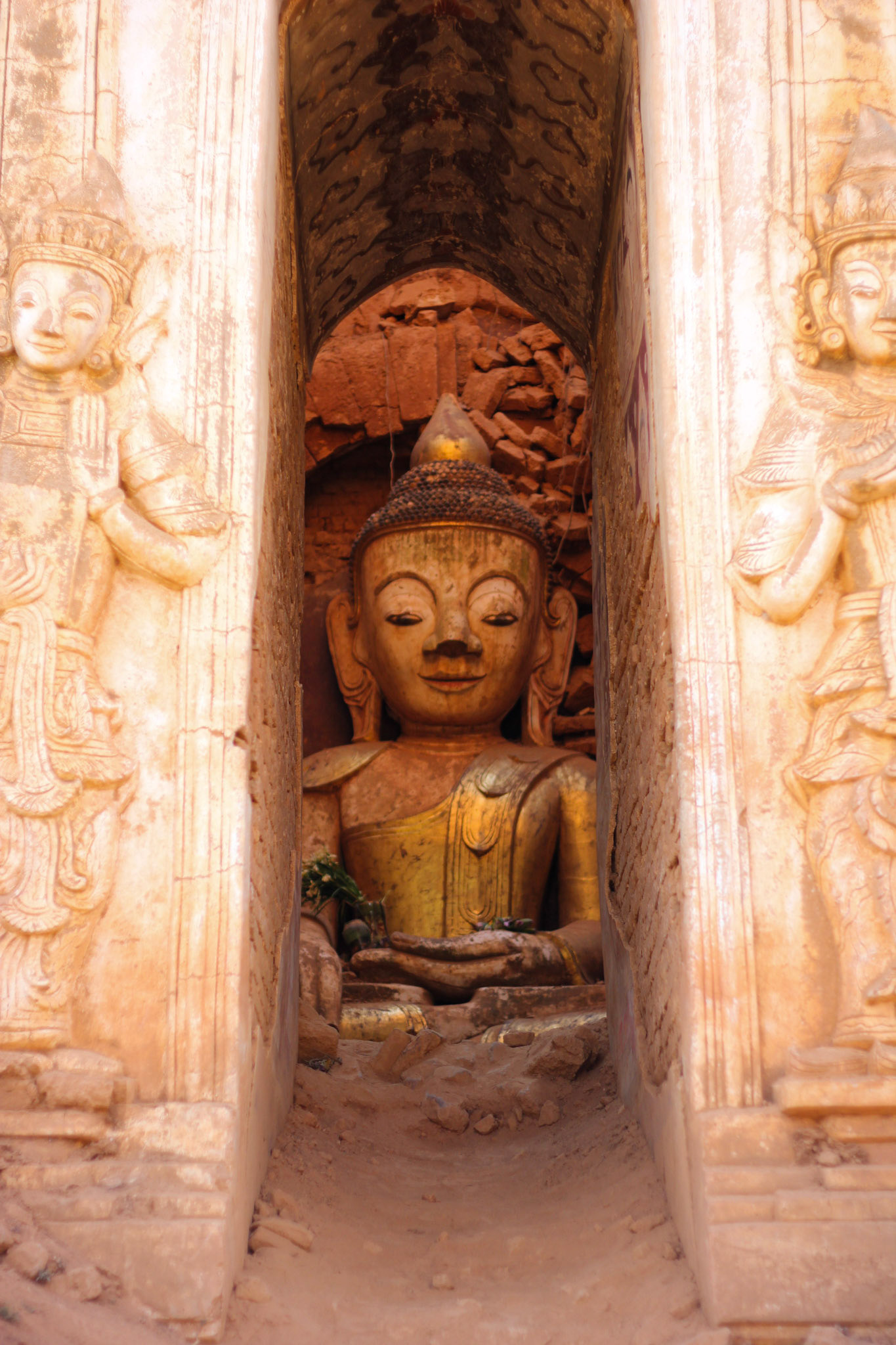
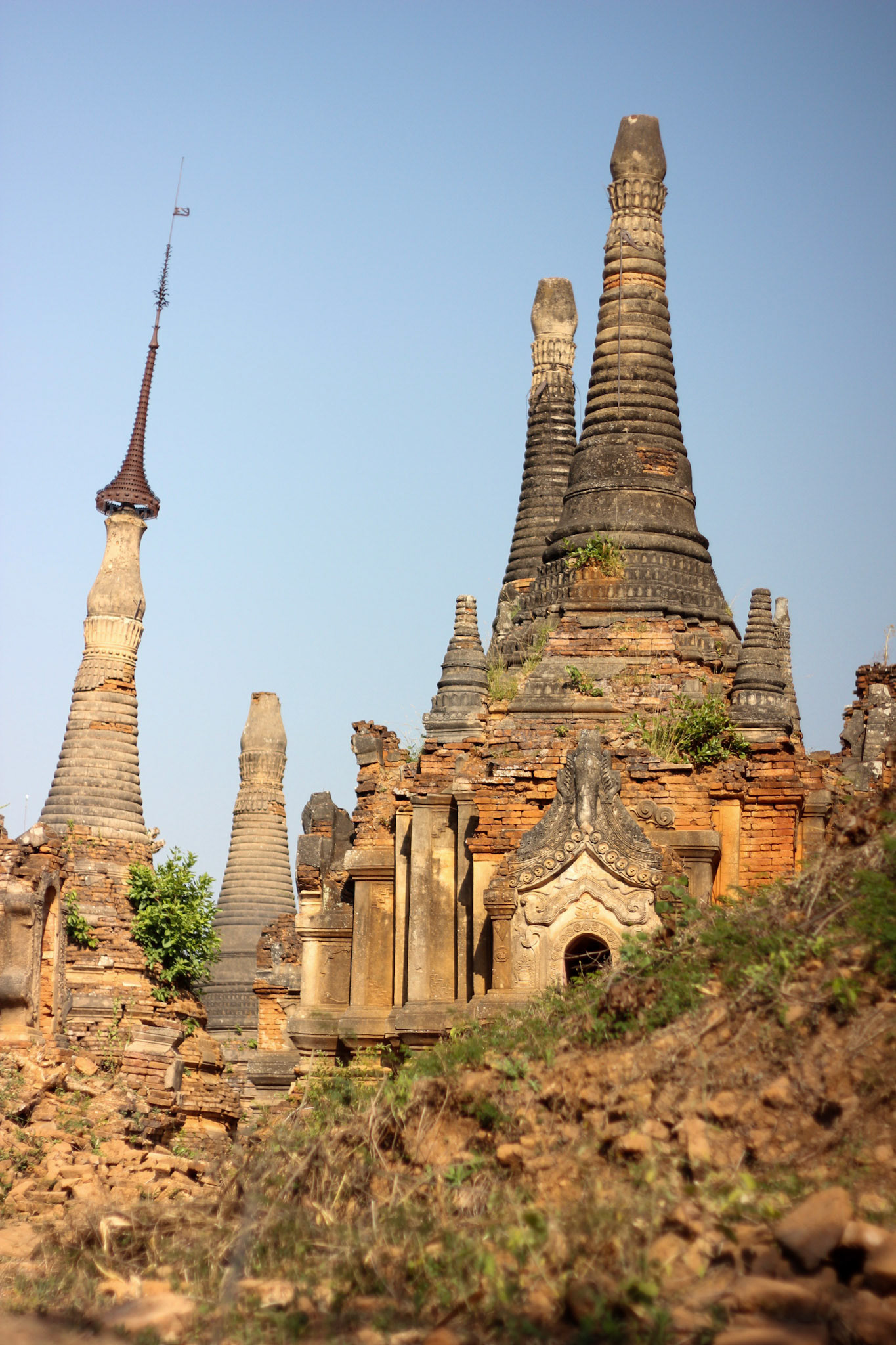
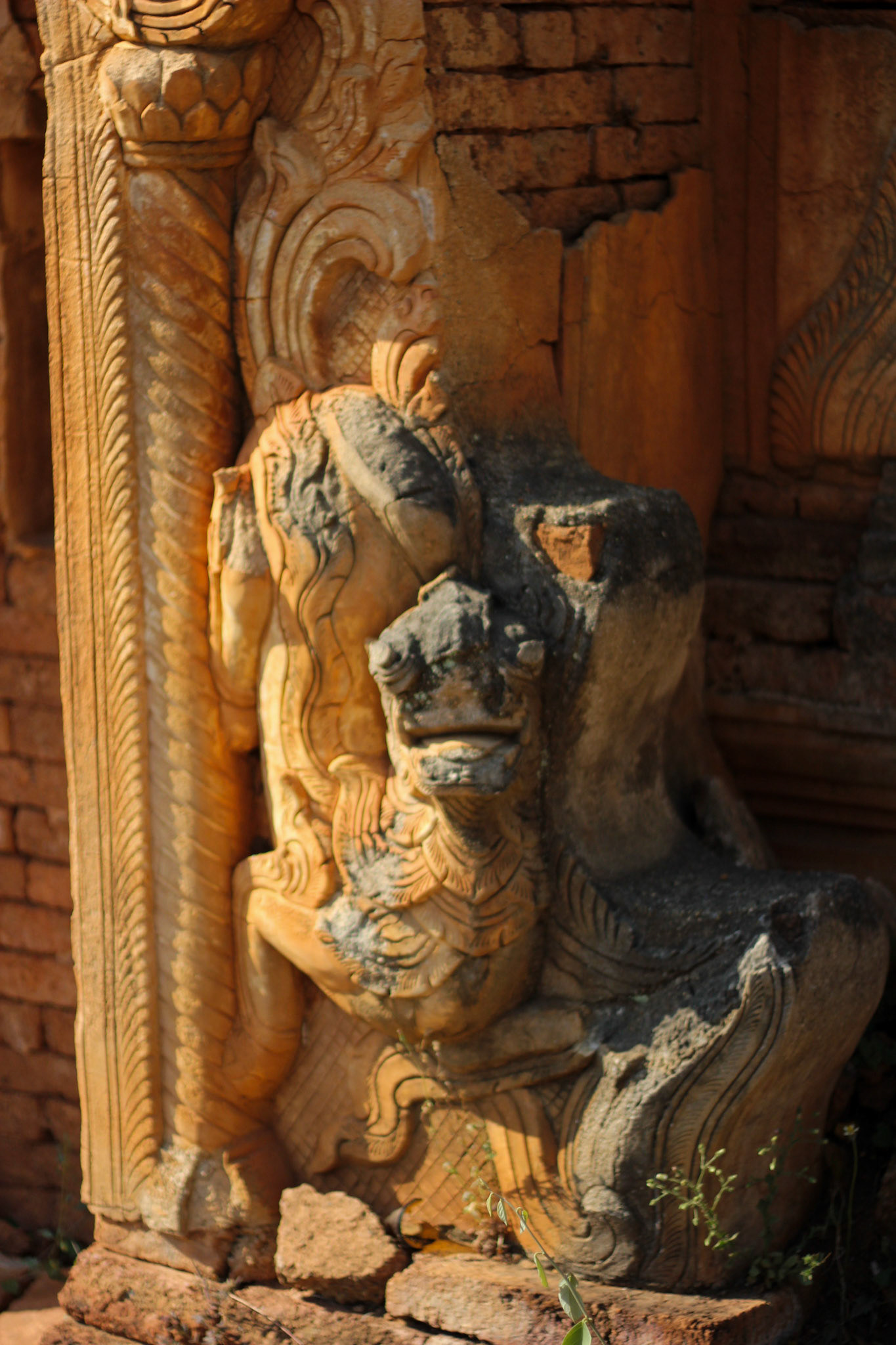
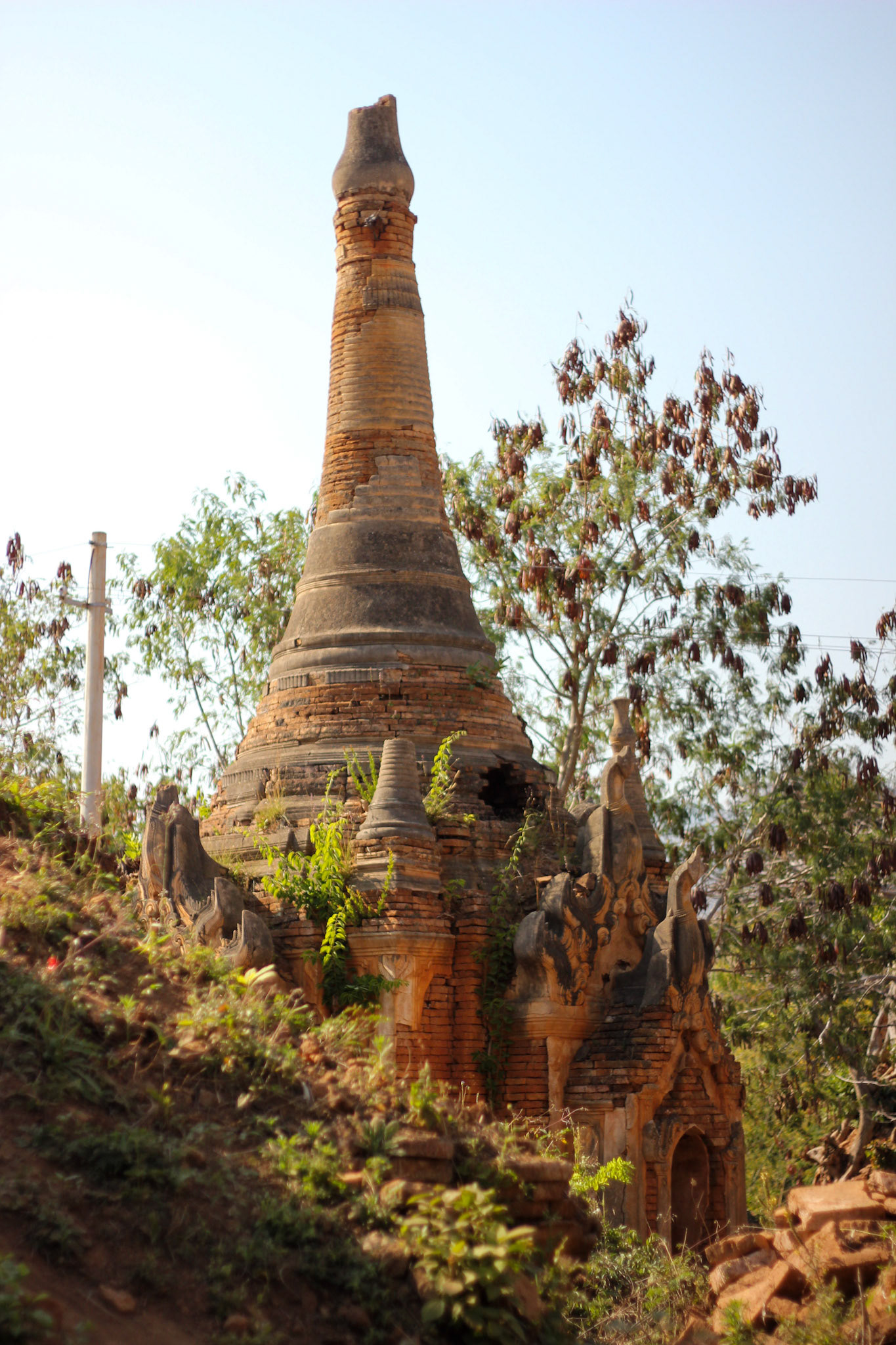
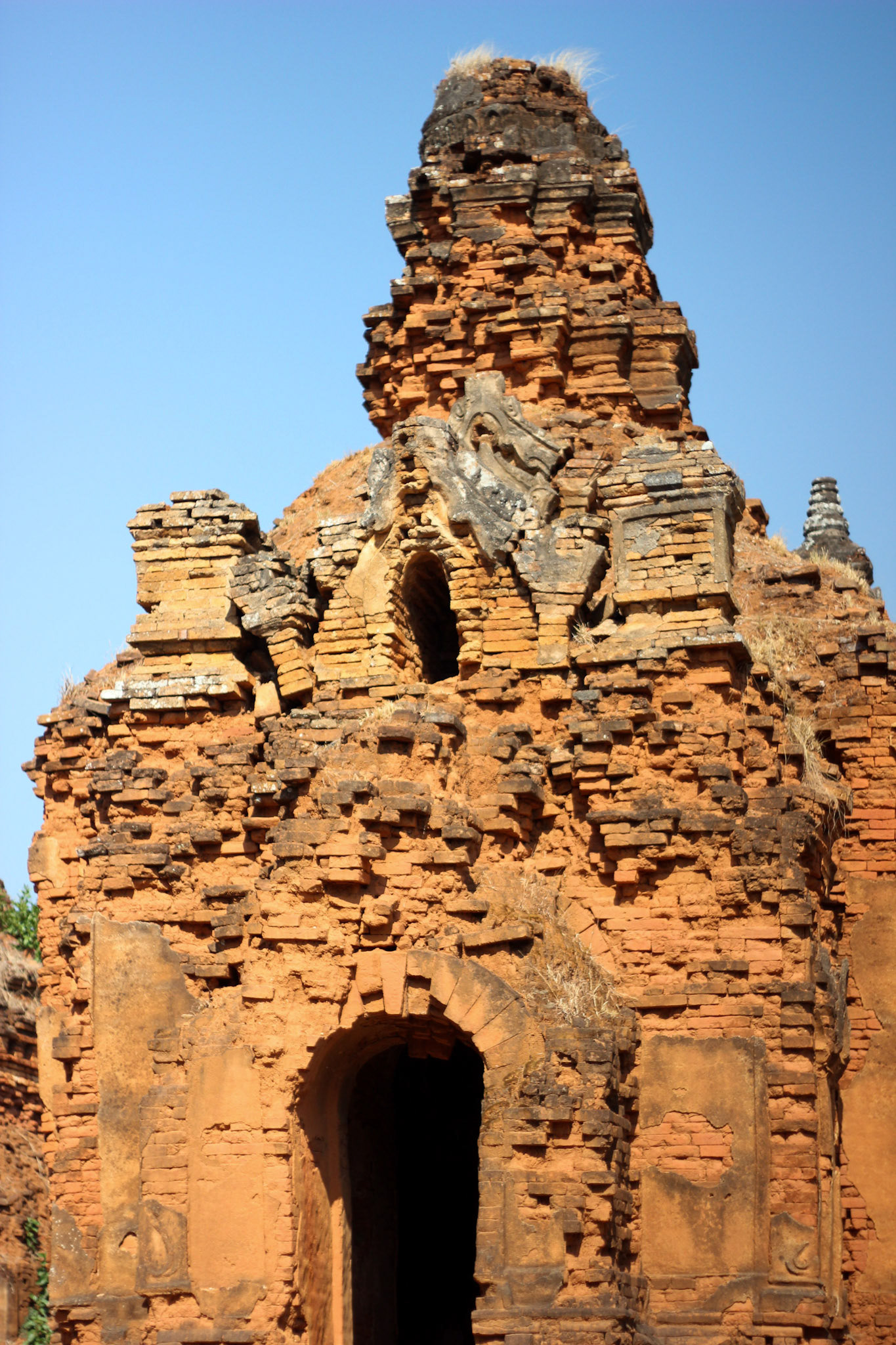
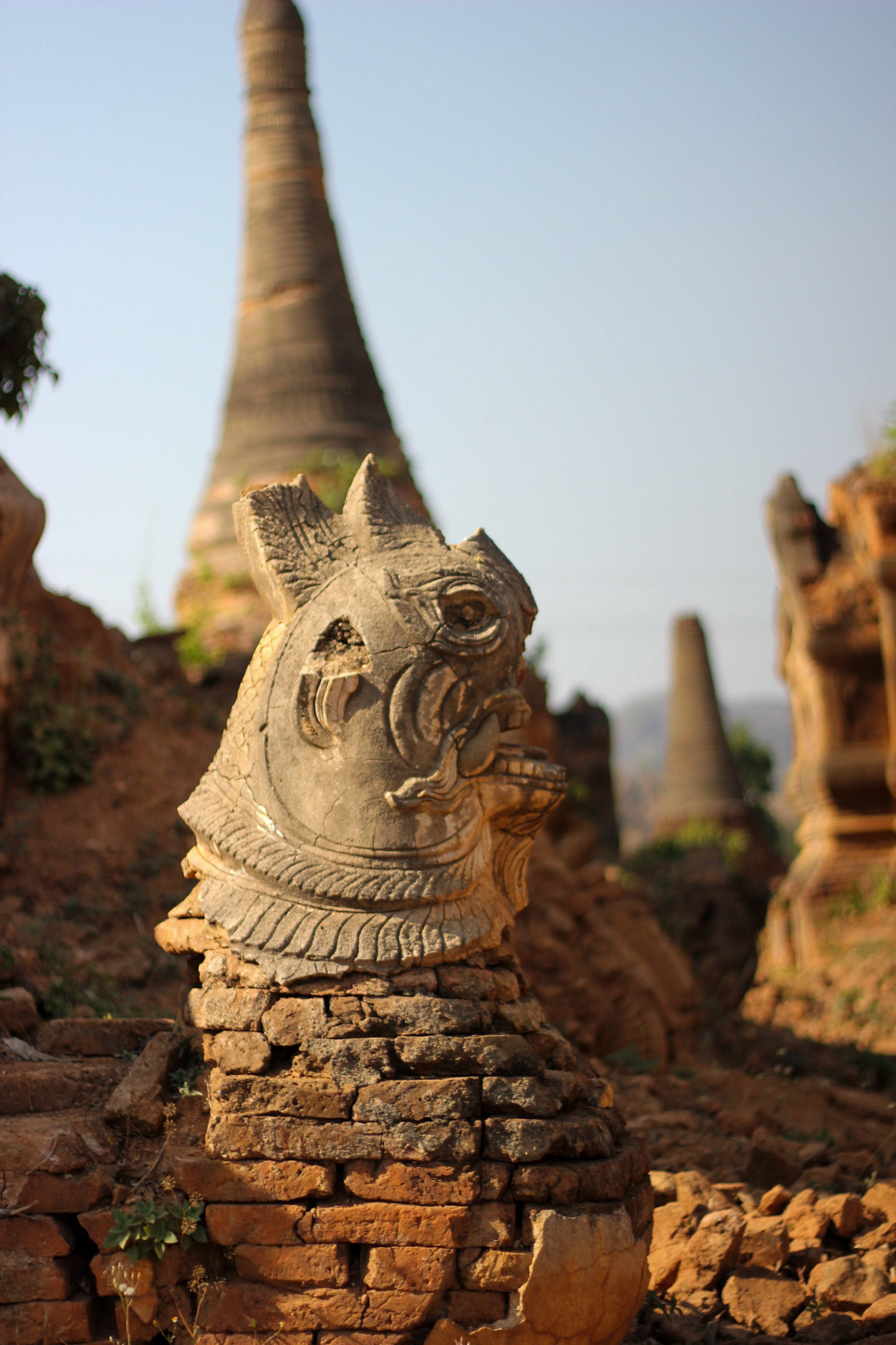
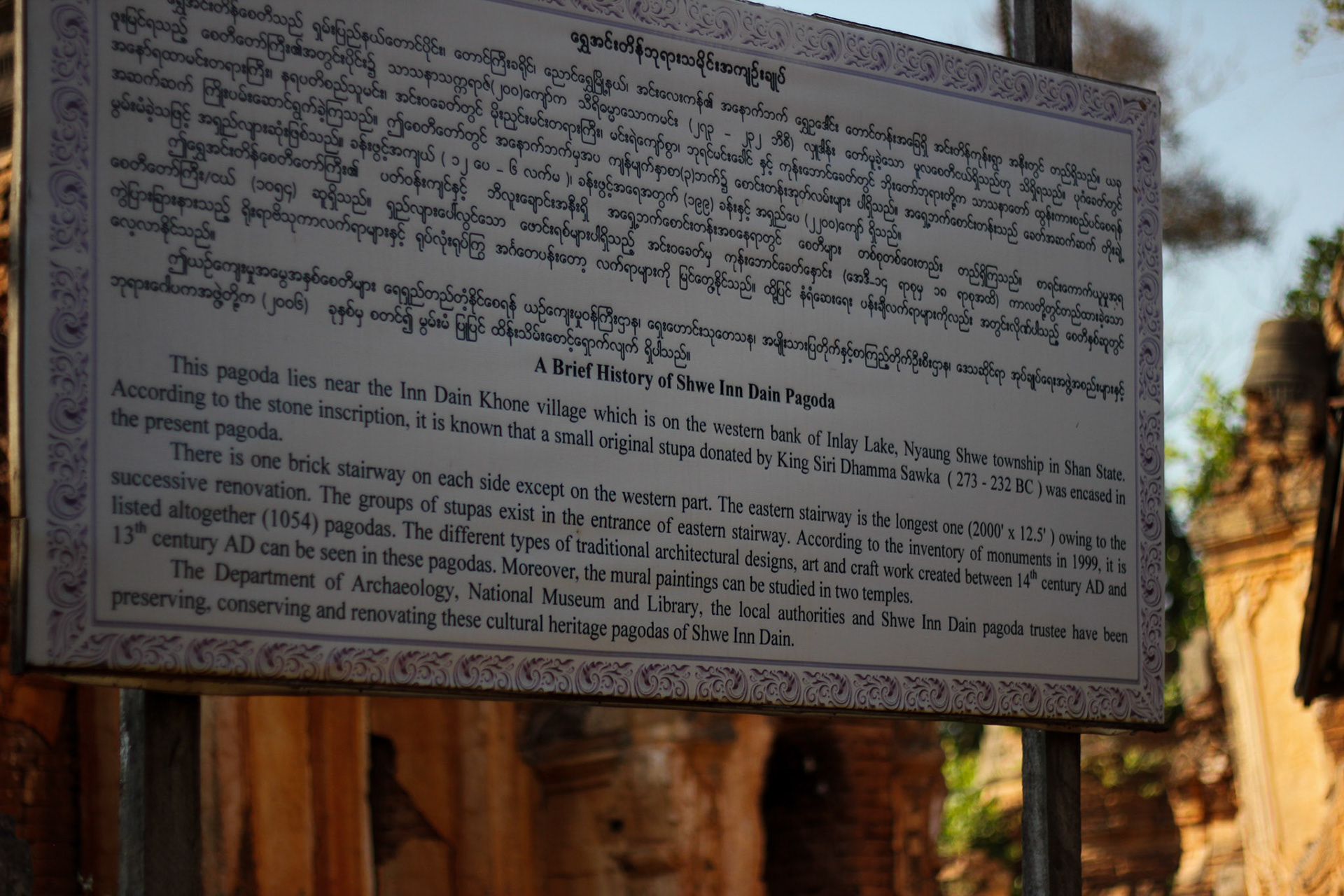
I wish I could have stayed much longer in this enchanted forest of temples. I barely touched the edges, and know there were hundreds more to explore if I'd had the time, but my boatman was explicit about what time he would pick me up, and clearly he'd advised me to leave at rush hour, as everyone else was departing this little area. The narrow waterway in and out having limited places to pass boats coming in the other direction, it was important we all left together.
The area was buzzing as I planned to depart. Workers also finishing up their tasks this was clearly rush hour as the busy commute back home started. These really joyful women, boarding a truck pilled high with baskets, squeezed in tight to optimise the space, heading back to where ever home is. If only I could have found out what they did.
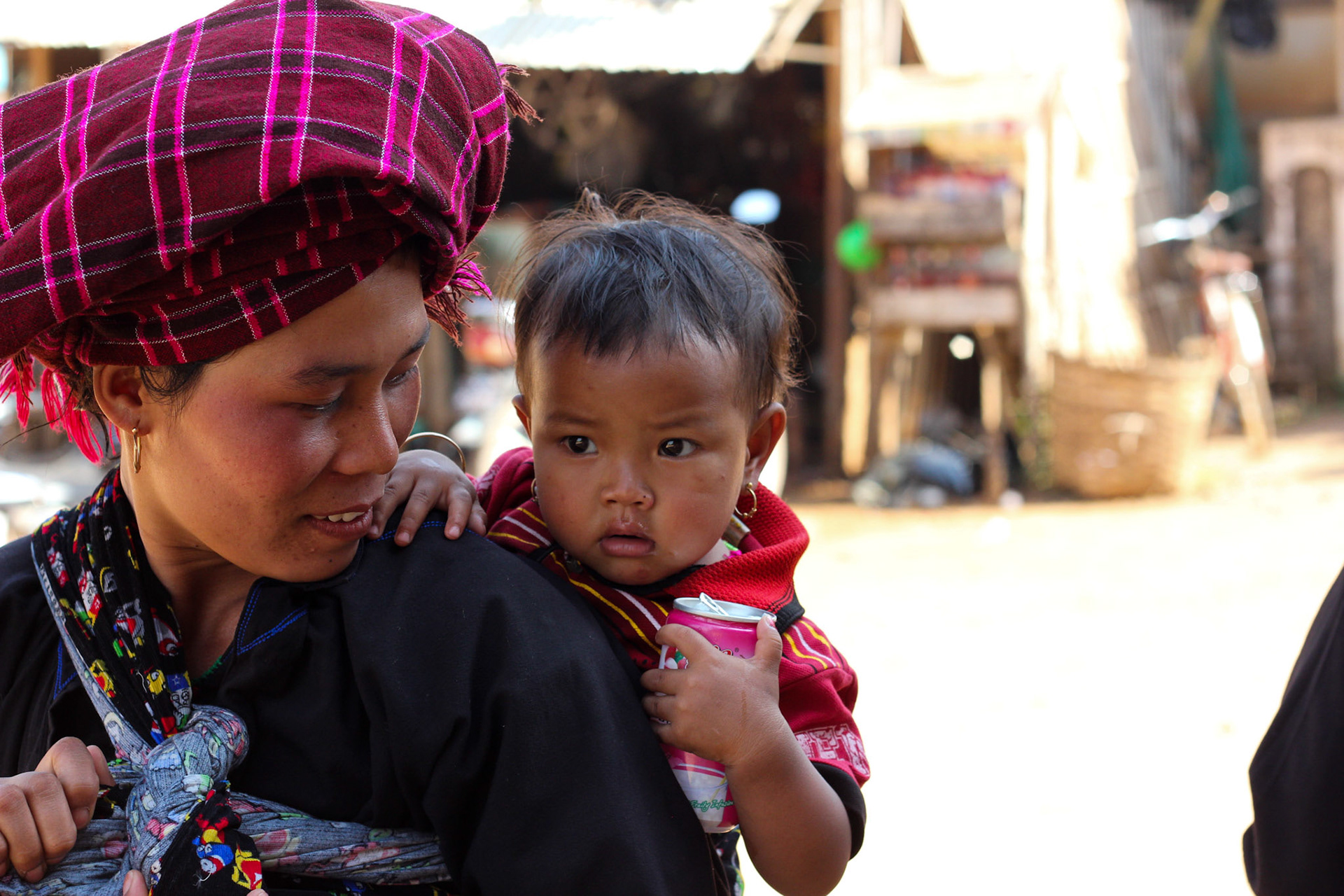
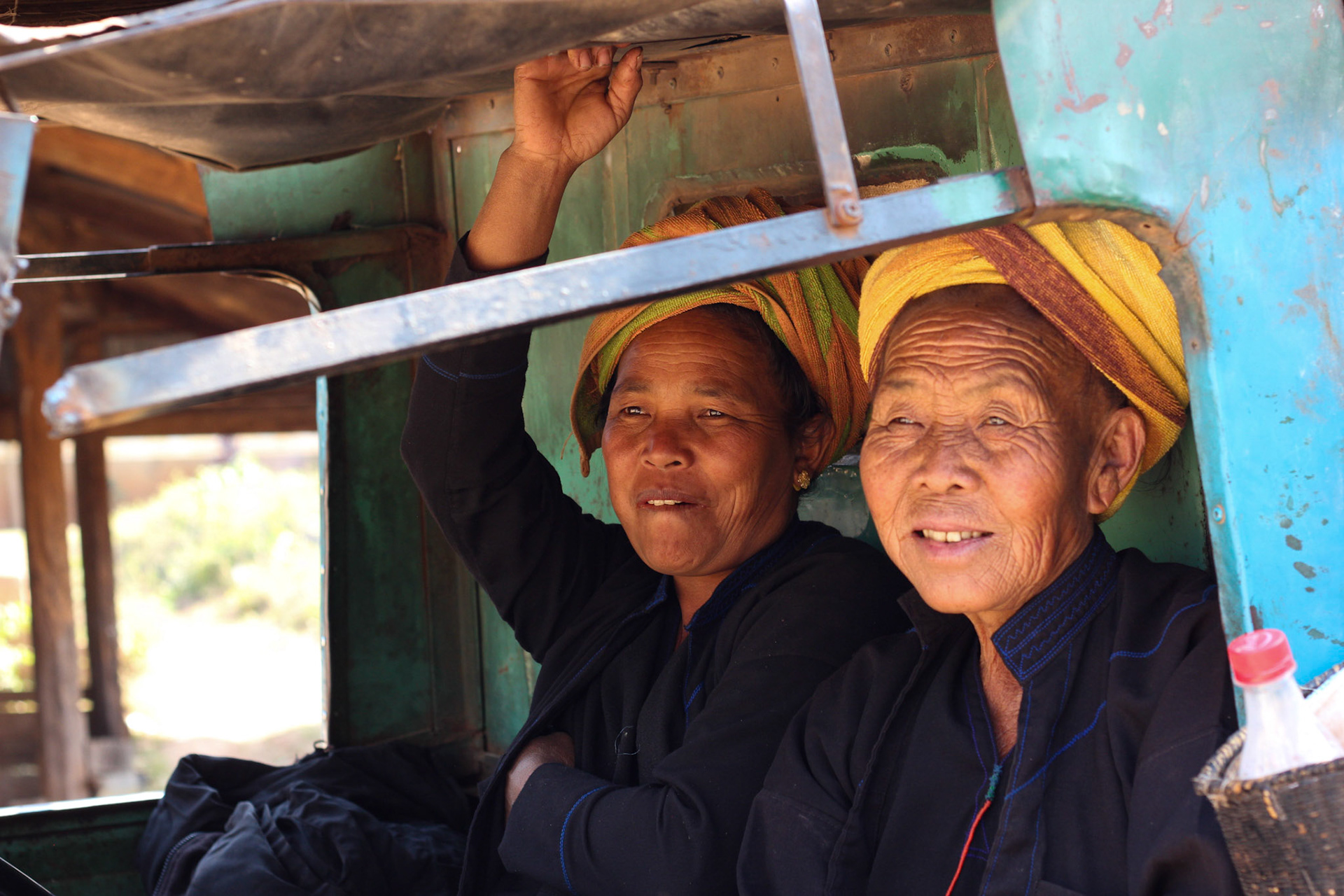
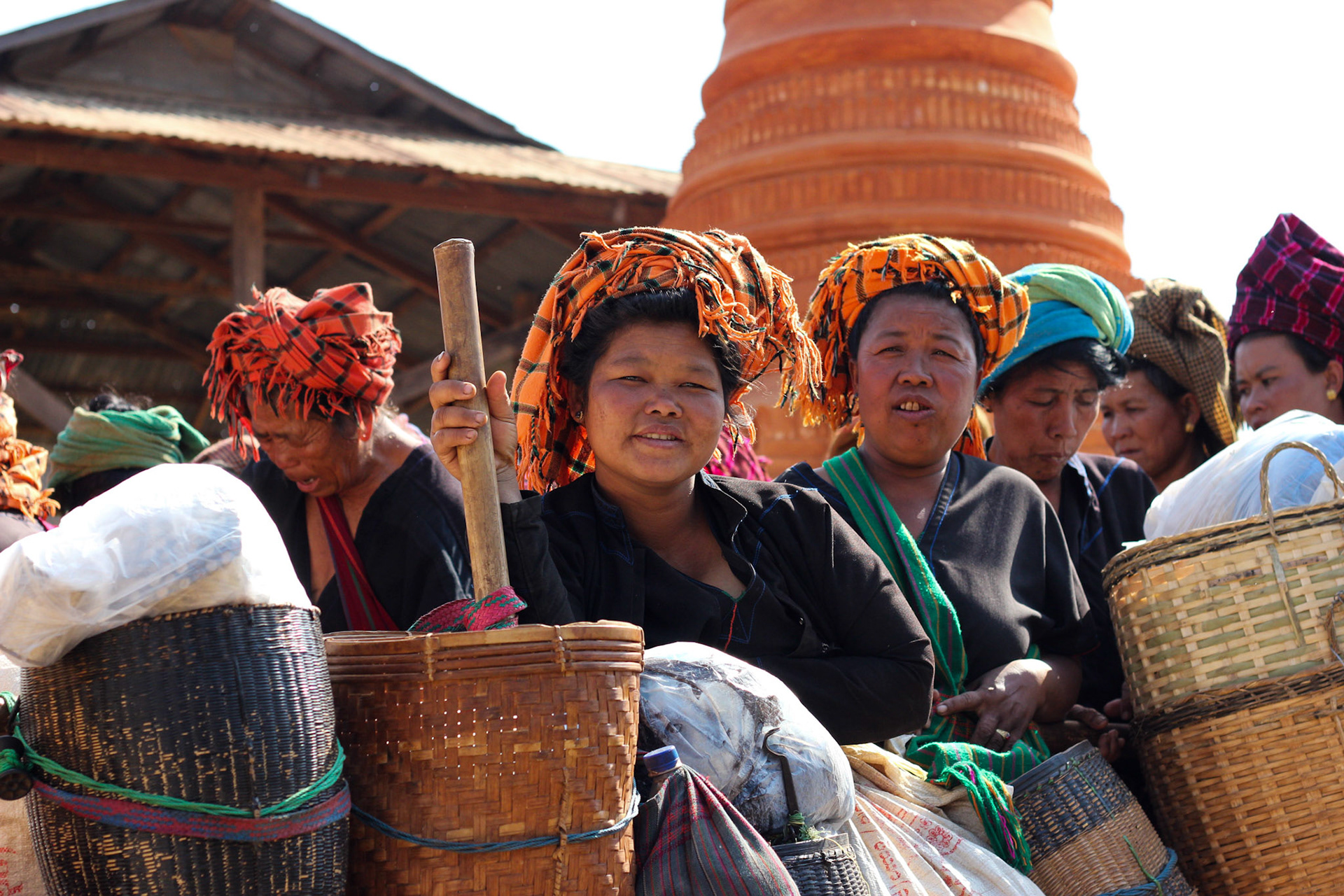
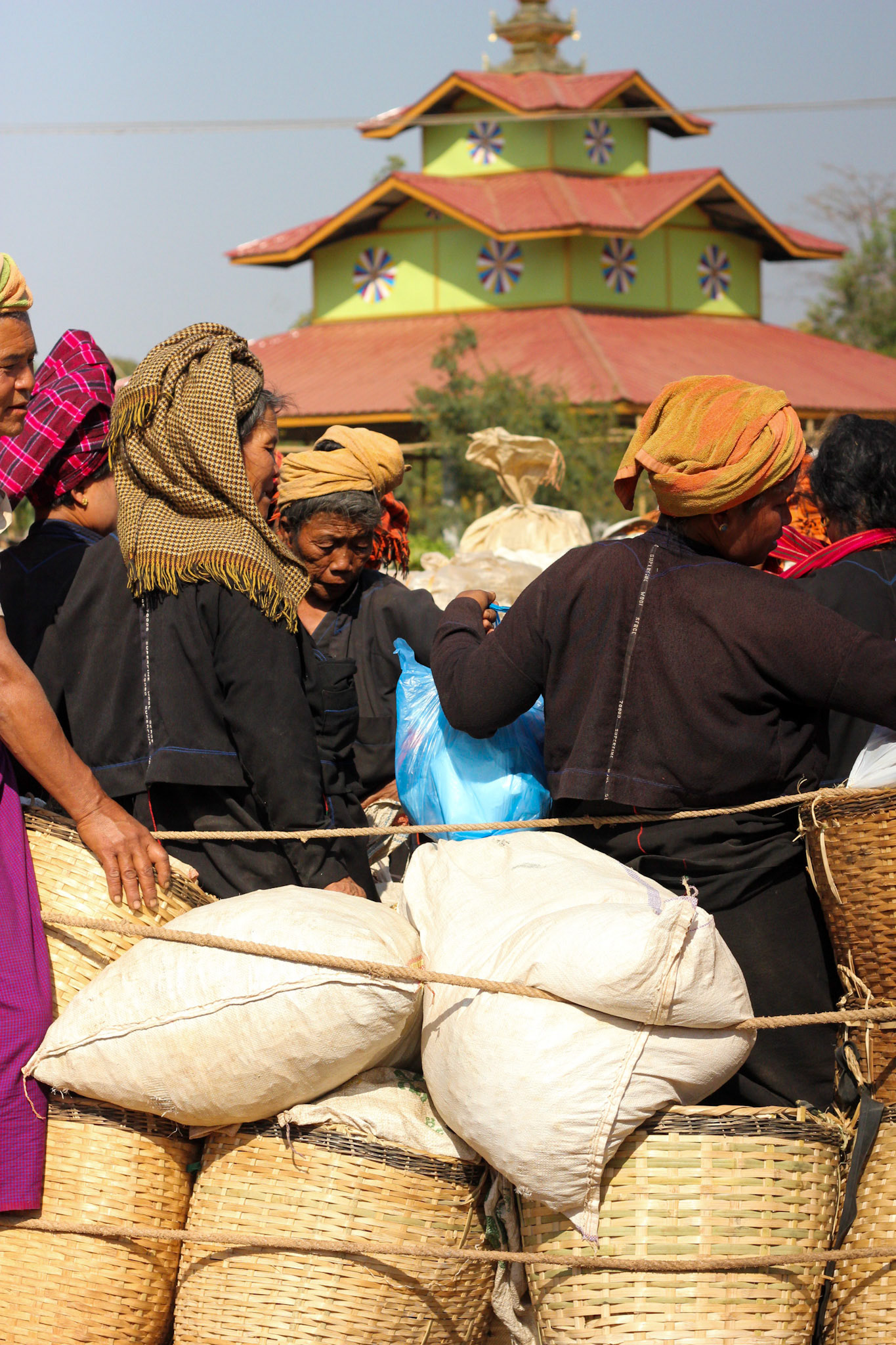
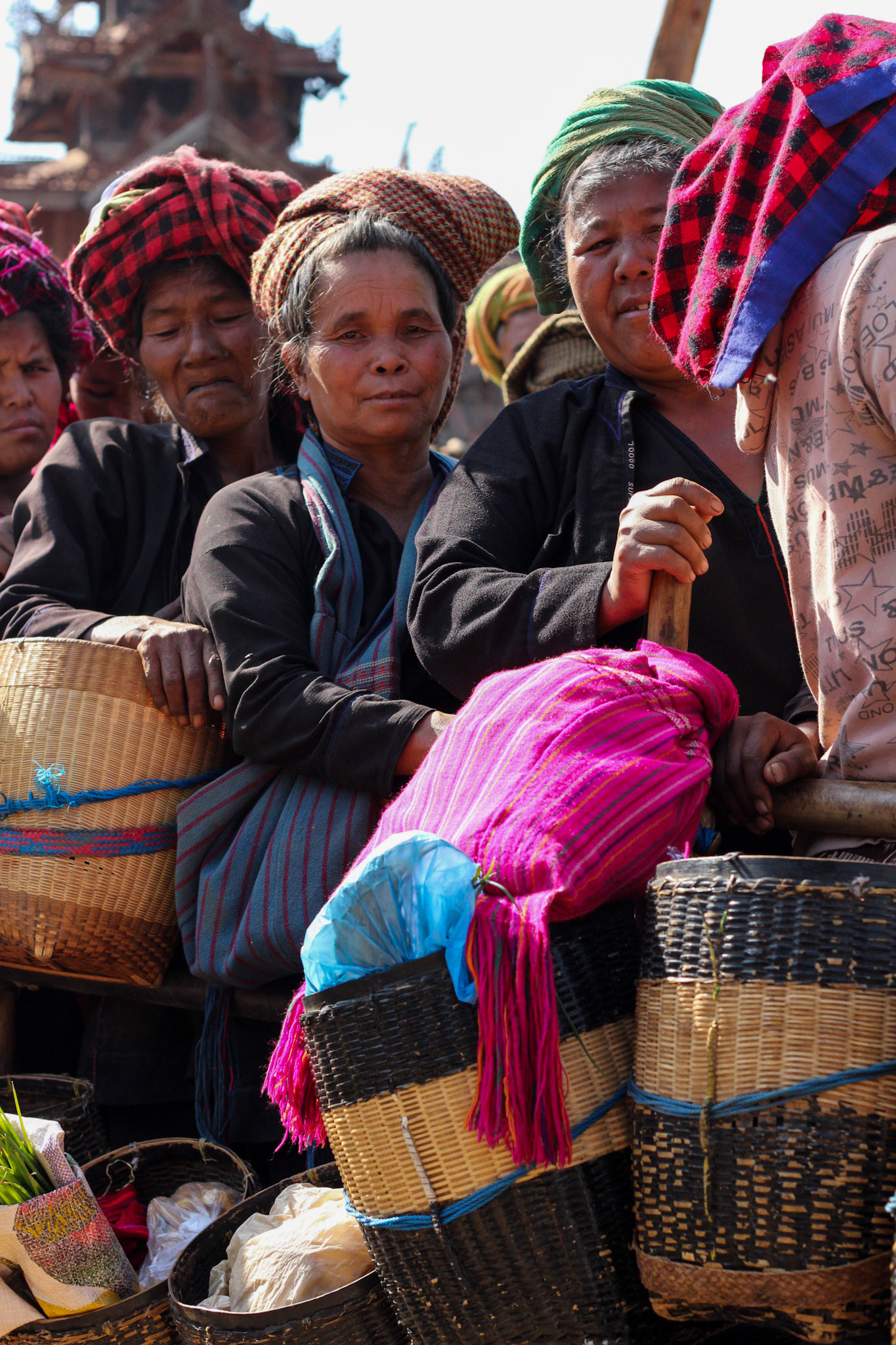
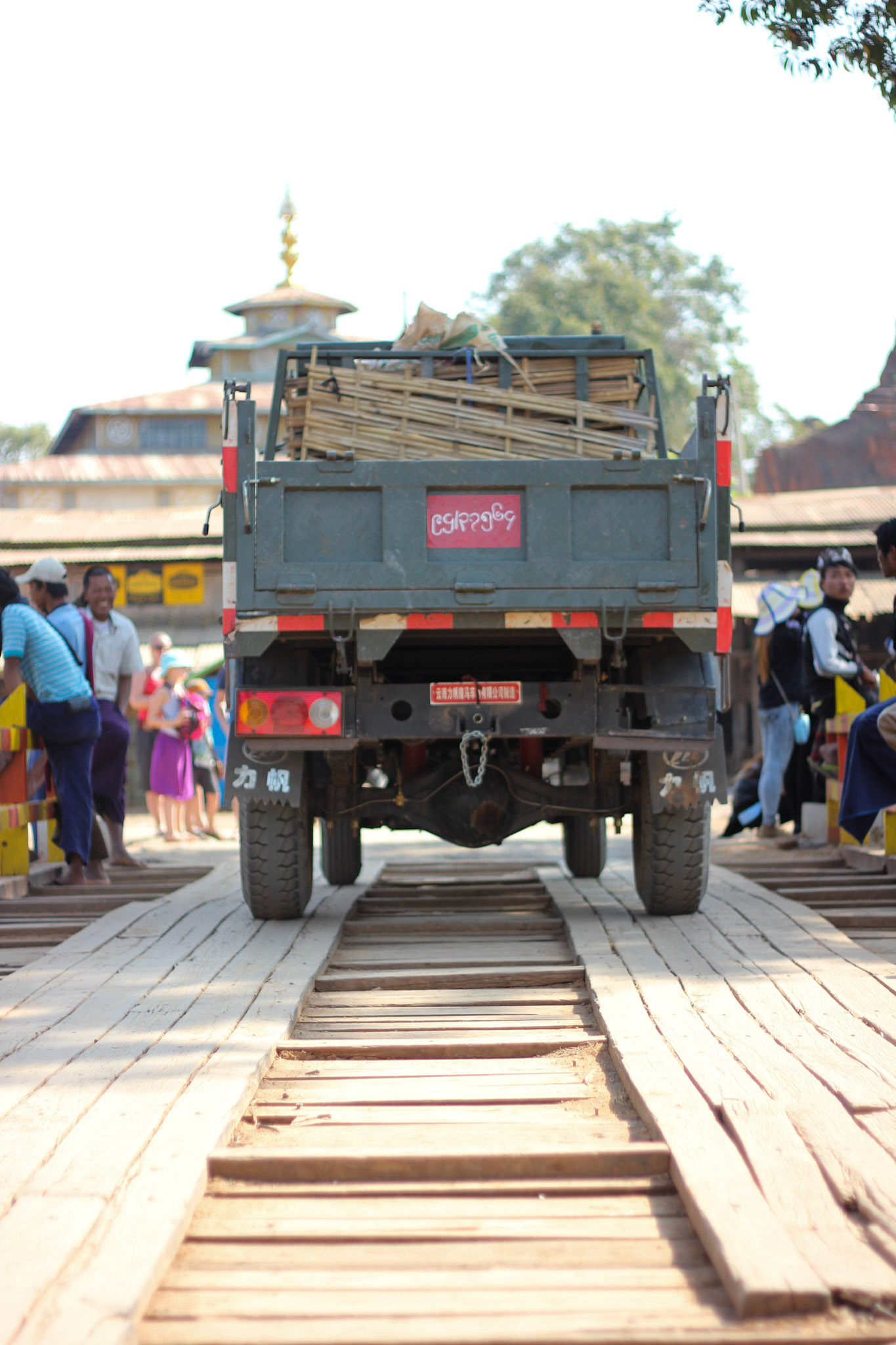
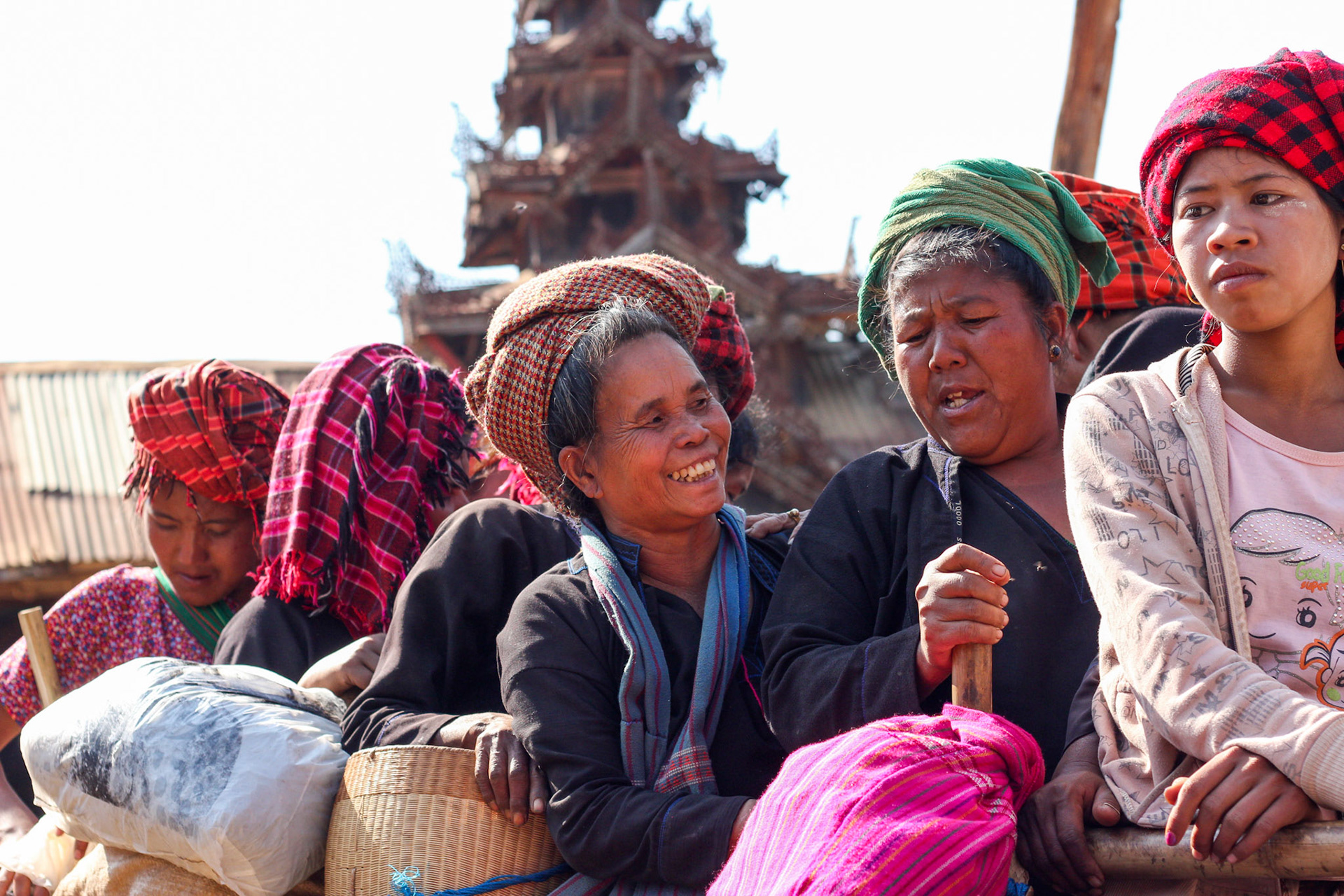
After my early morning Fisherman photoshoot, I got the boat to drop me at the shoreline in search of a more traditional temple. Whilst on the long gruelling walk up into the mountains, I was distracted trying to figure out what the large plume of smoke was rising from this lone hut in the distance. As I neared the clearing, I spotted these bubbling cauldrons of sticky foam. Outside Ox and carts were being unloaded. The floor was strewn with fronds.
Limited English and lots of pointing from the men manning the station, and I managed to piece together the clues. This was where sugar cane was being brought by Ox & Cart from the nearby fields for processing into syrup. I made signs that I hoped they would understand - could I taste the syrup. From an enamel mug left of the floor I gingerly wiped the rim as they filled it with the bubbling brew. It wasn't as sweet as I'd expected it to be, but not something I could consume in any great quantity.
From Sugar Cane to Syrup
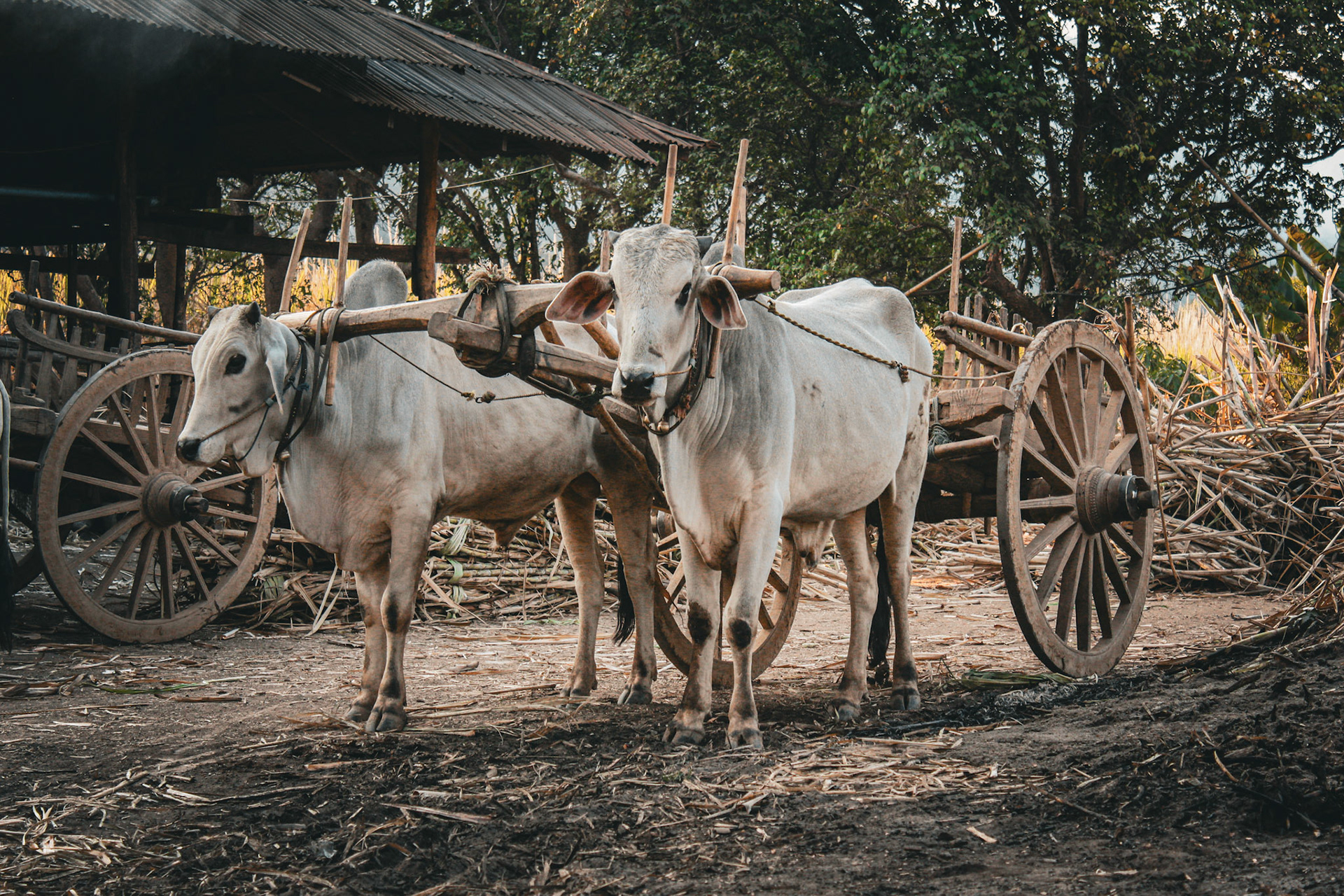
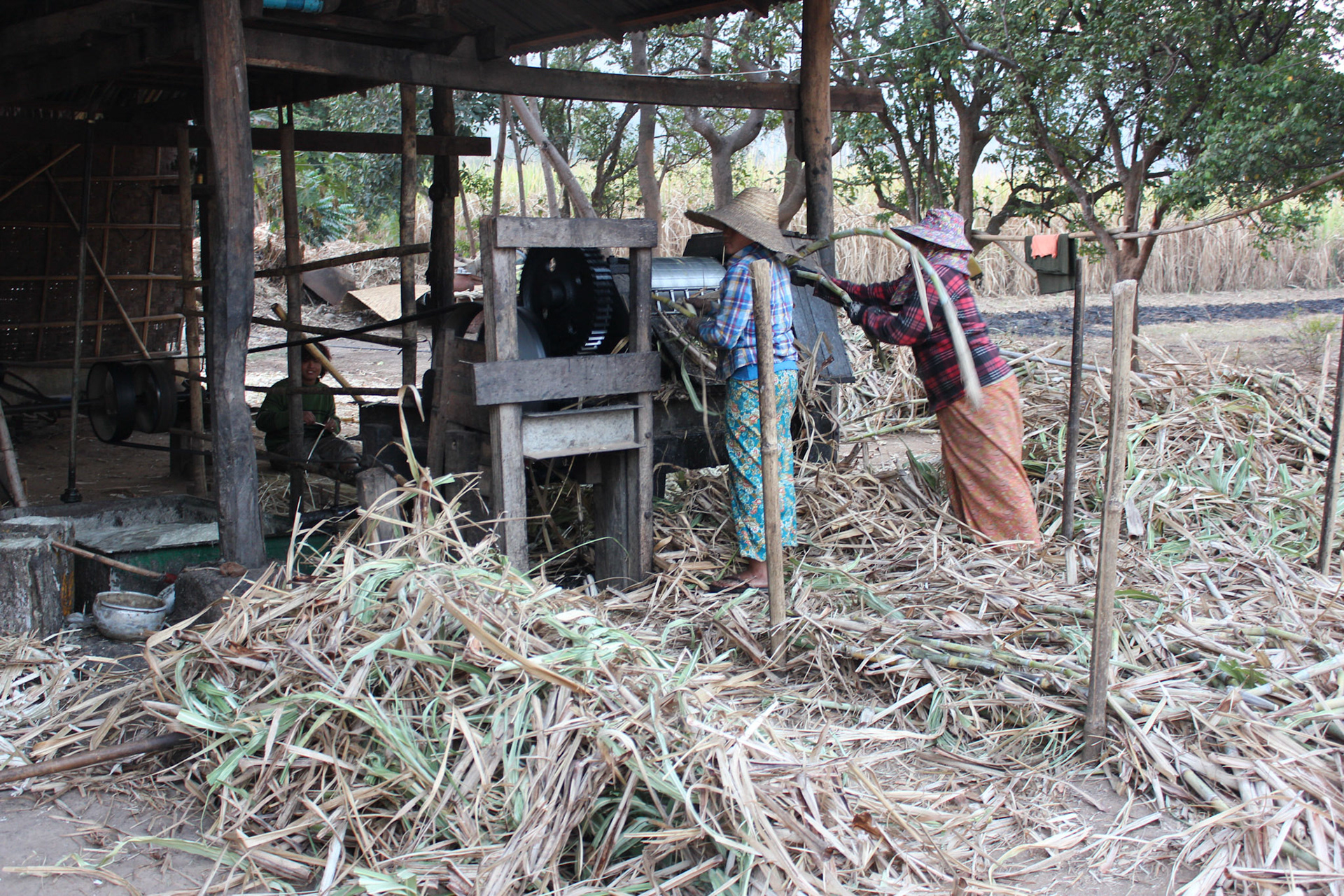
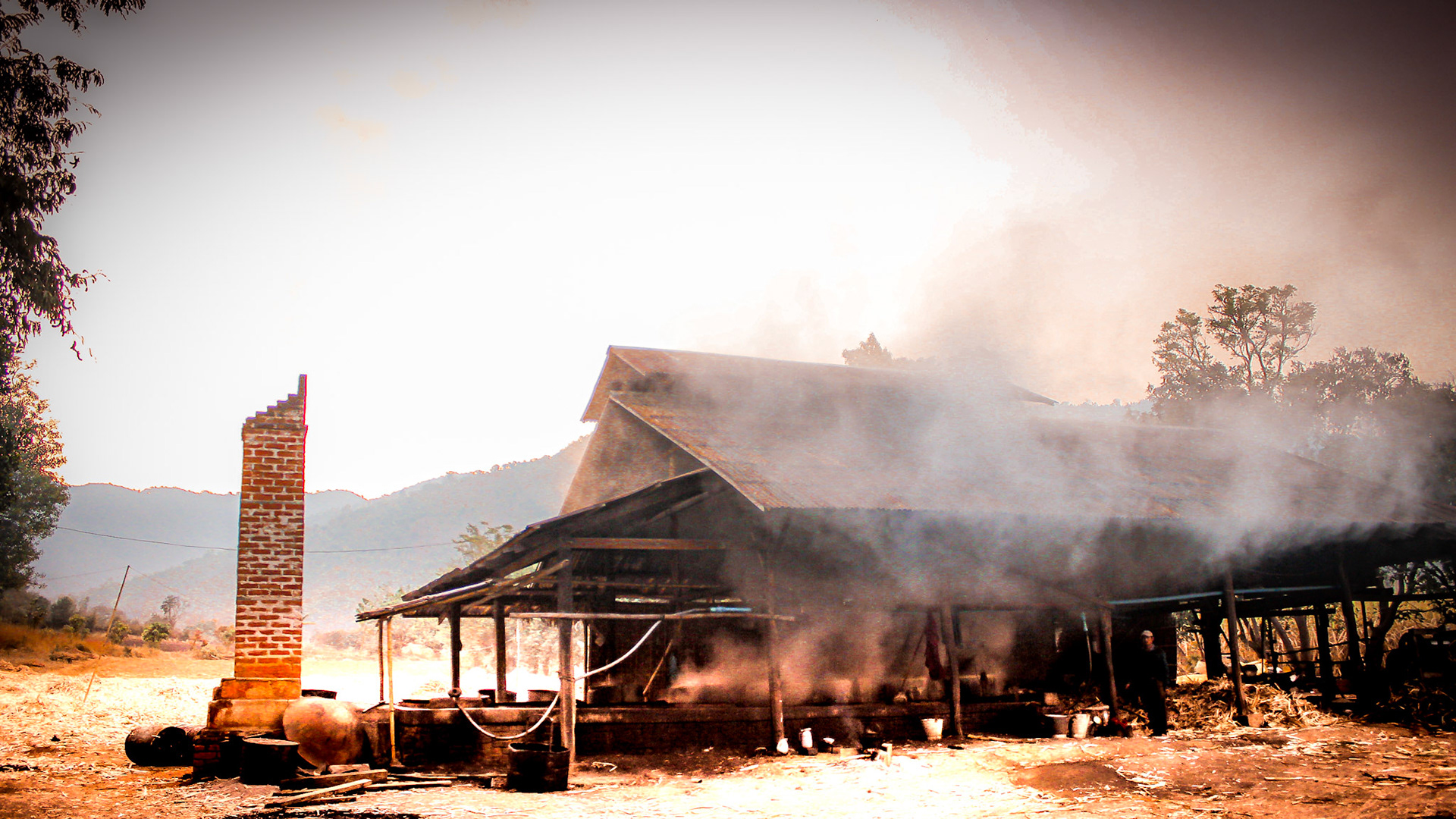
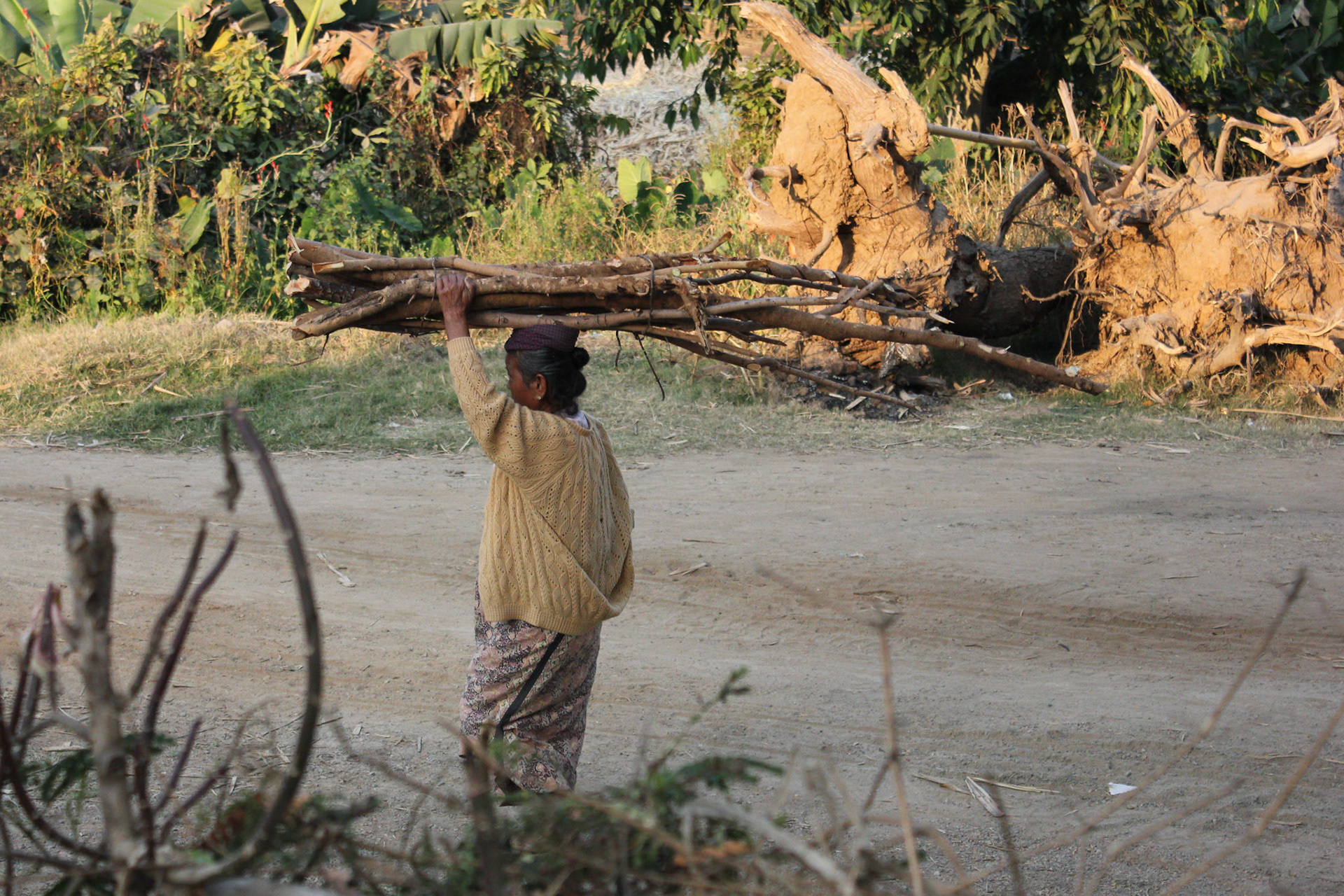
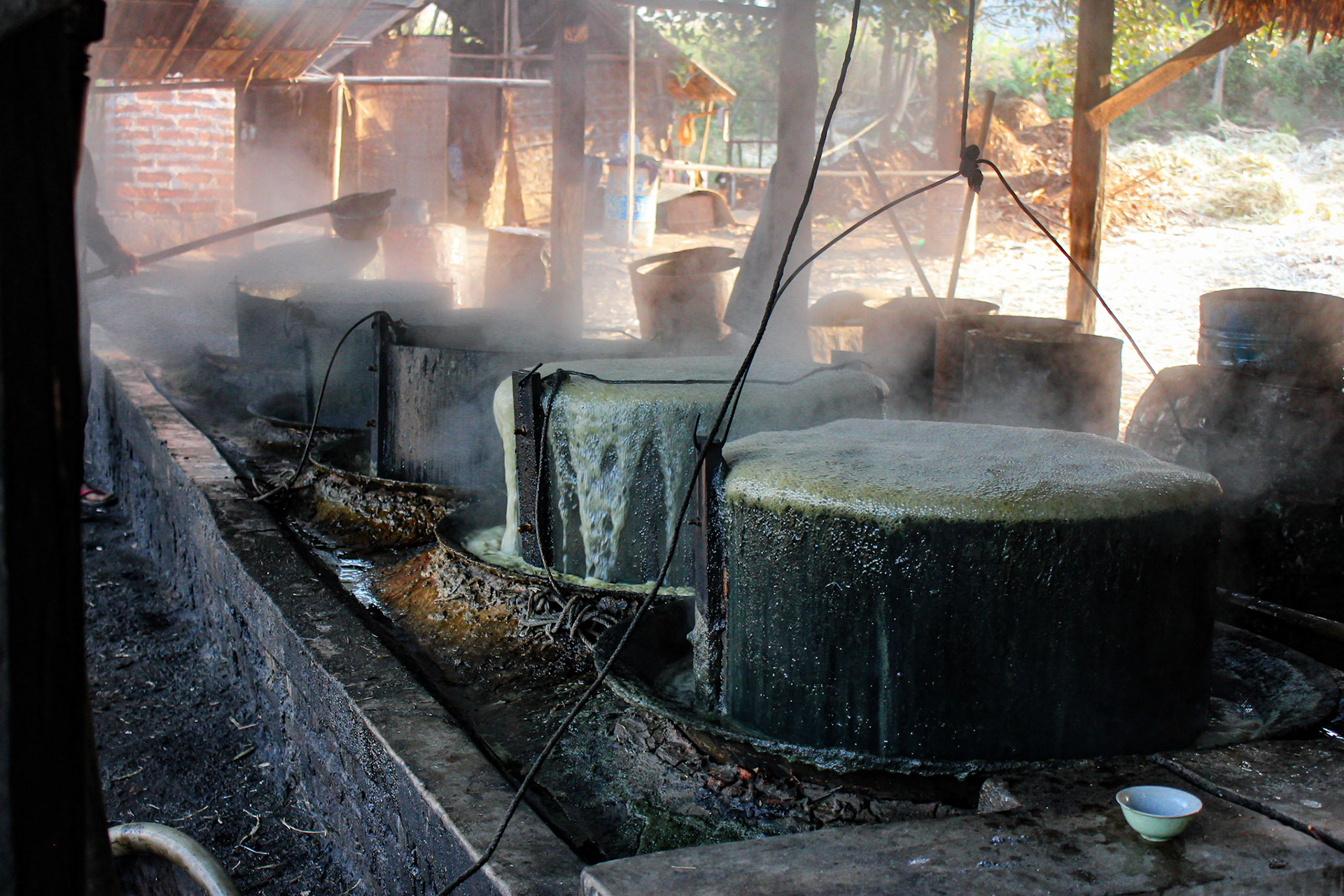
A bit further along the track I came across these women carrying small bowls of stones on their heads. Pickaxes in hand, and in some cases, small child strapped onto their back. Painstakingly this long length of track was being laid with hardcore, and the stones being filled in by hand. The dust catching the early morning sun as it's danced above the ground before finally settling. I've also seen roads being built by hand in Vietnam in this way. I can't imagine the length of time this must take and the back breaking nature of the hard labour involved.
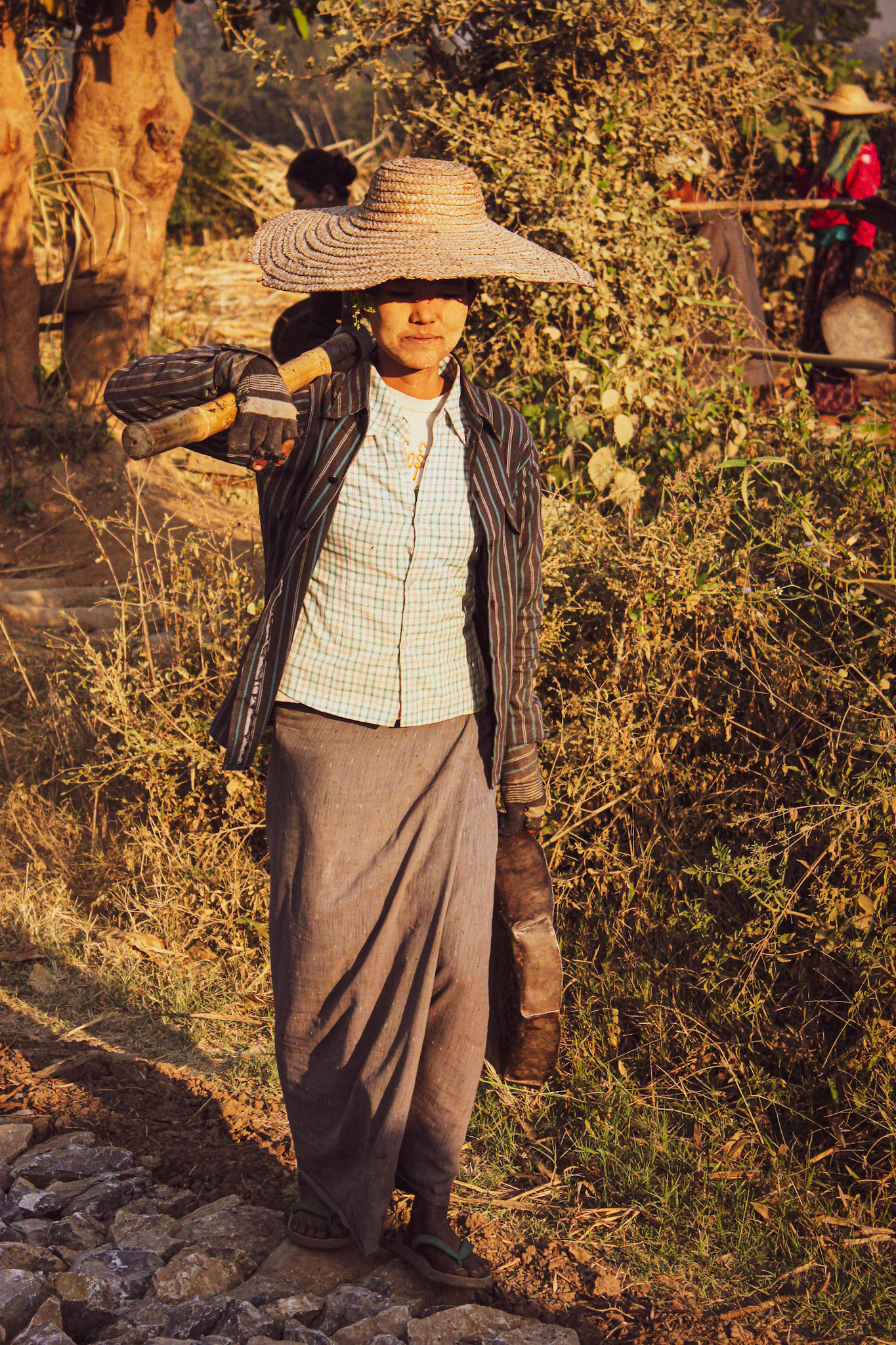
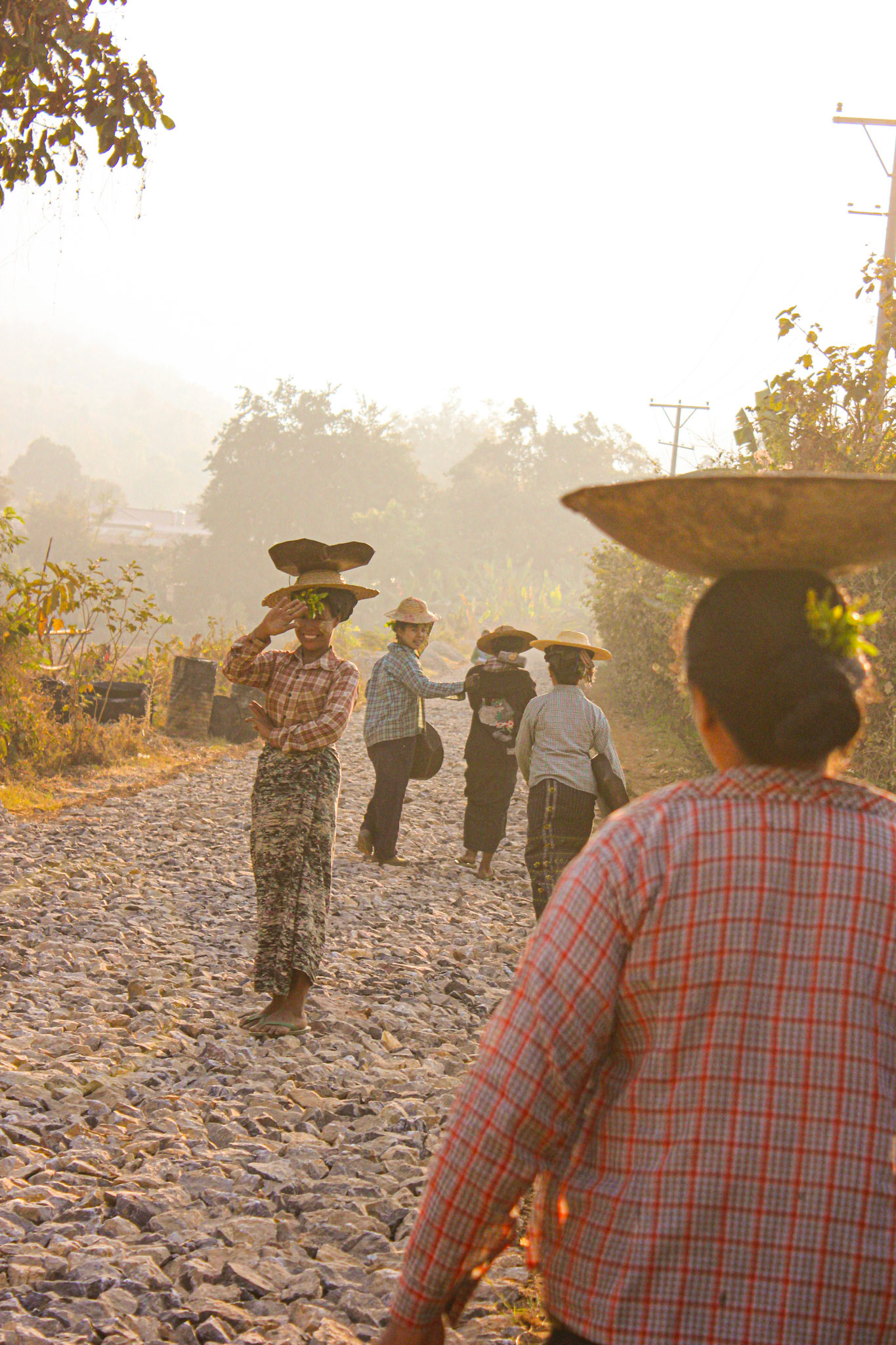
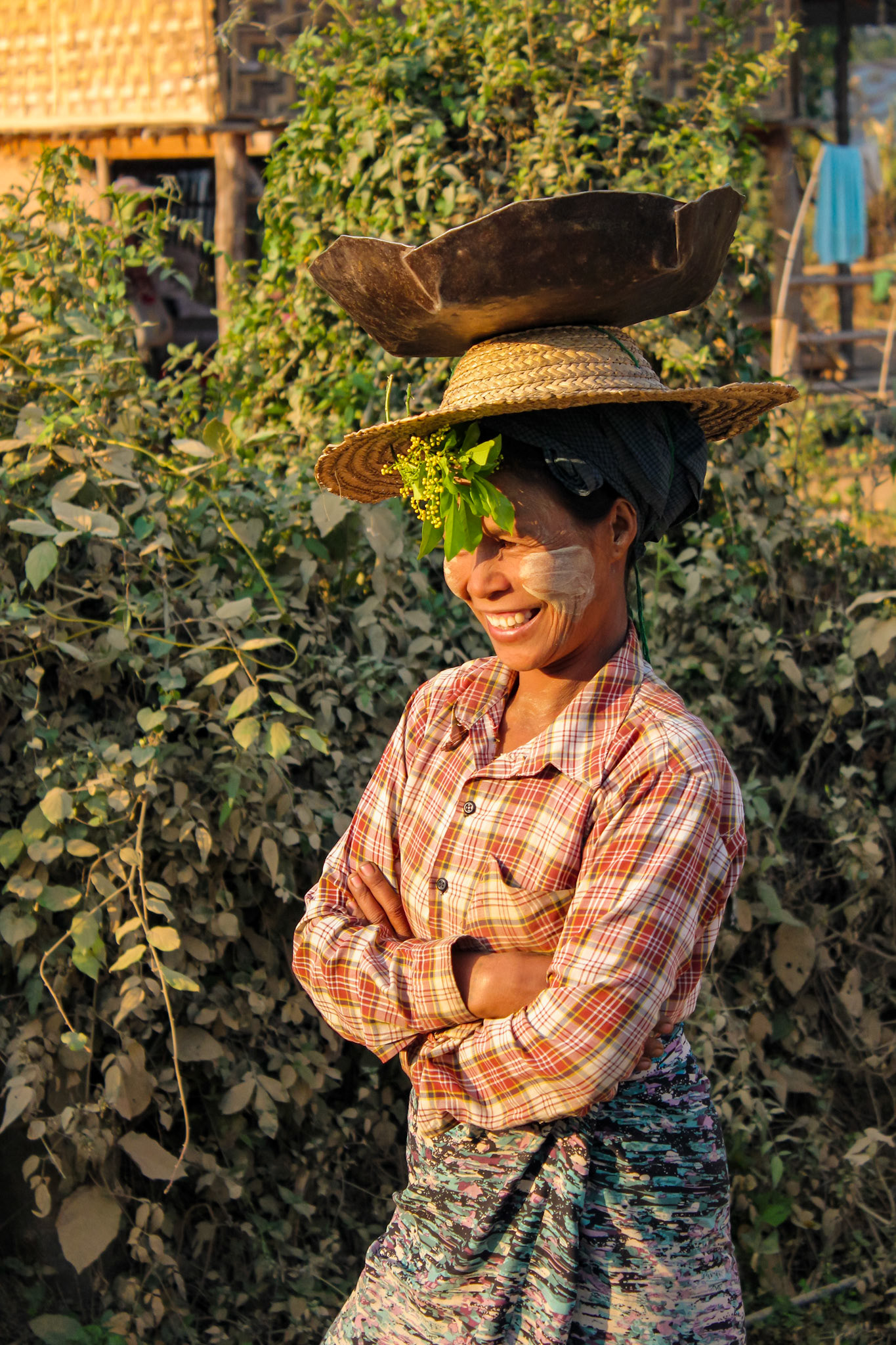
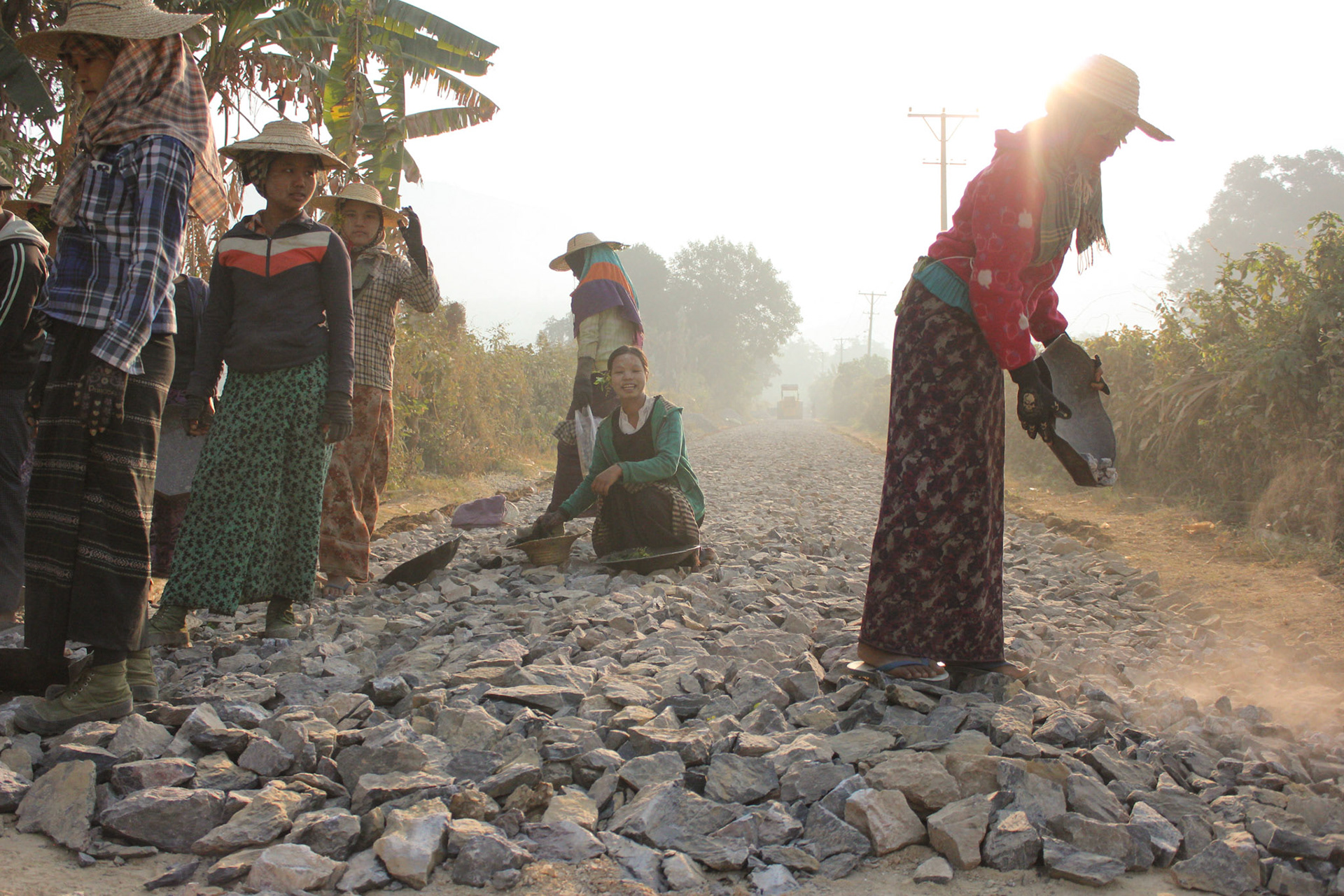
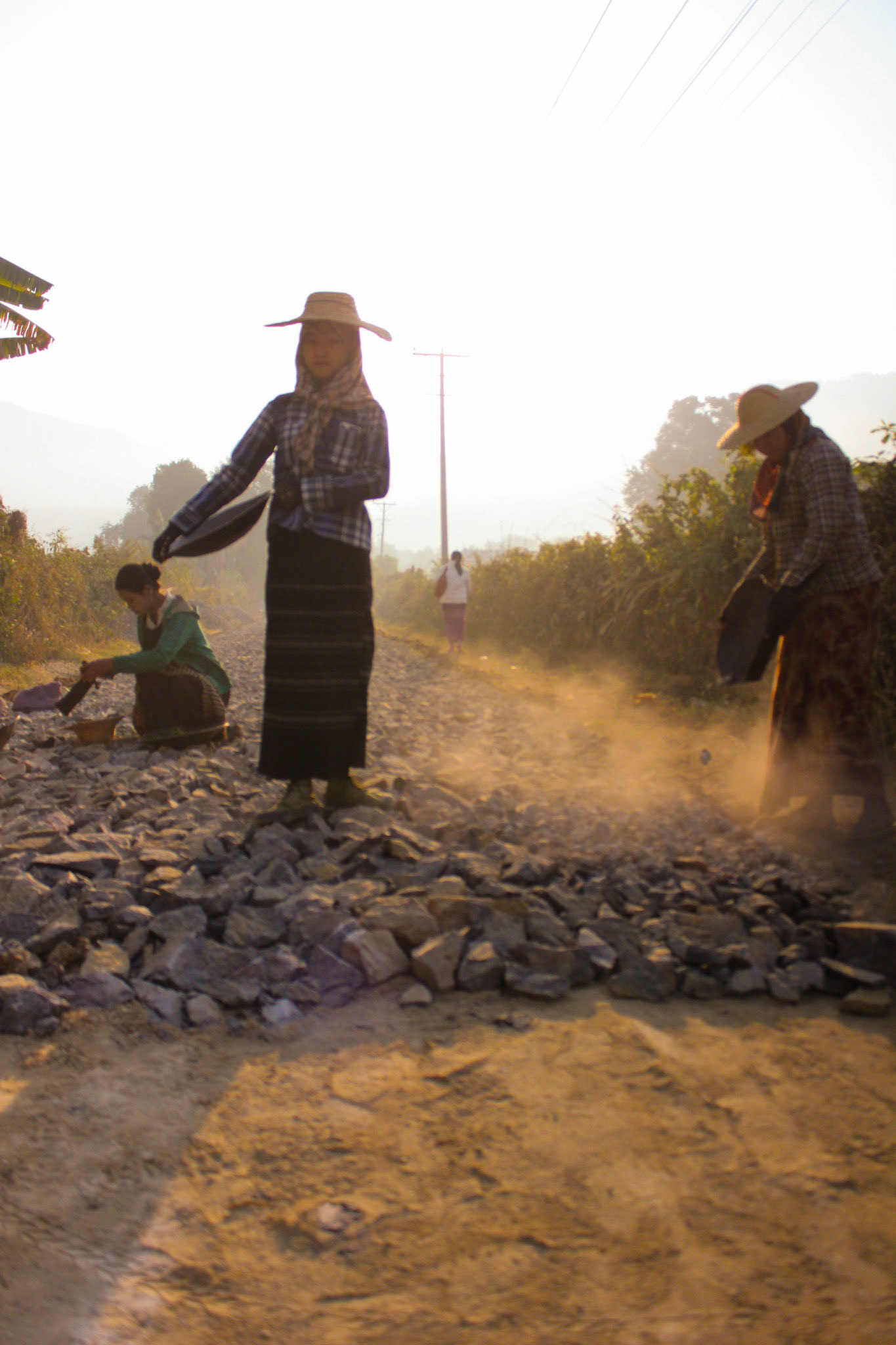
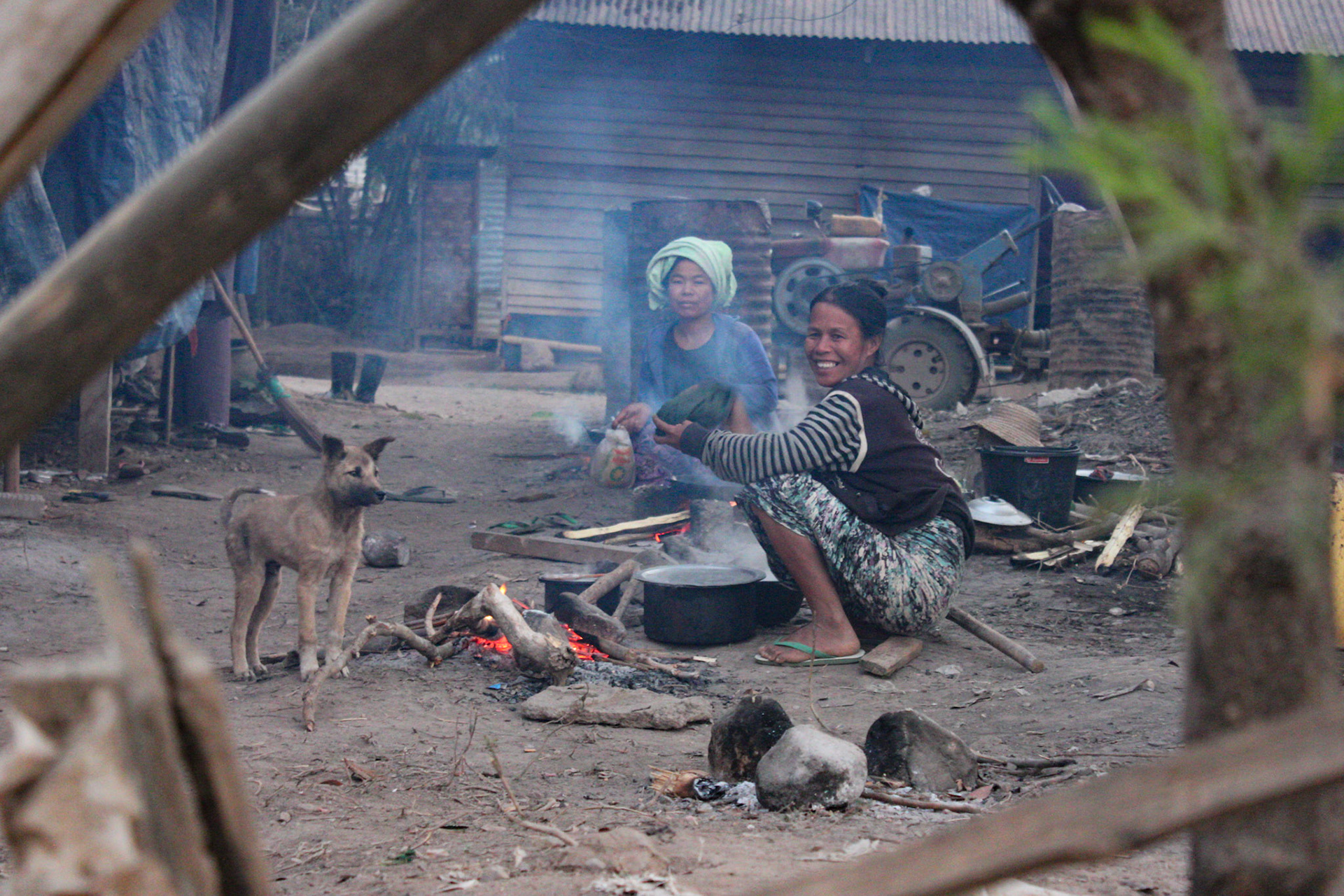
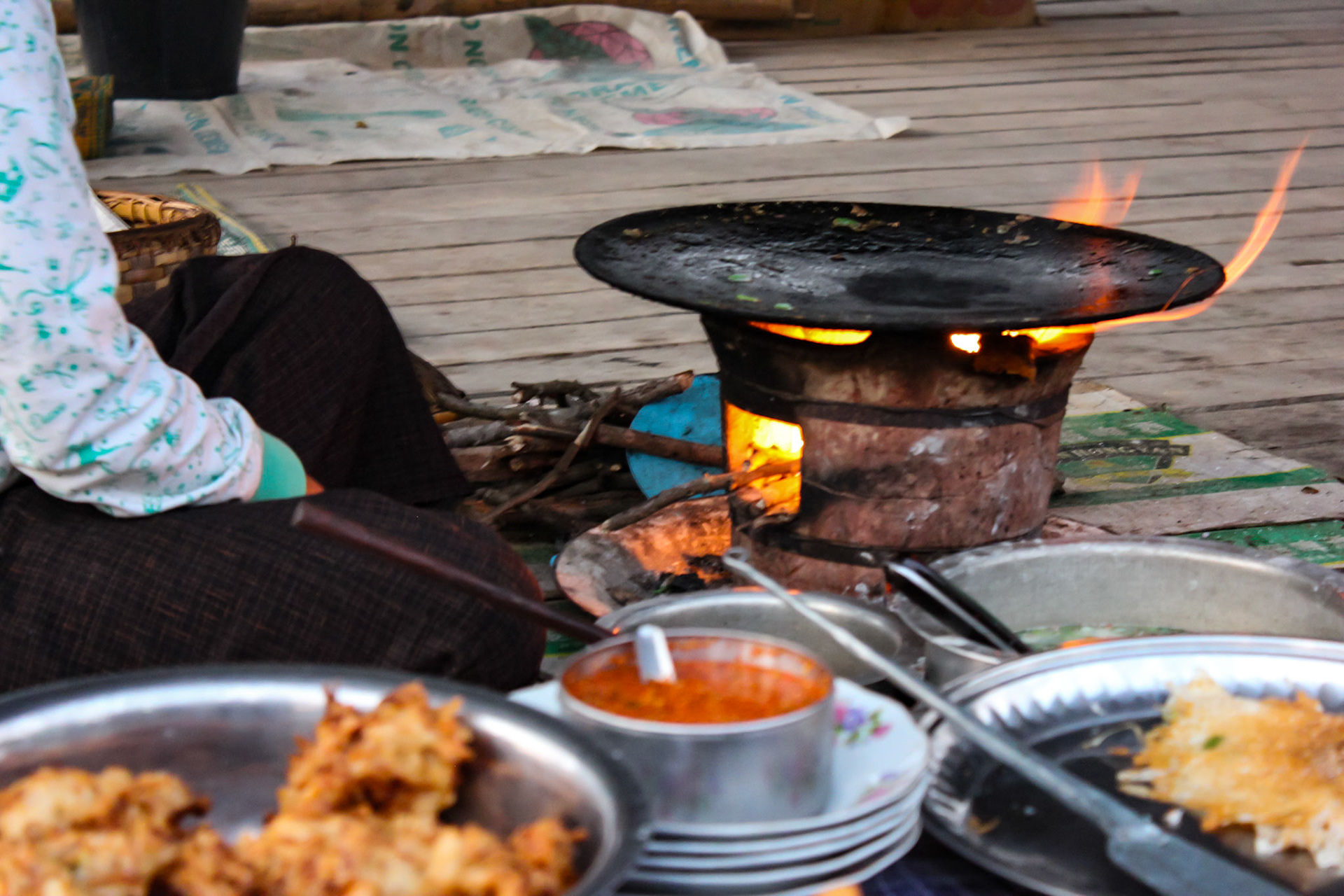
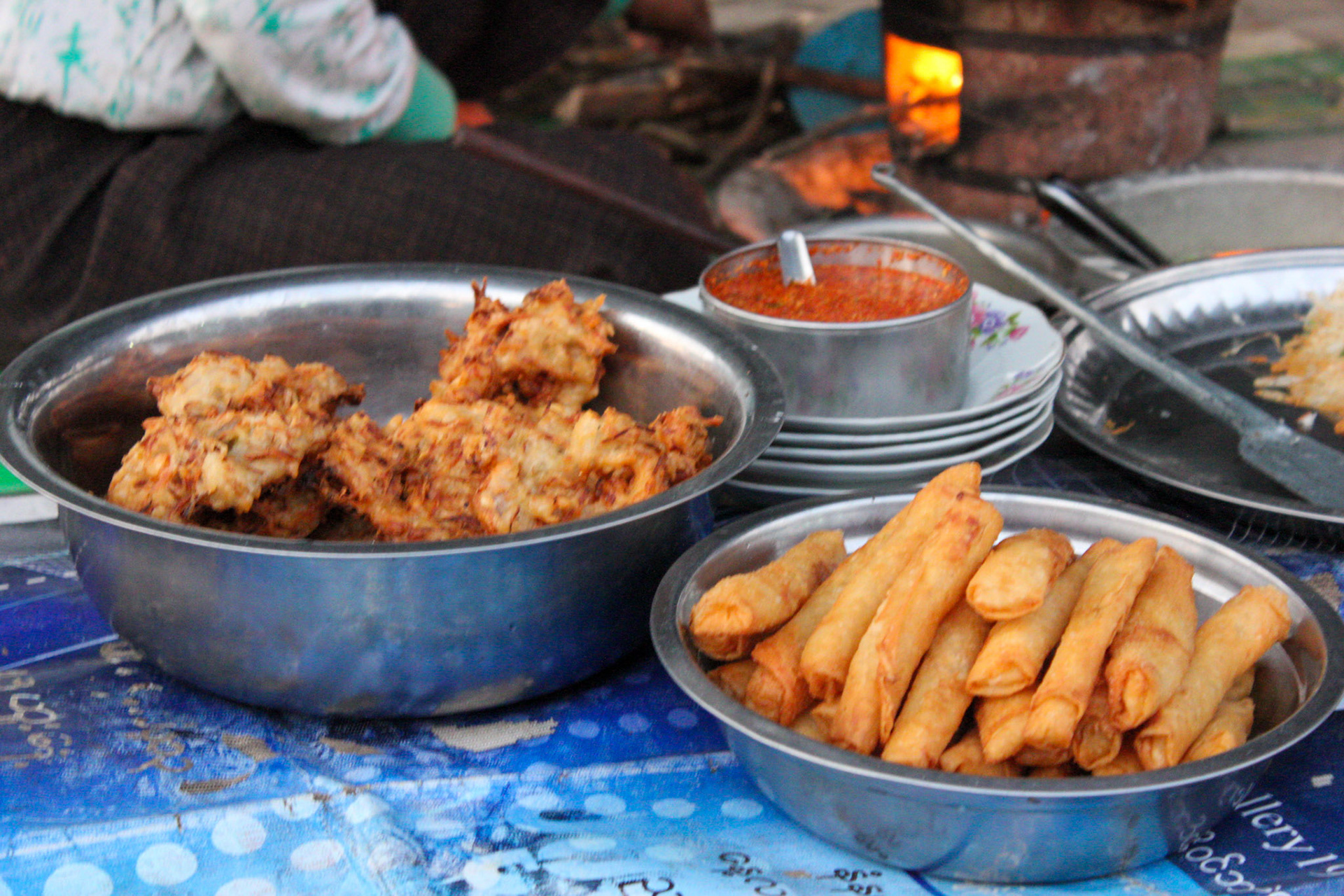
Lotus Silk Cotton - Spinning and Weaving, produced from the locally grown plants. Boat hoping from one craft store to the next, and stumbling across the LongNeck women, wearing their tribal neck rings. I had no idea this tribe could be found on the lake, so was in awe to see these women at work (sadly for tourists to see) and learn more about their cultural traditions, that only a few women now choose to follow.
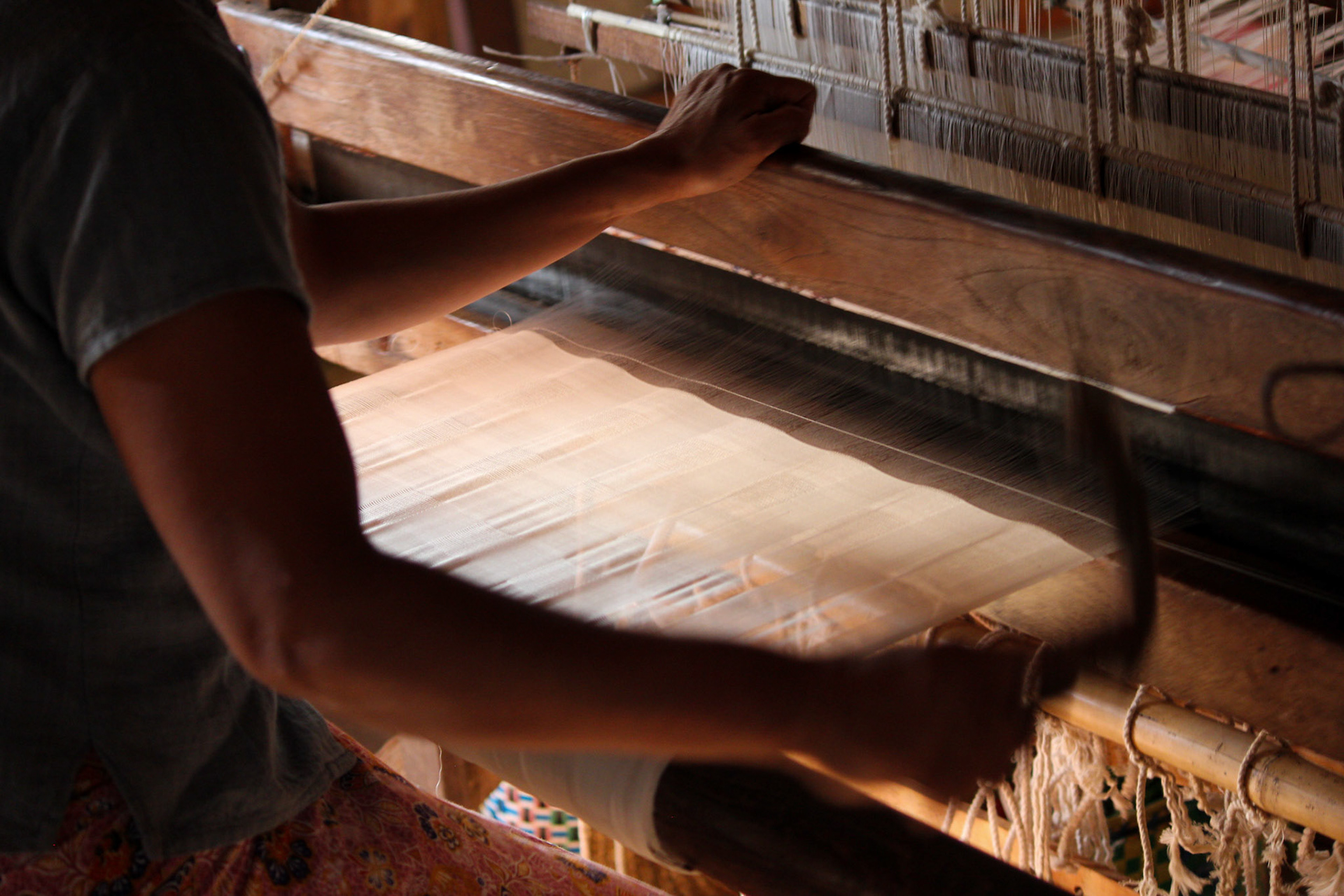
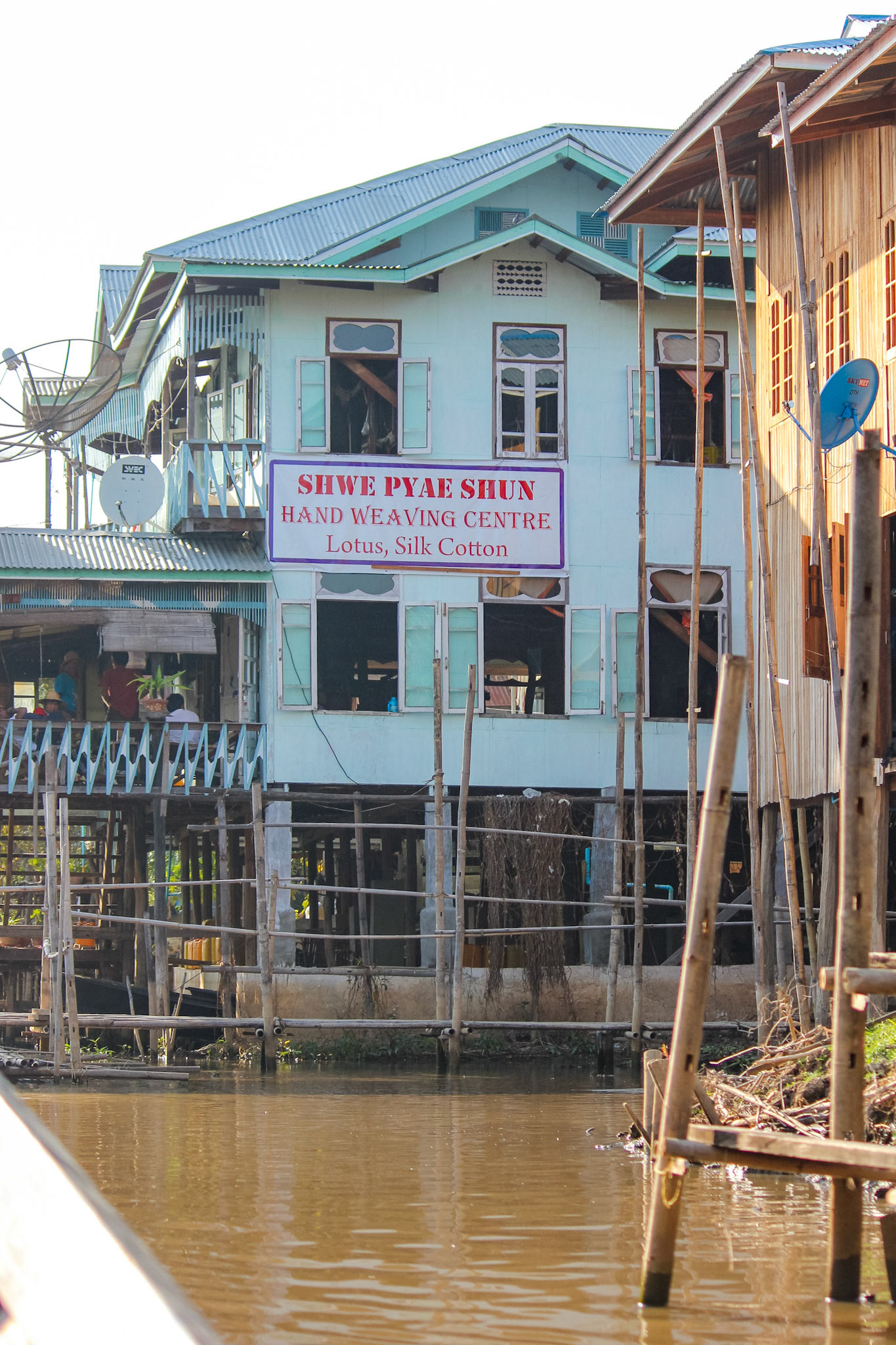
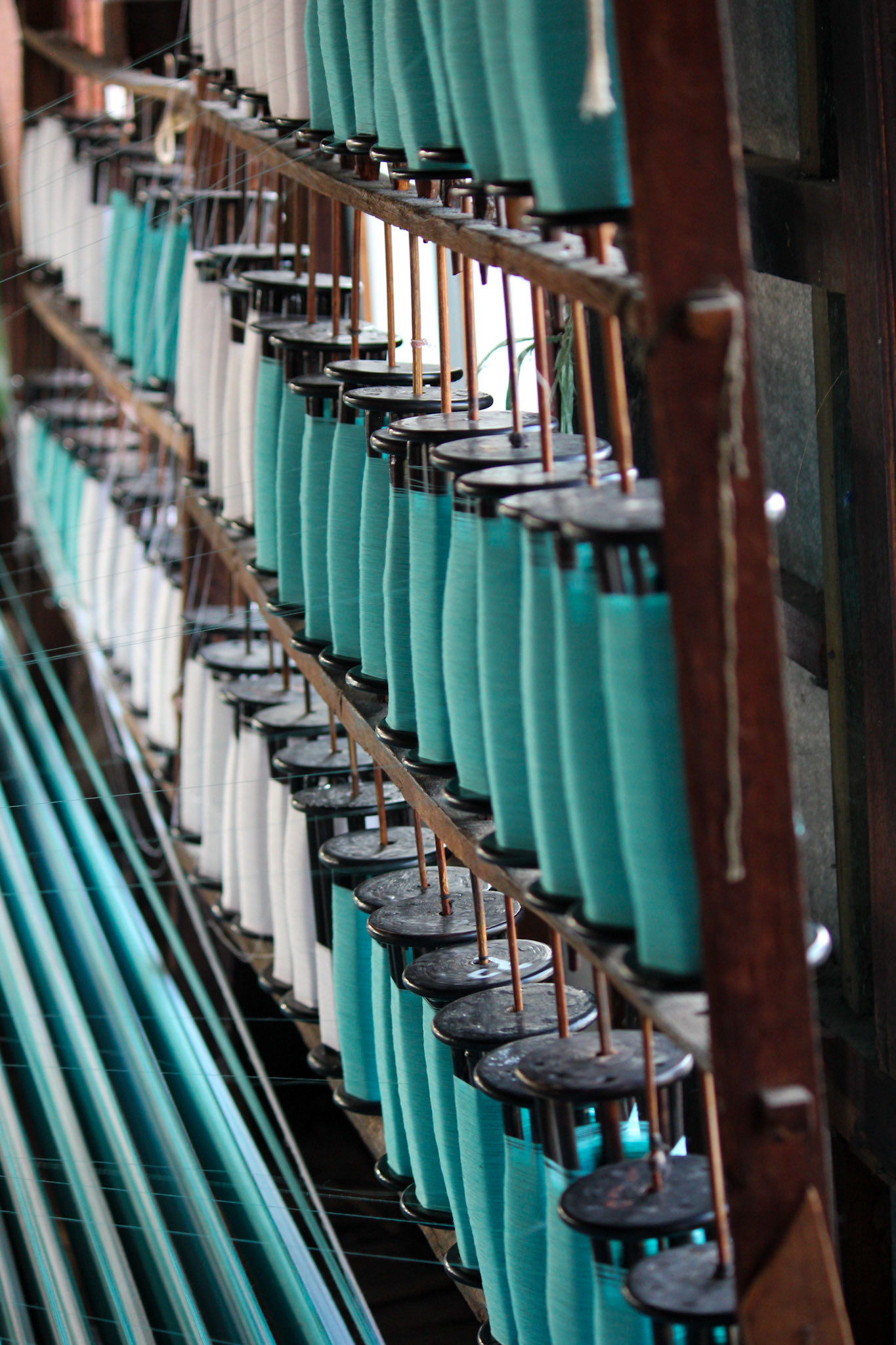
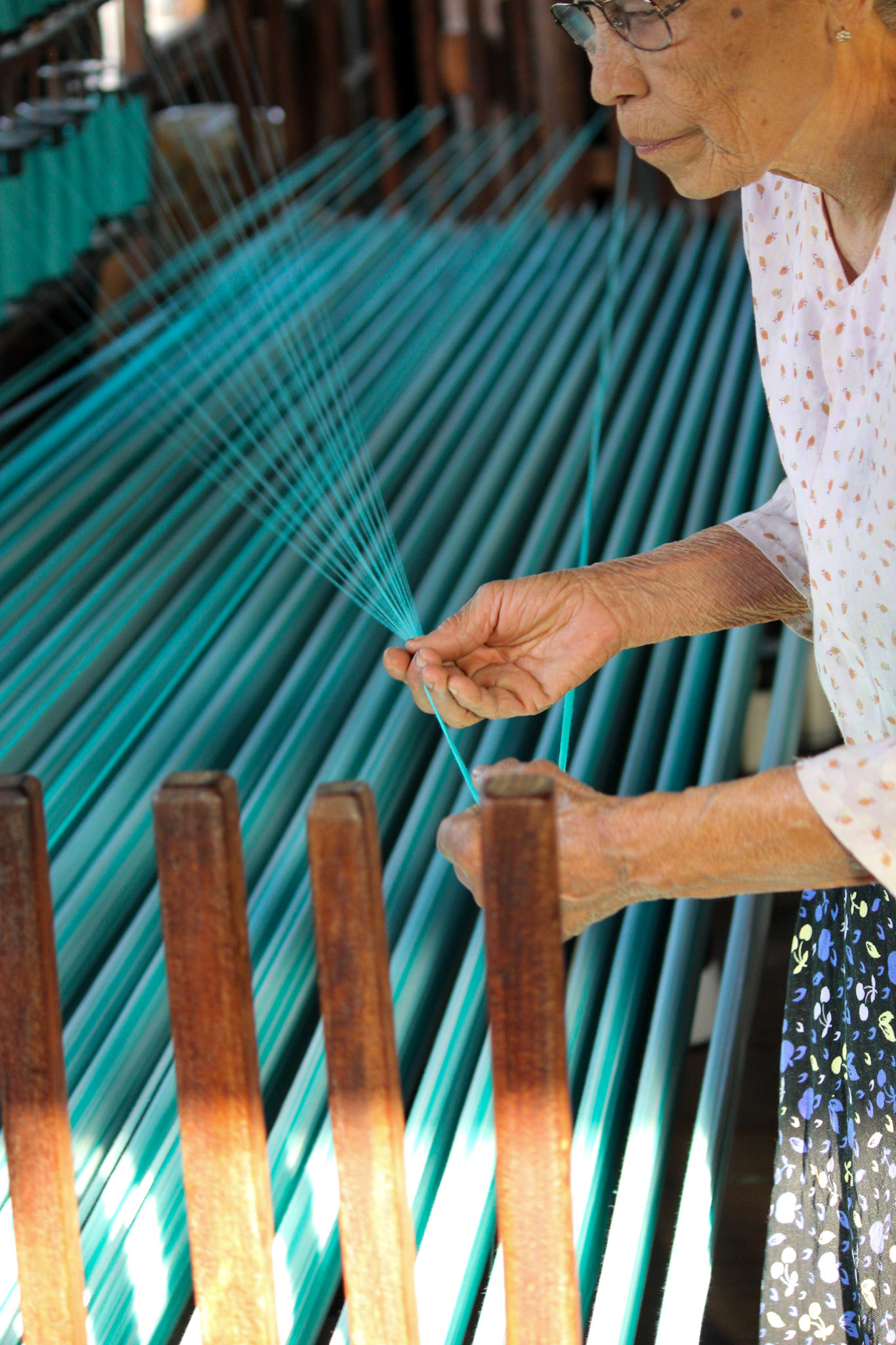
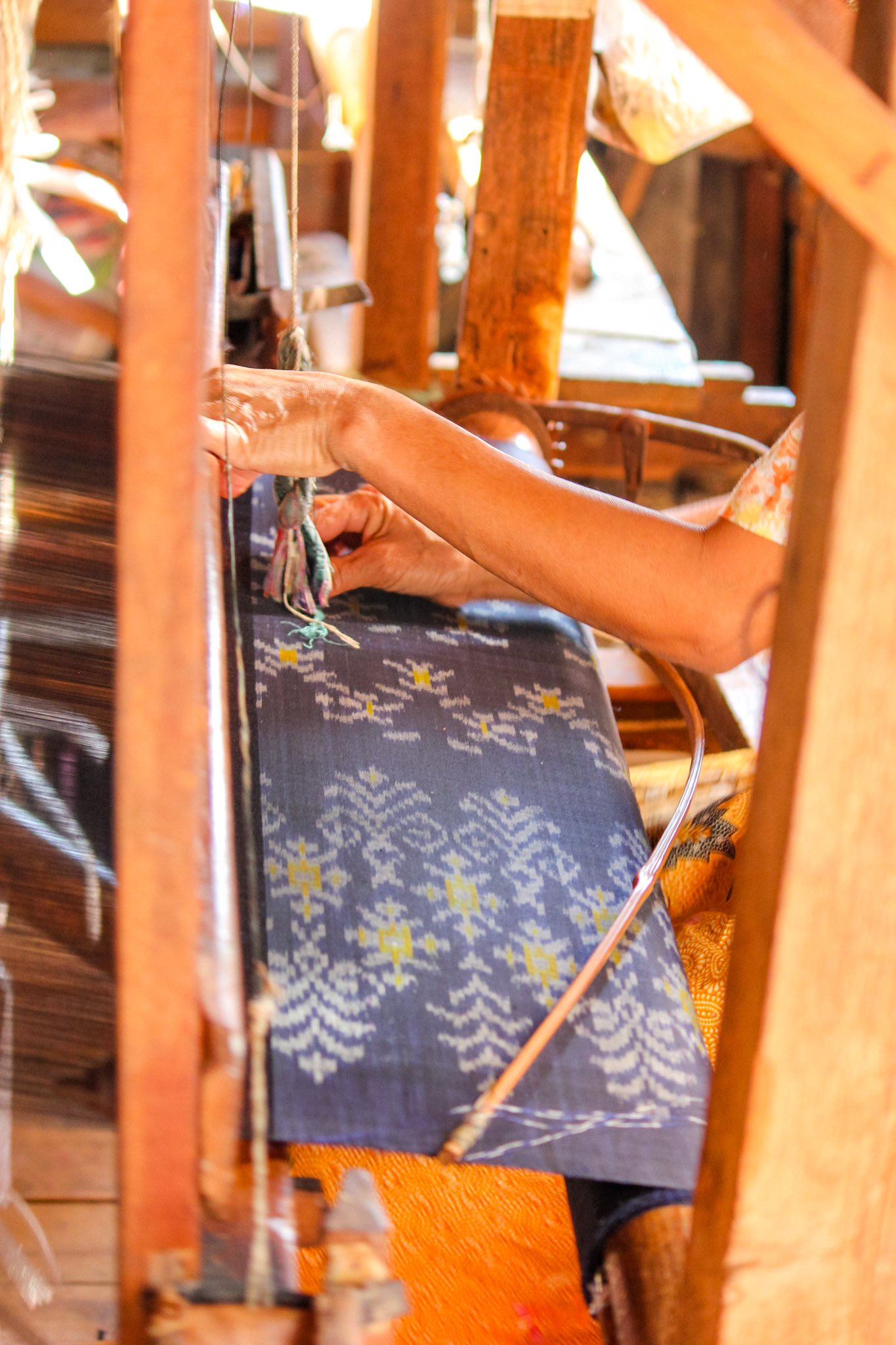
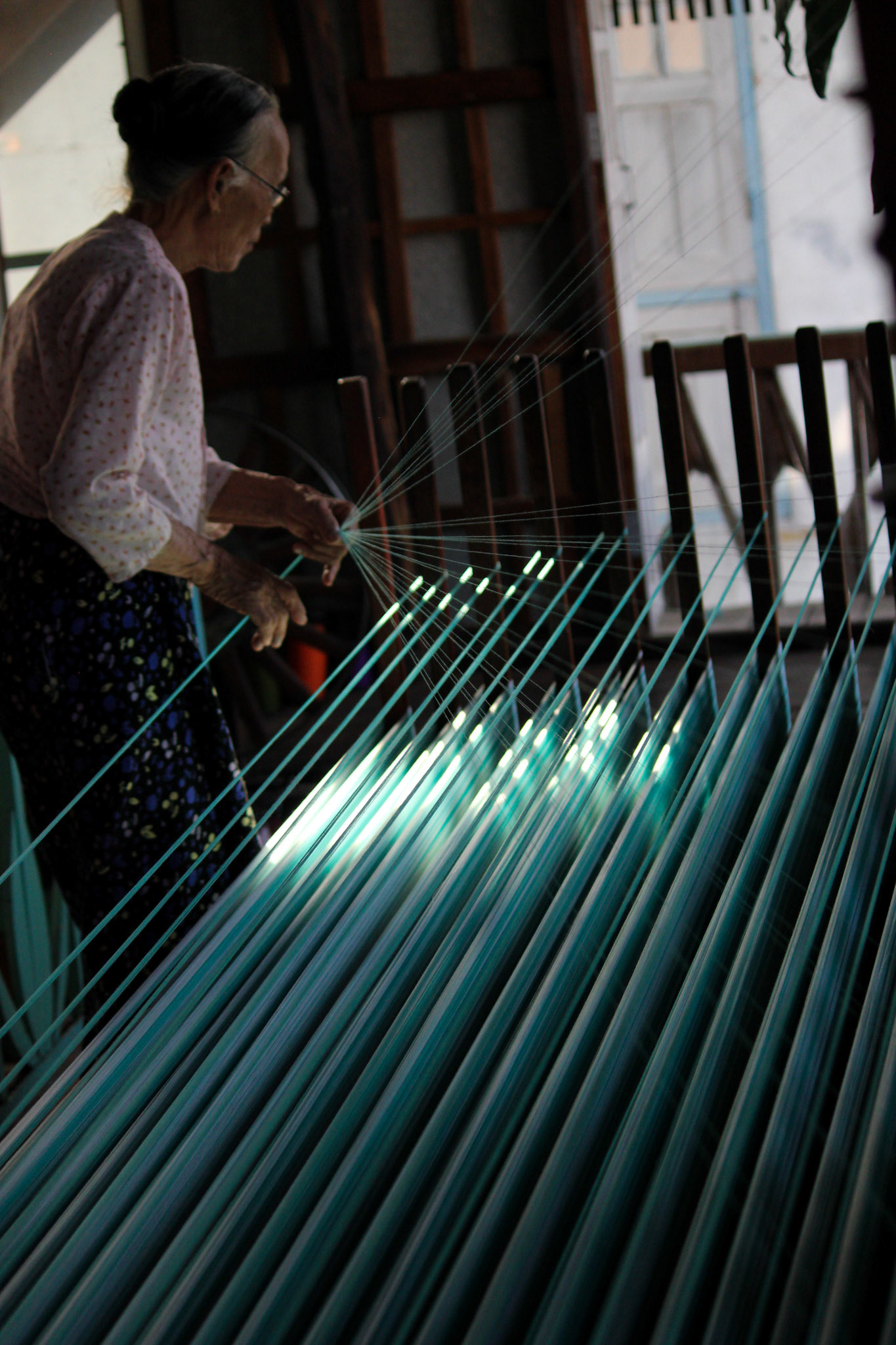
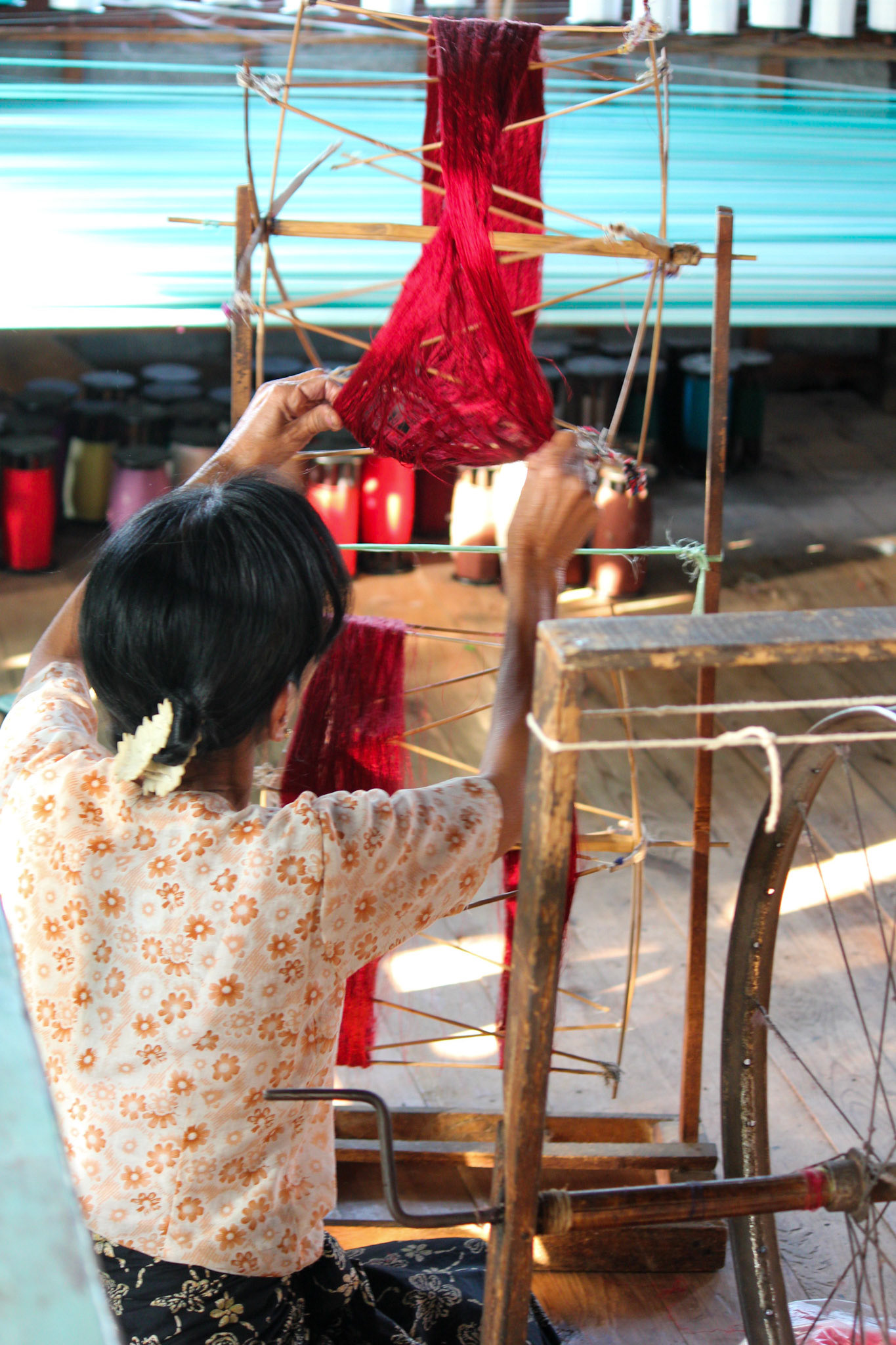
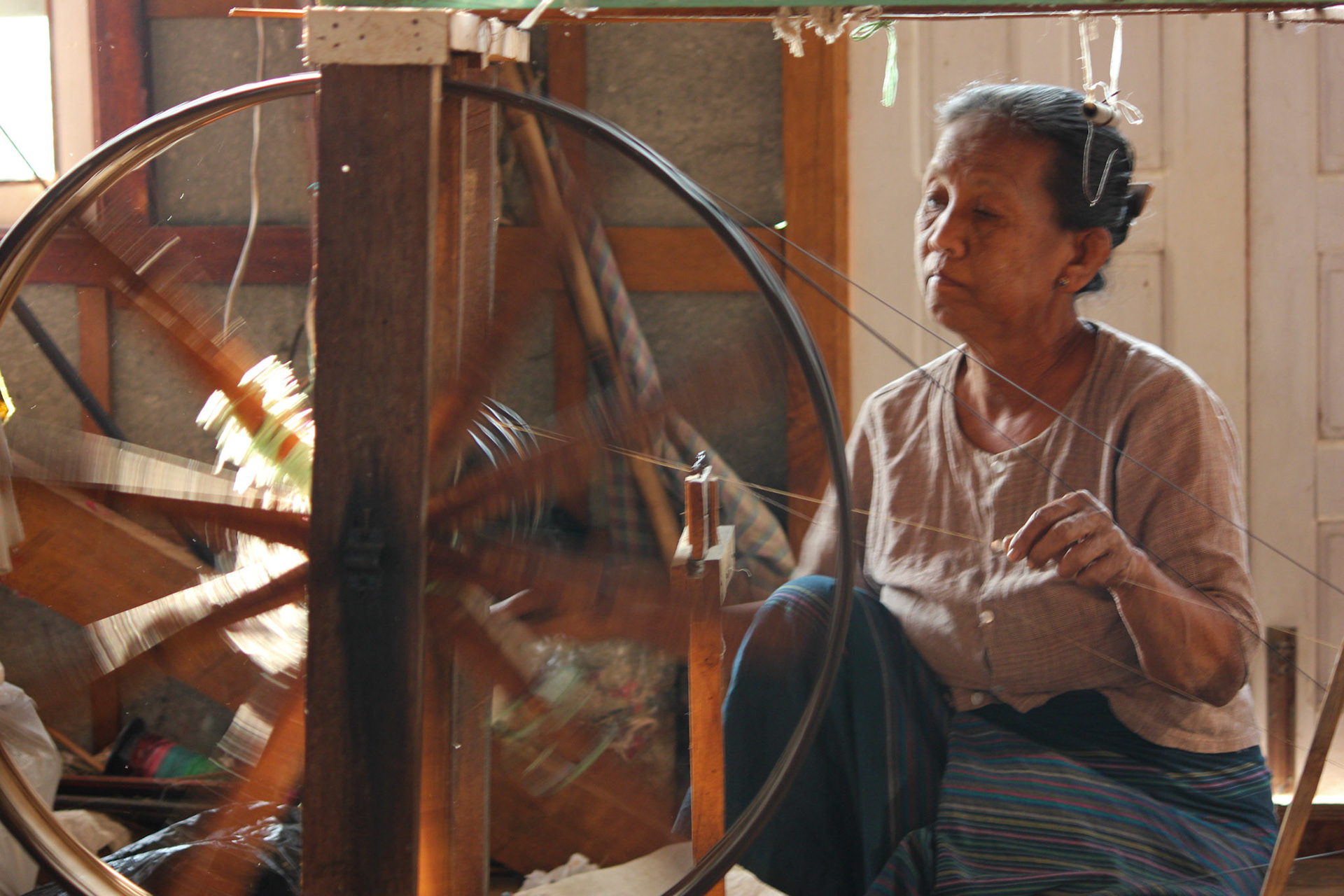
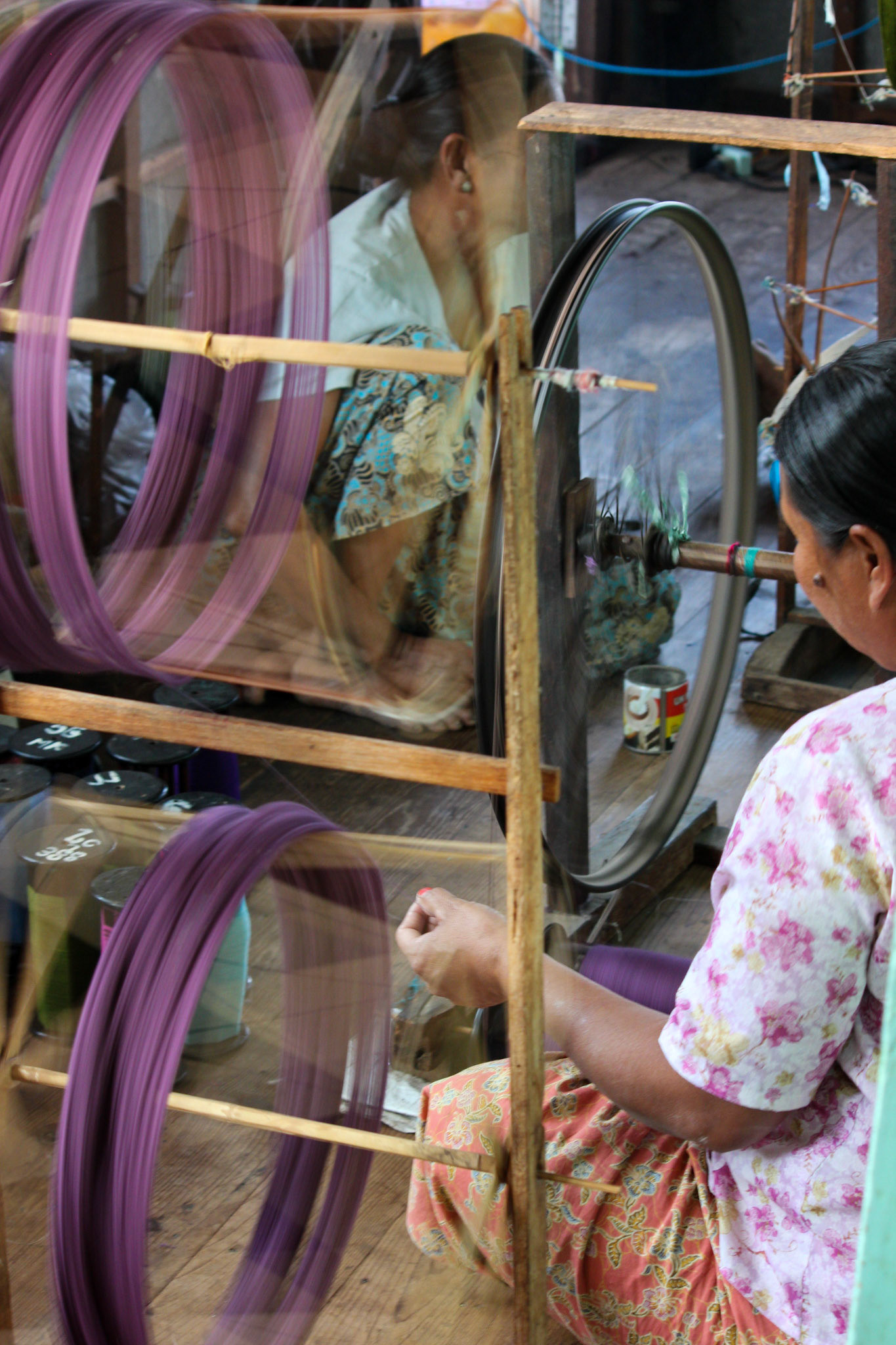
The Kayan tribe are not indigenous to Inle lake, however a few have settled here to showcase their heritage within the craft shops mainly to attract tourists. From a very young age, they wear ever increasing bands of metal to give the appearance of an elongated necks. By late teens their heads are perched atop jewellery weighing the equivalent of 8 bags of sugar. However it's the weight of the brass crushed down on their collarbone and rib cage that creates the appearance of space.
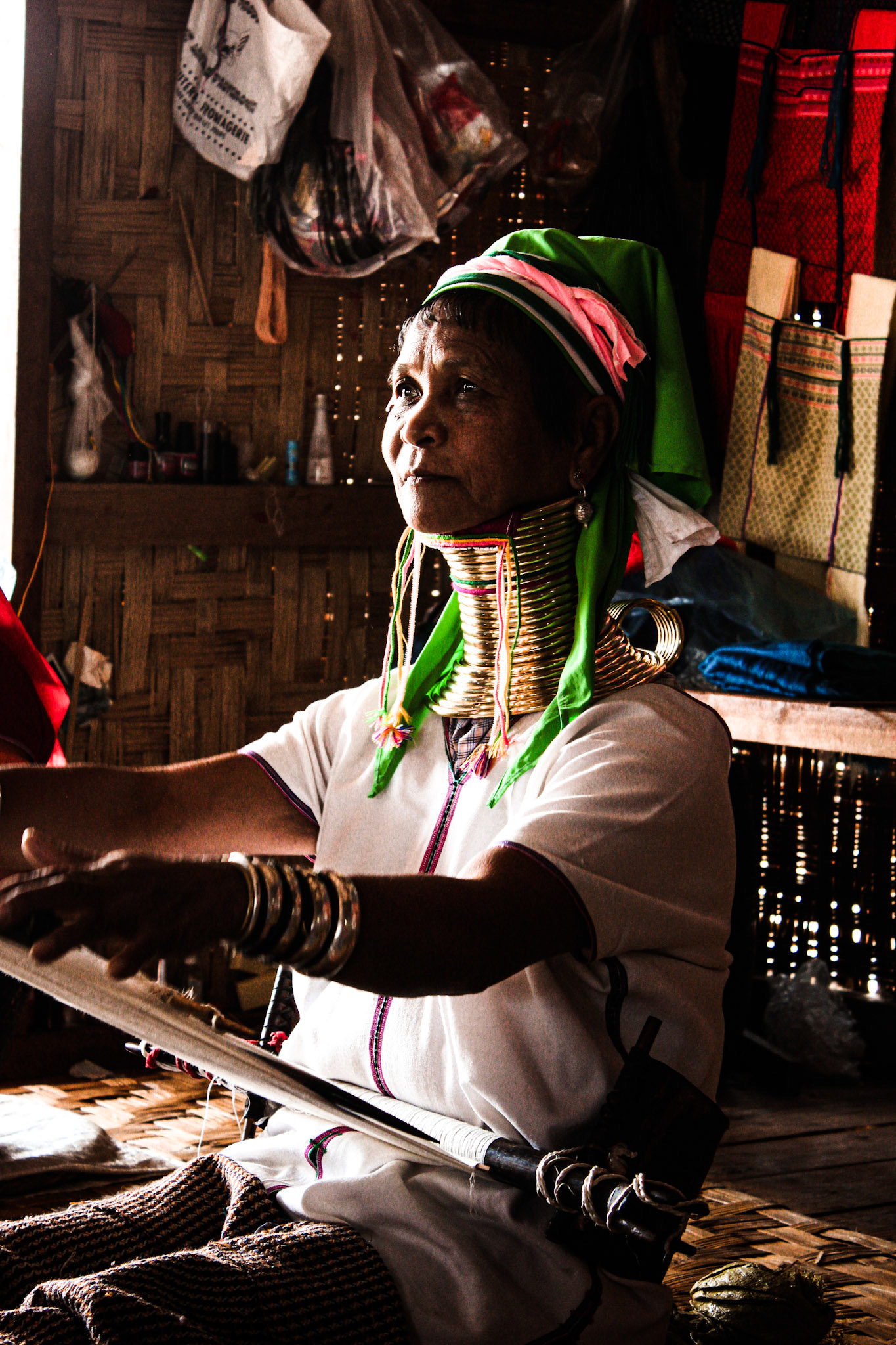
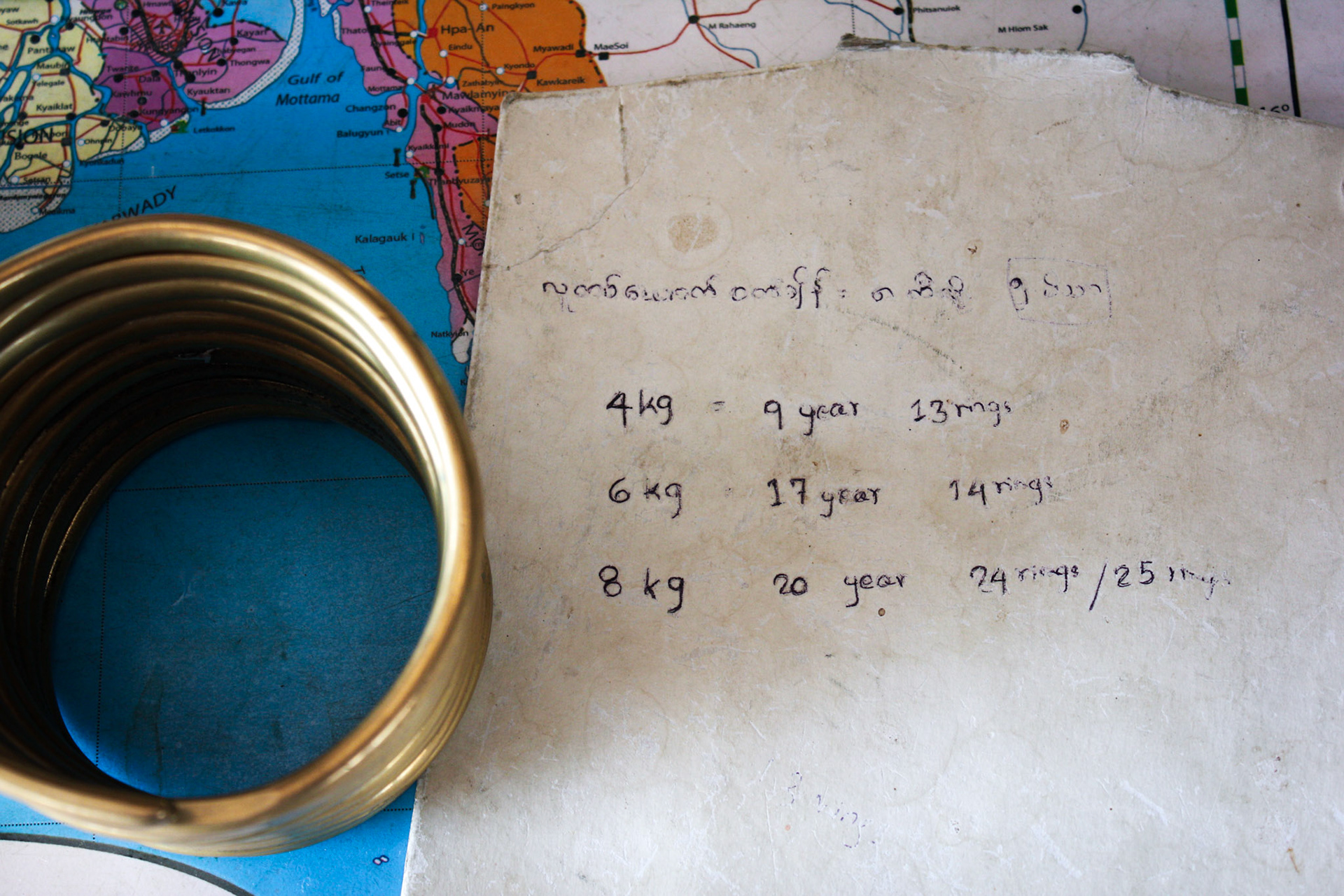
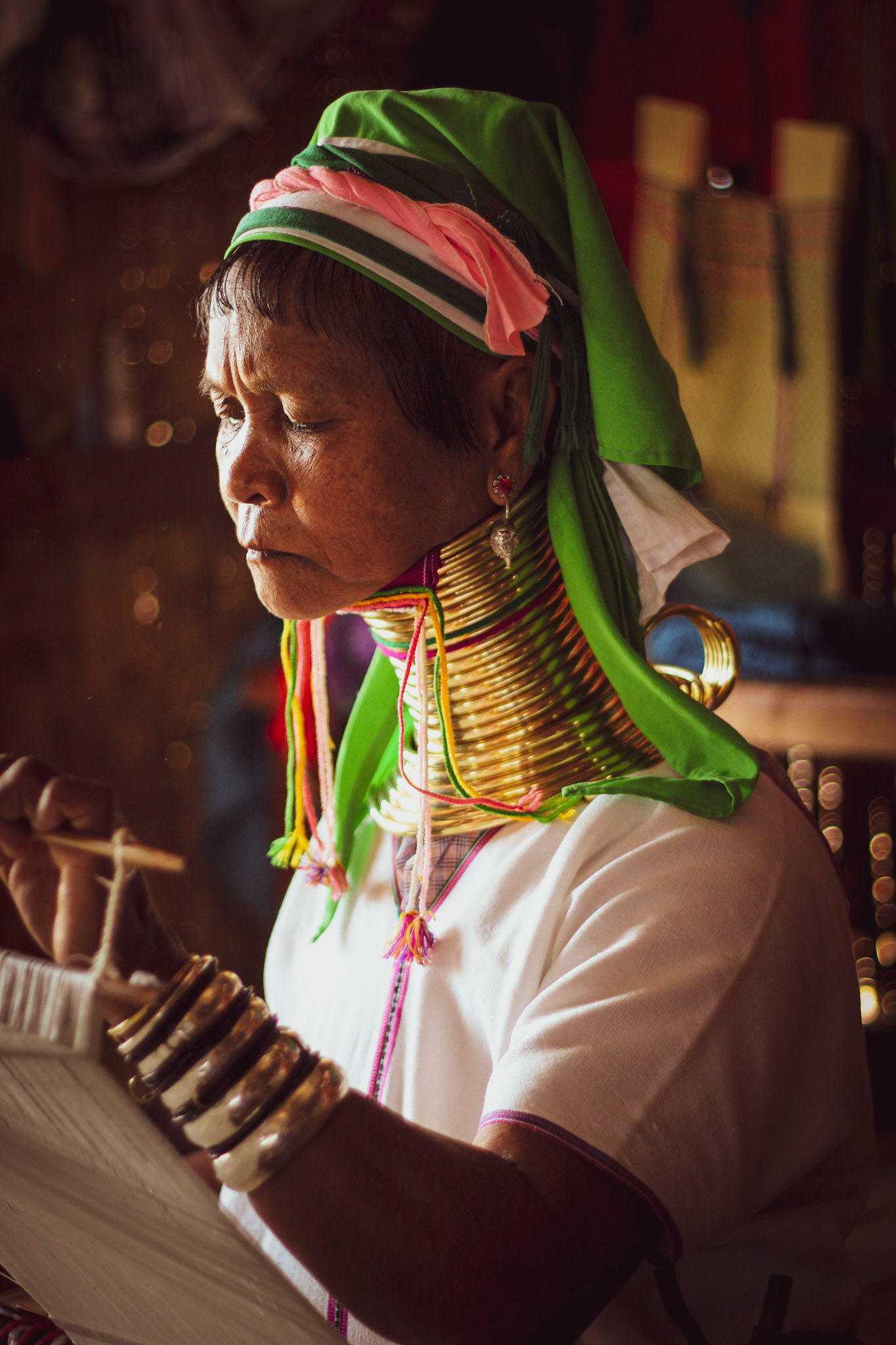
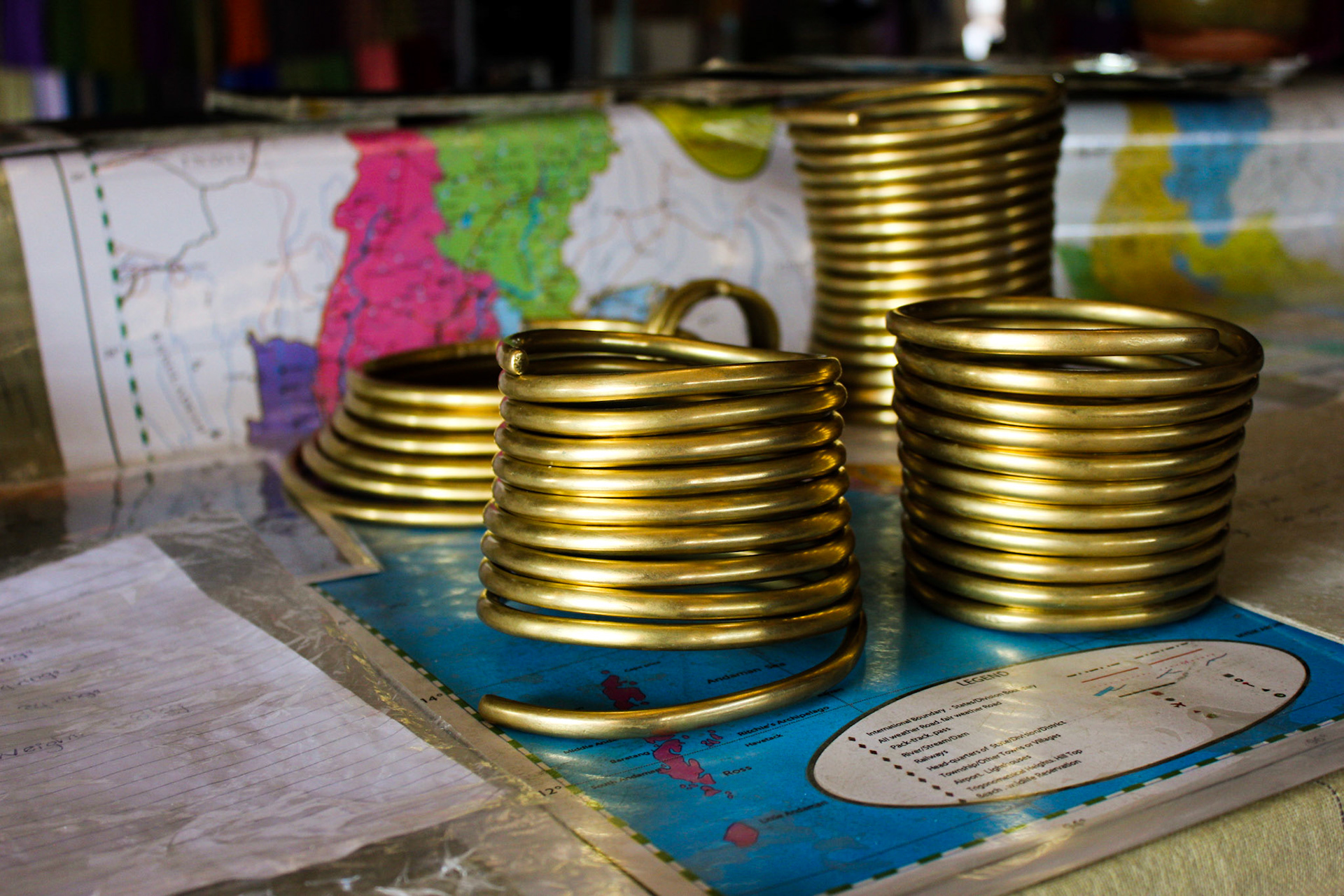
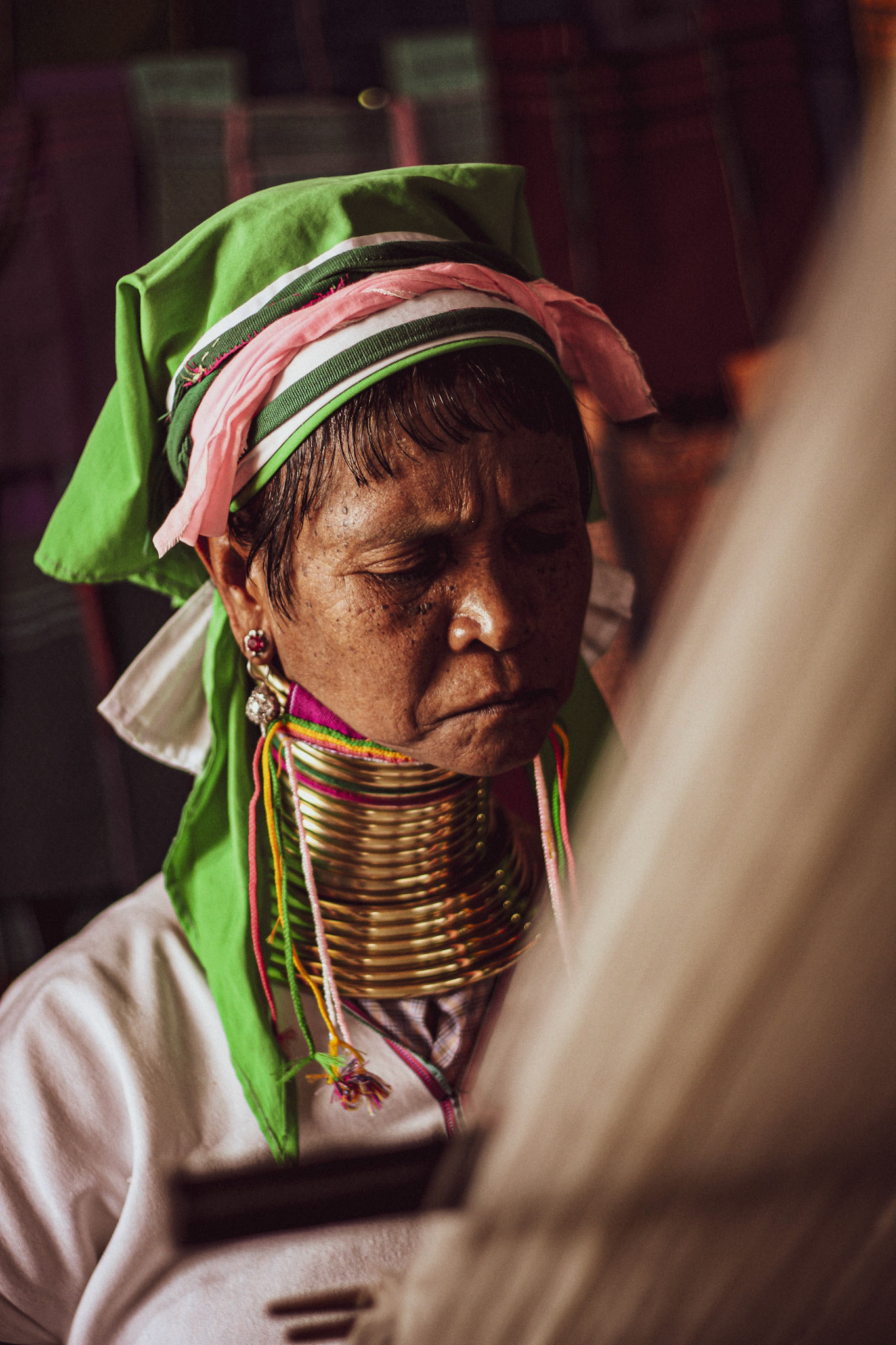
Silverware is produced as you watch the craftsmen firstly smelt the silver then form it into pieces for sales from the shops attached. It's fascinating to watch so close up and know by buying a piece you are supporting the local community.
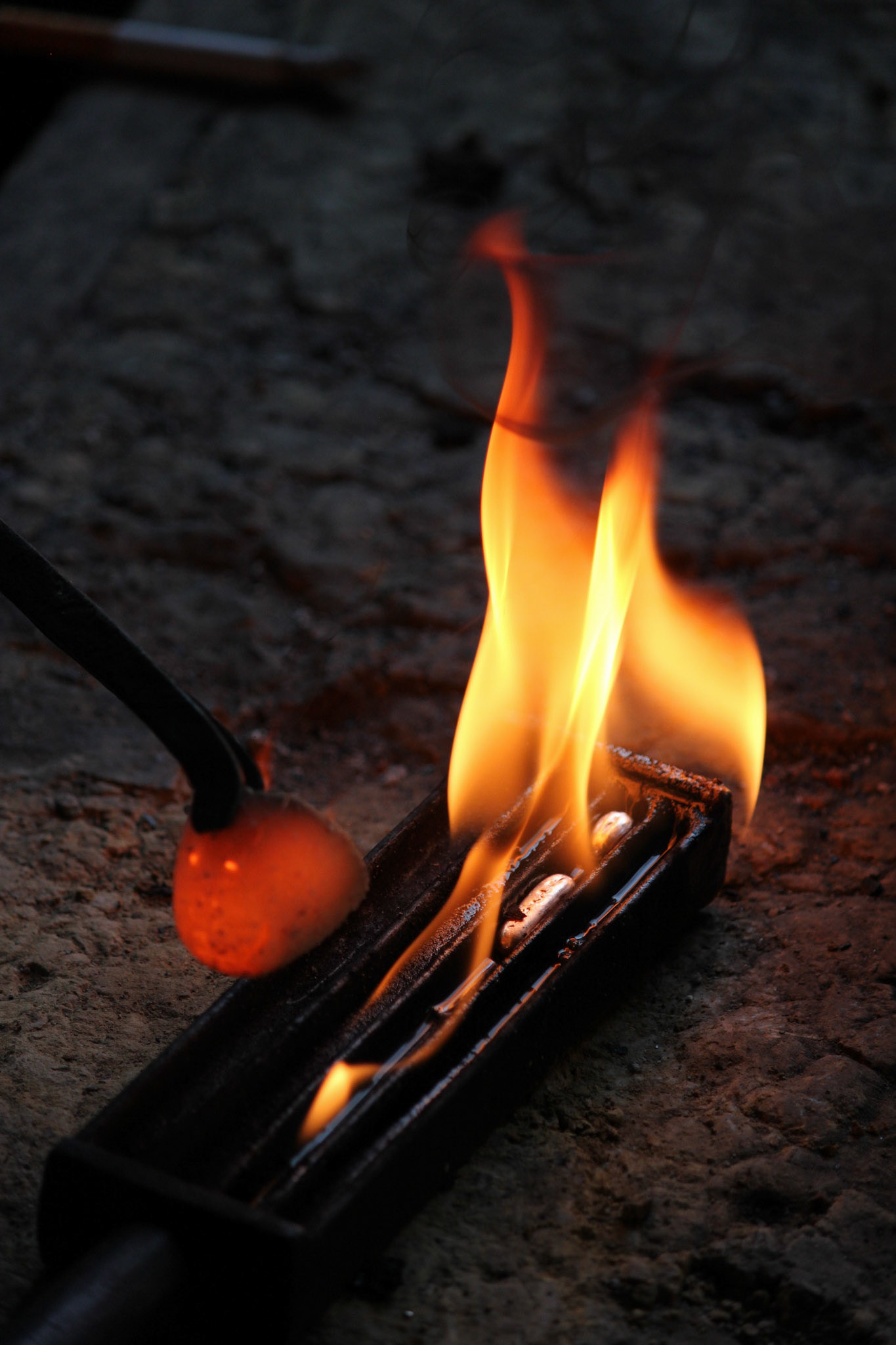
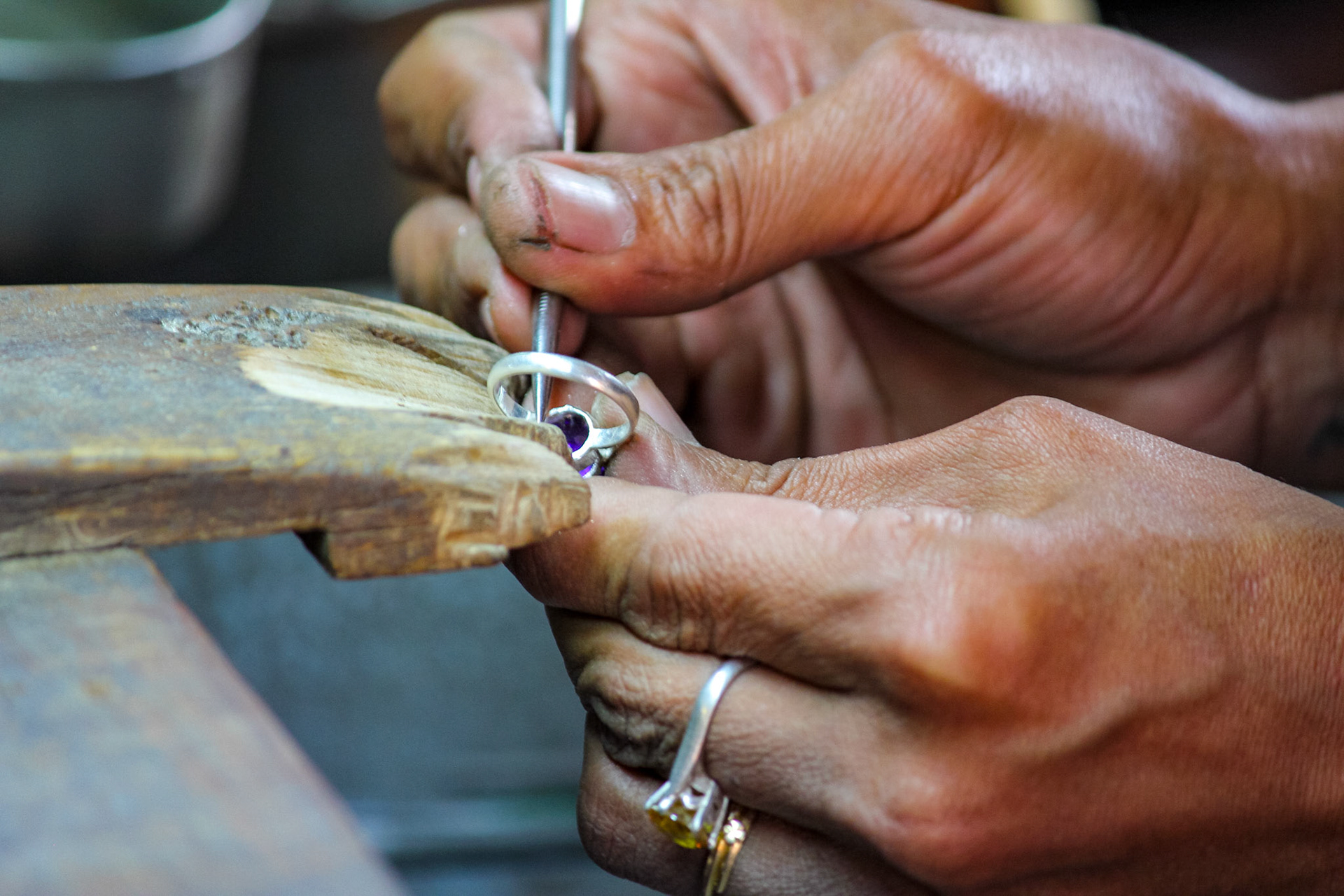
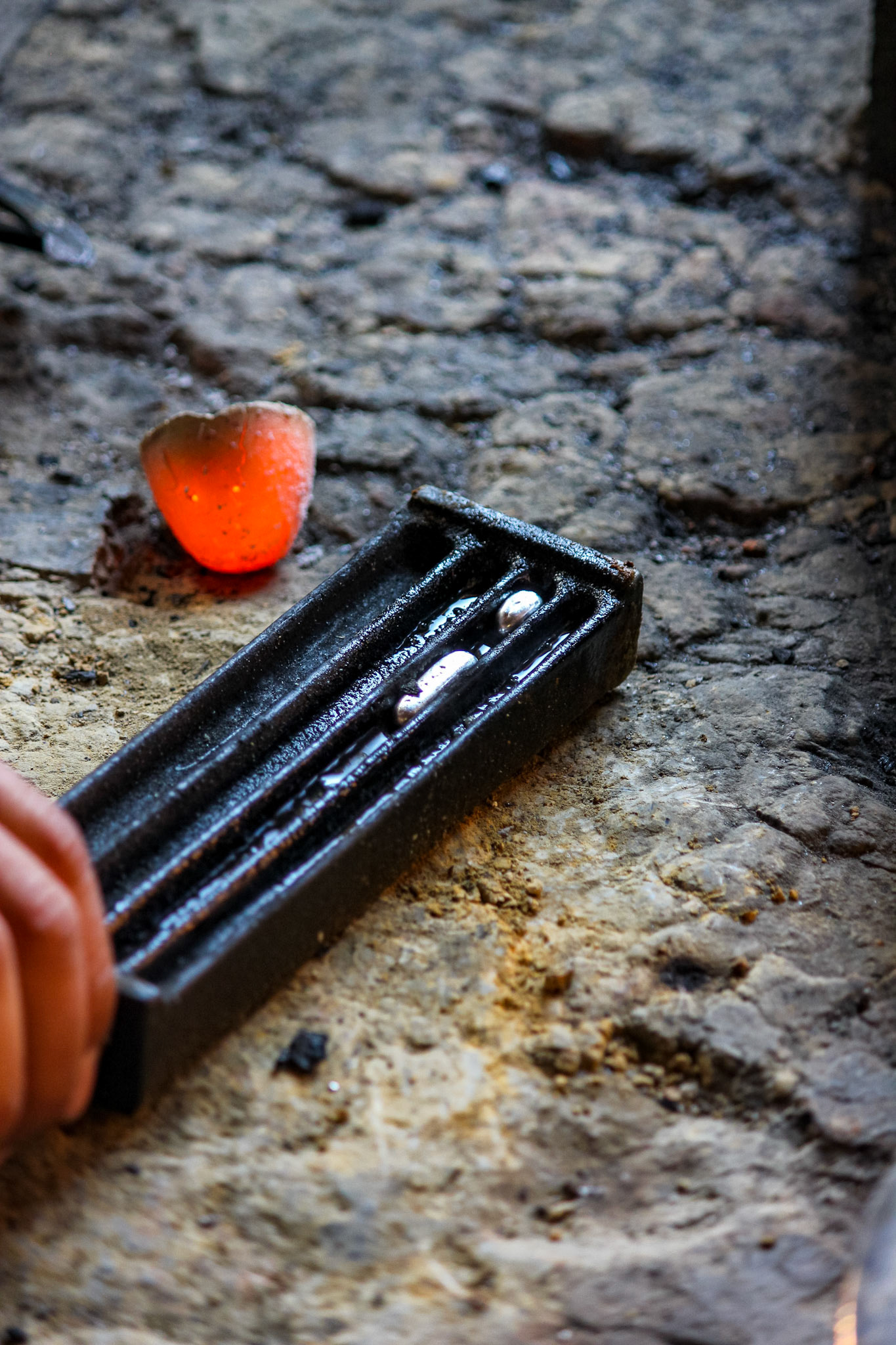
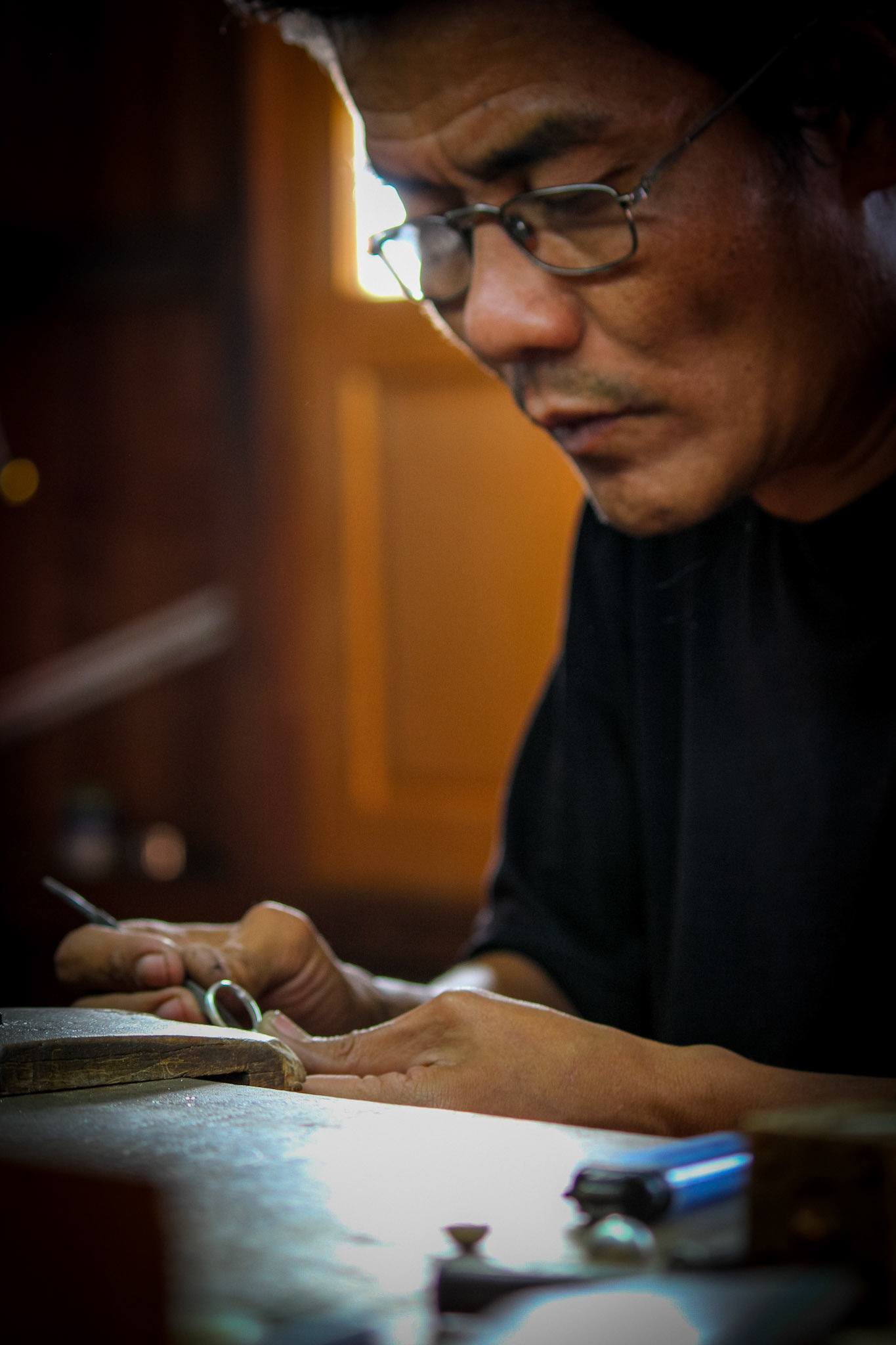
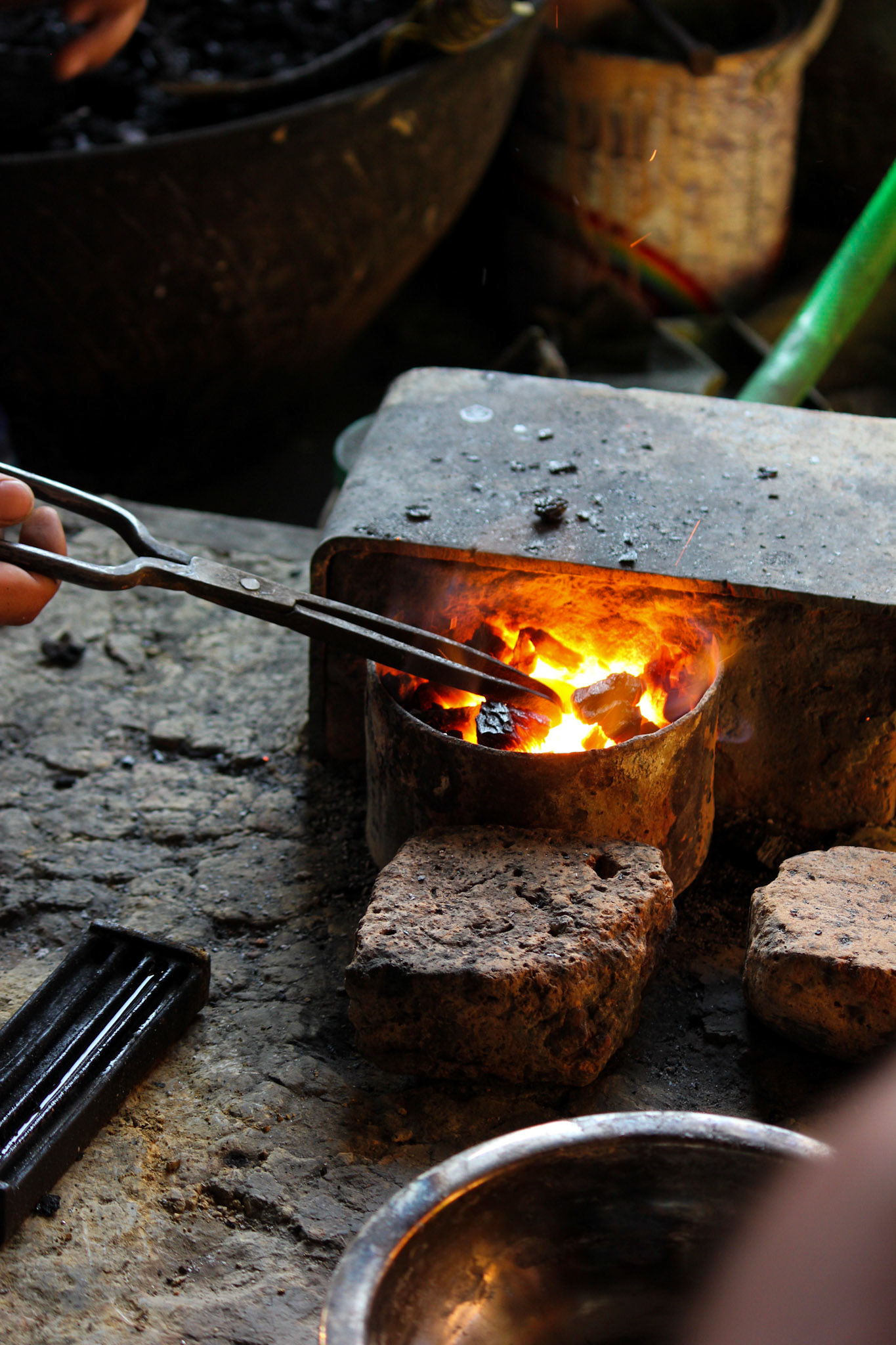
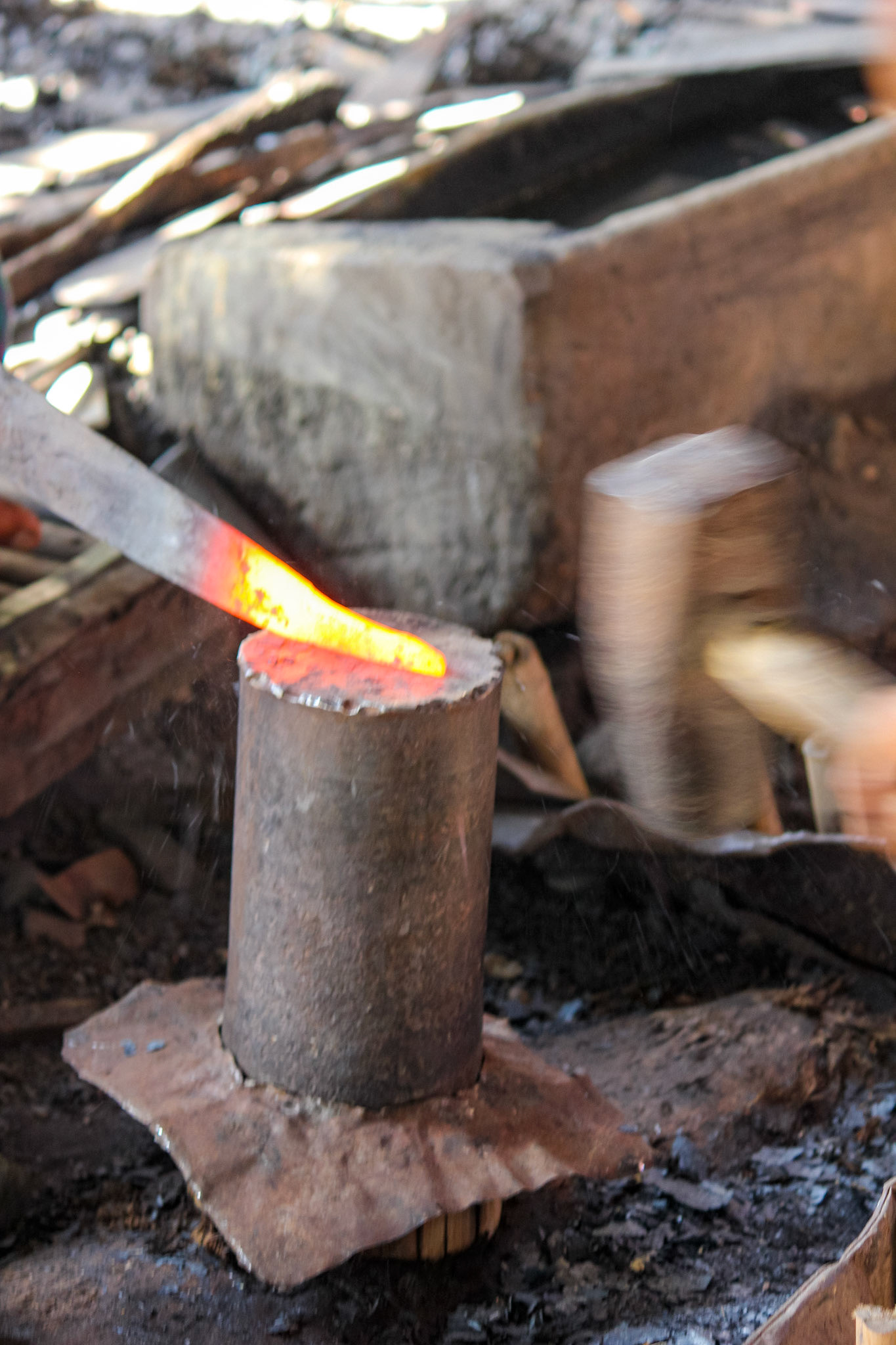
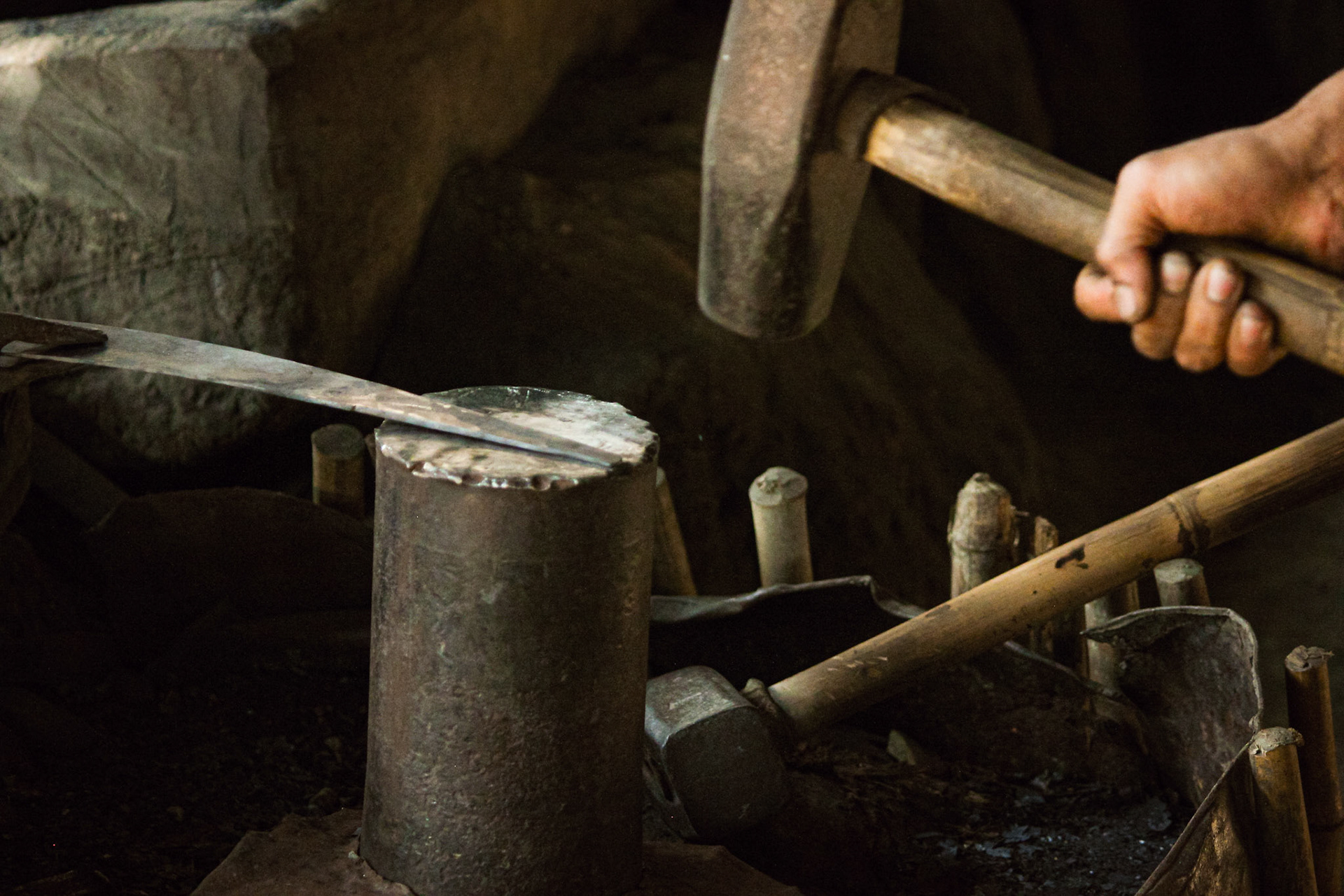
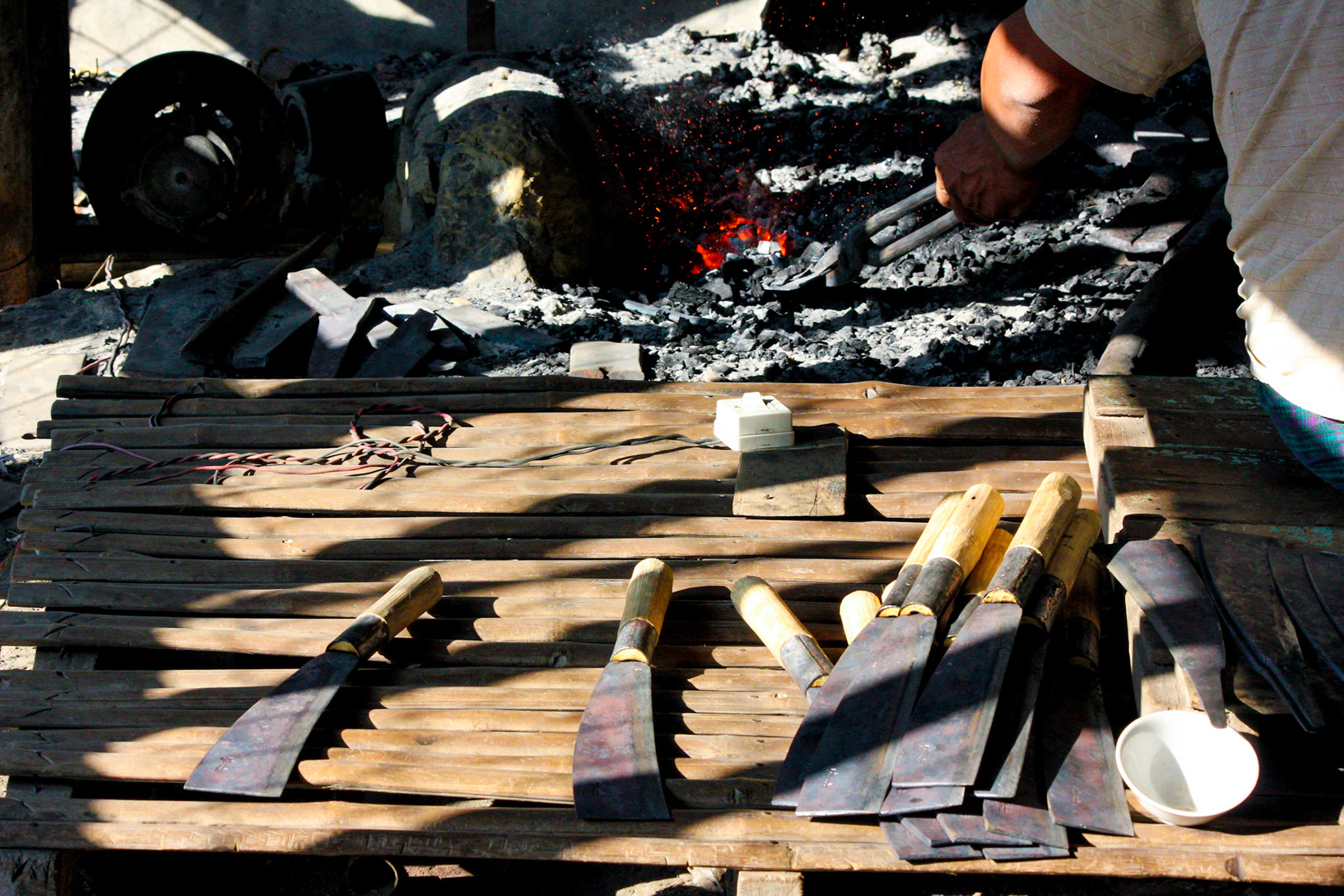
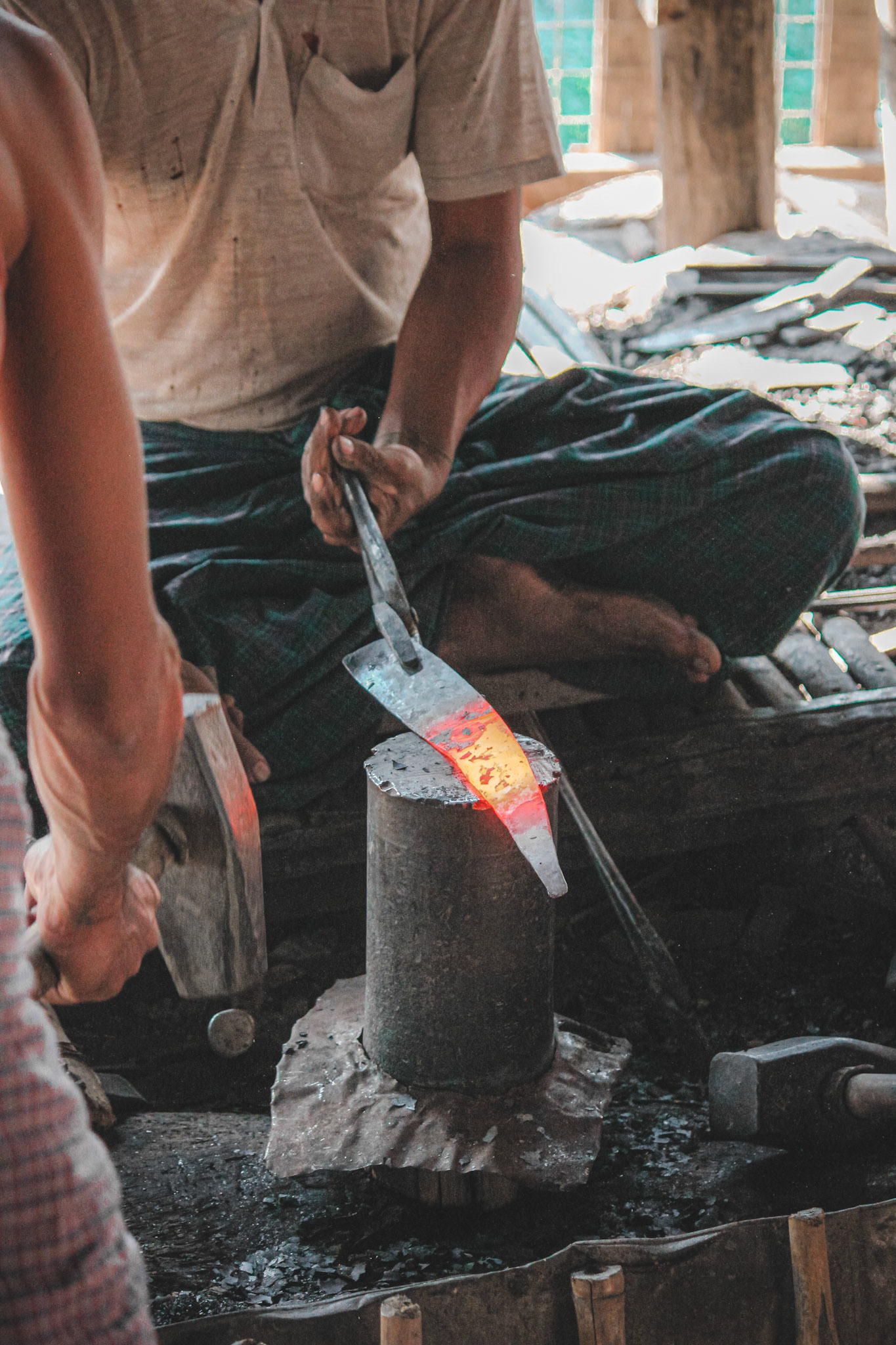
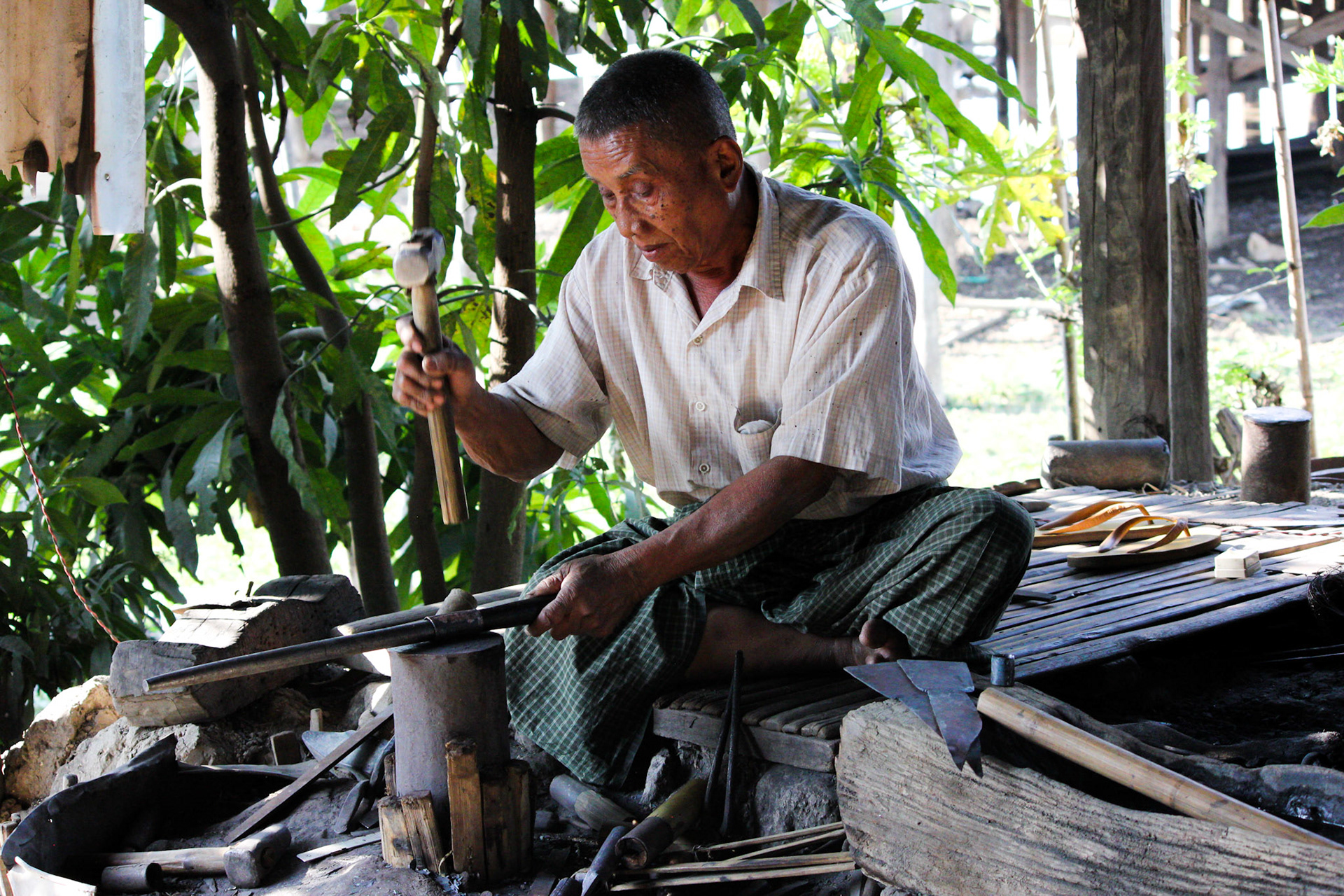
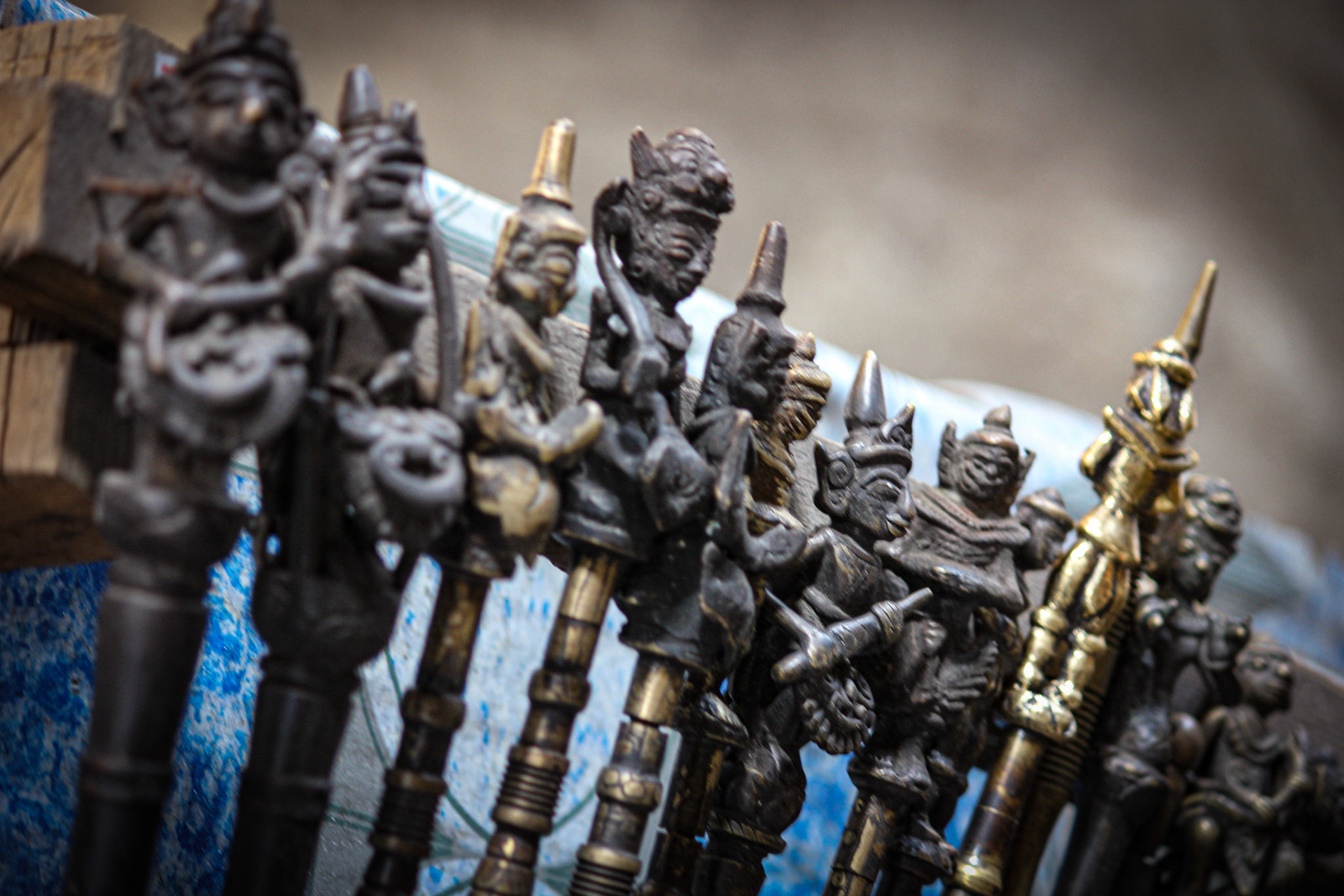
The floating villages and gardens appear to offer a tranquil space to grow up. The children play ball games with precision on their small patch of grass, whilst others without the luxury of a garden play on their boats to pass the time
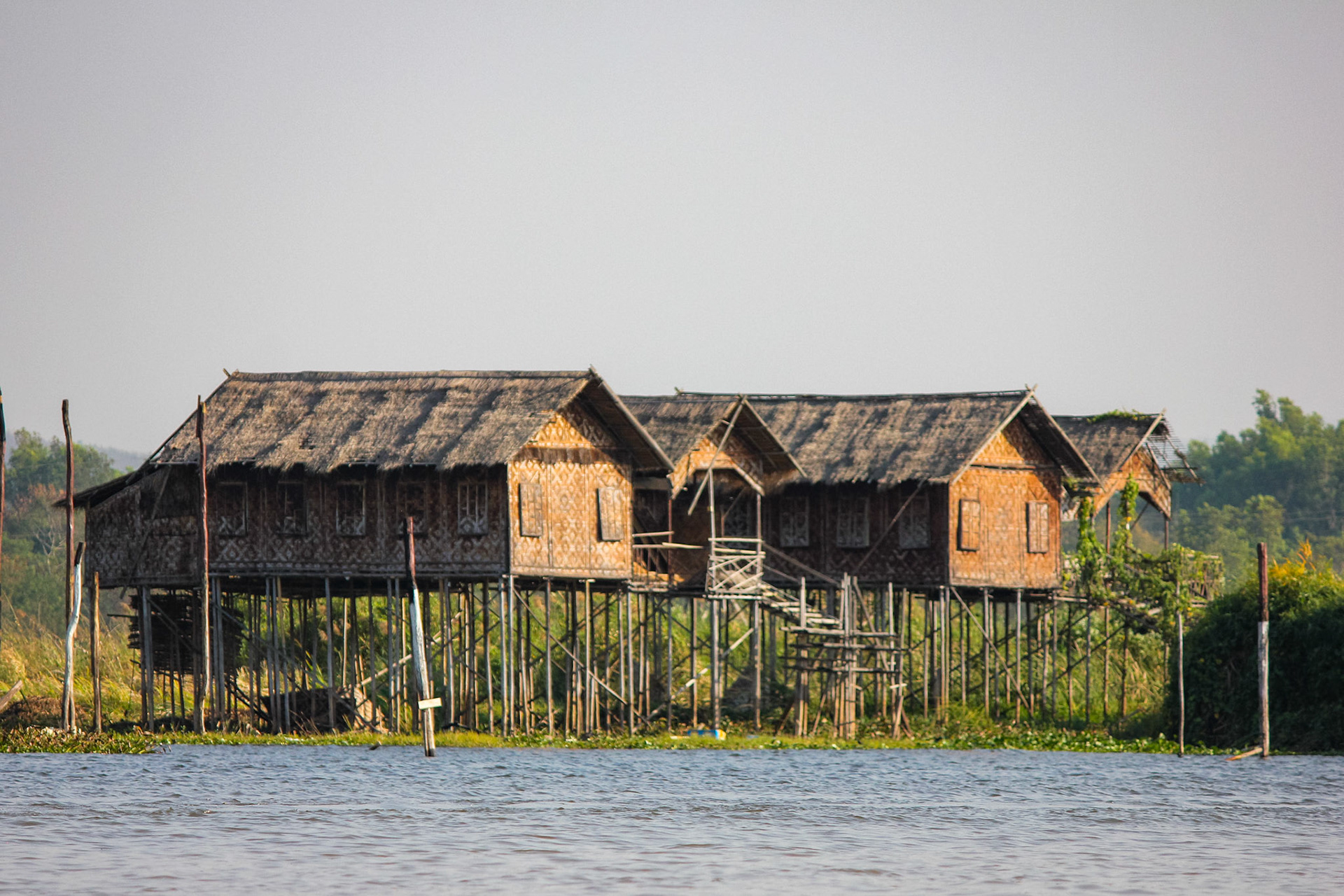
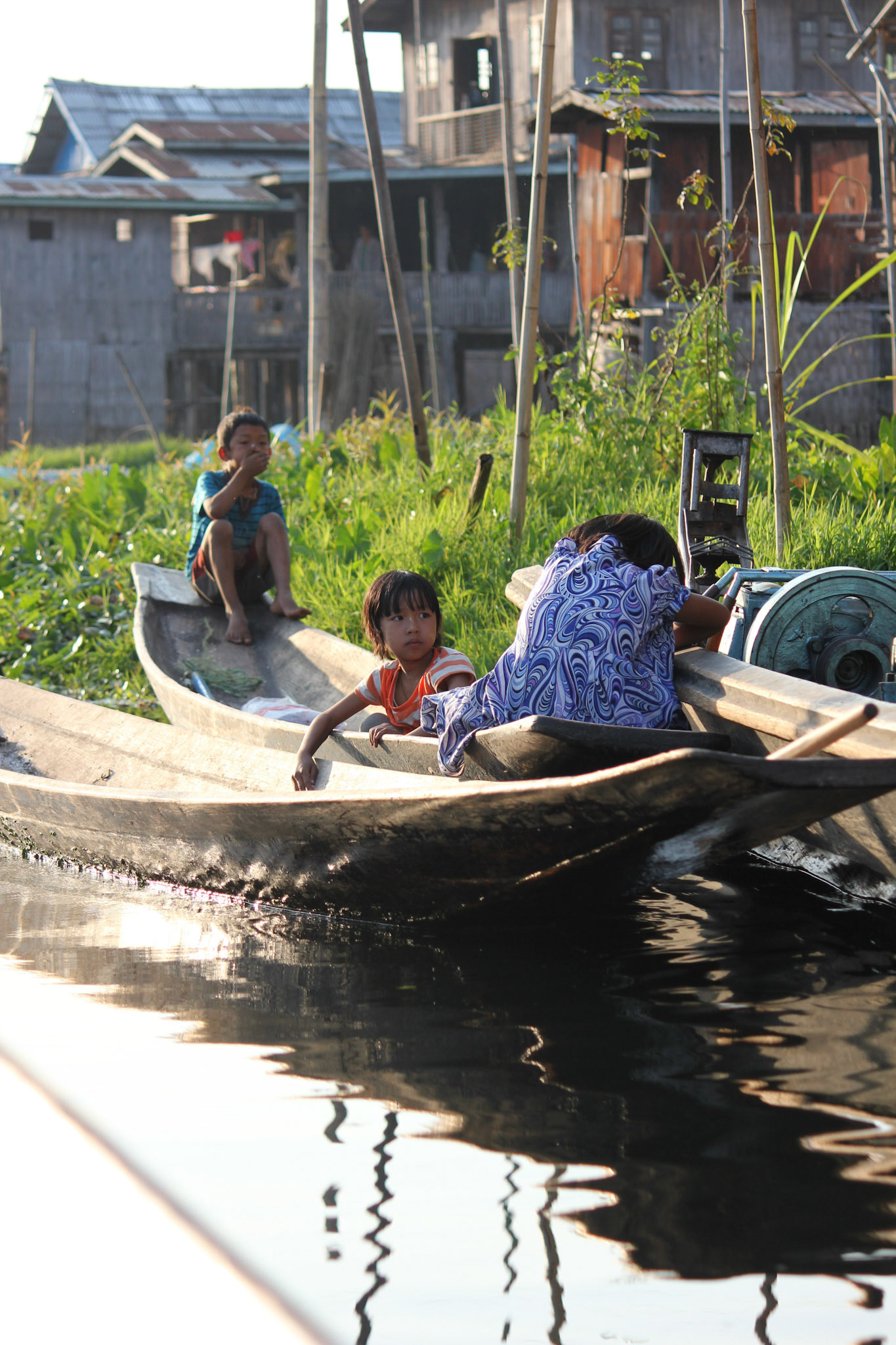
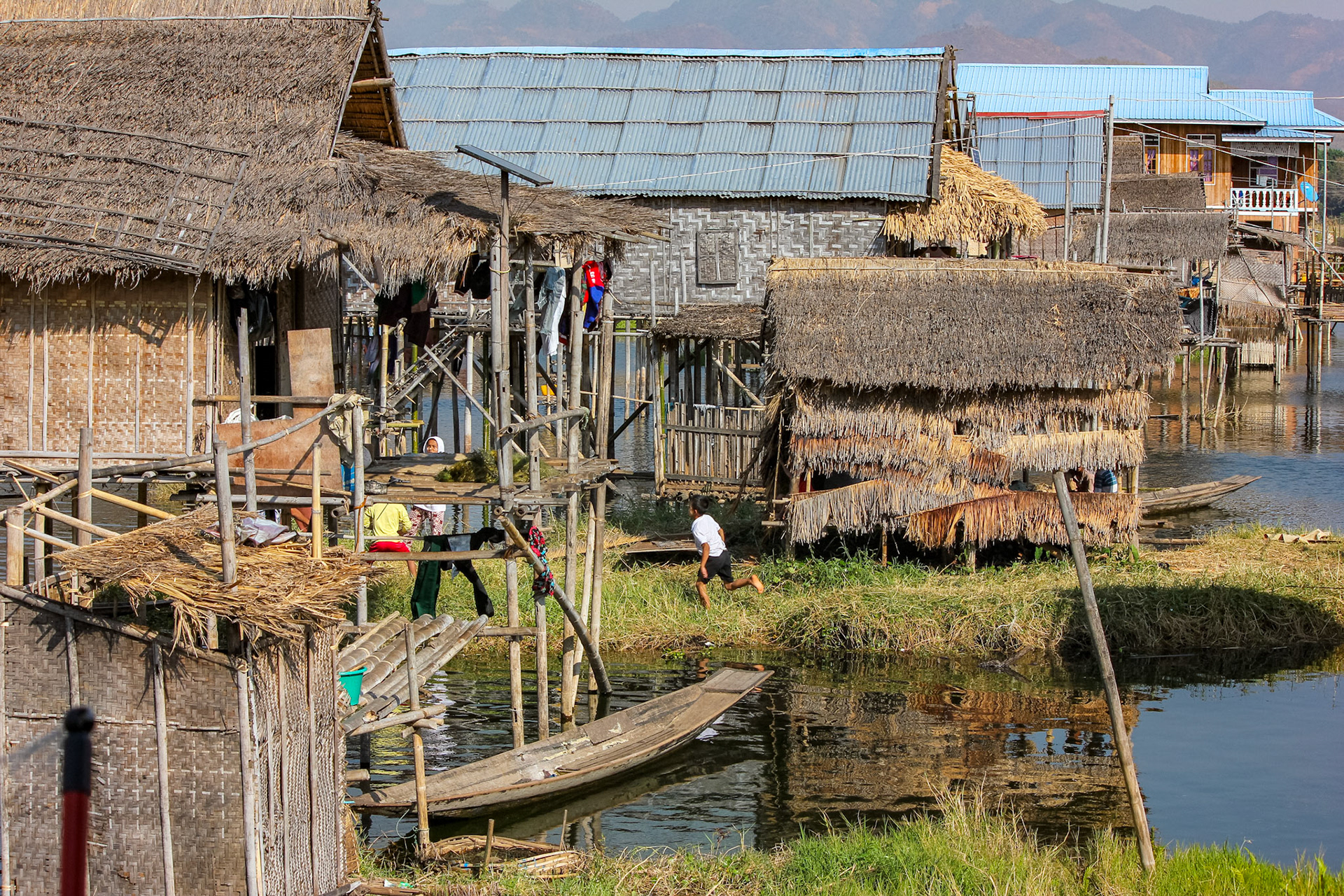
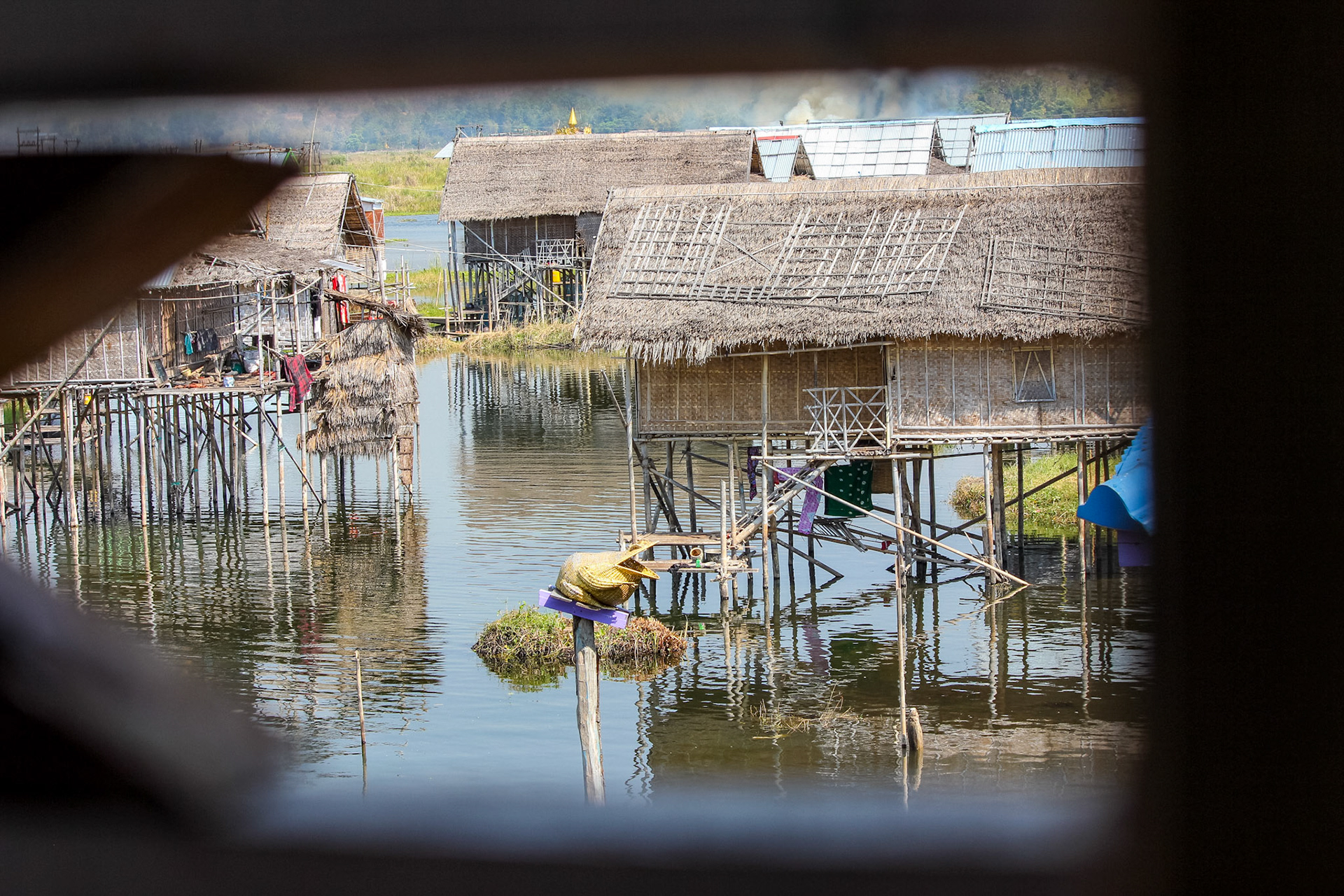
The vegetable garden terraces. Residents are pretty much self sufficient. Food is grown here in the floating gardens and not imported in from other parts of the country. The patchwork of gardens and canals across this part of the lake provide a rare green contrast to the brown hazy backdrop of the mountains beyond the lake.
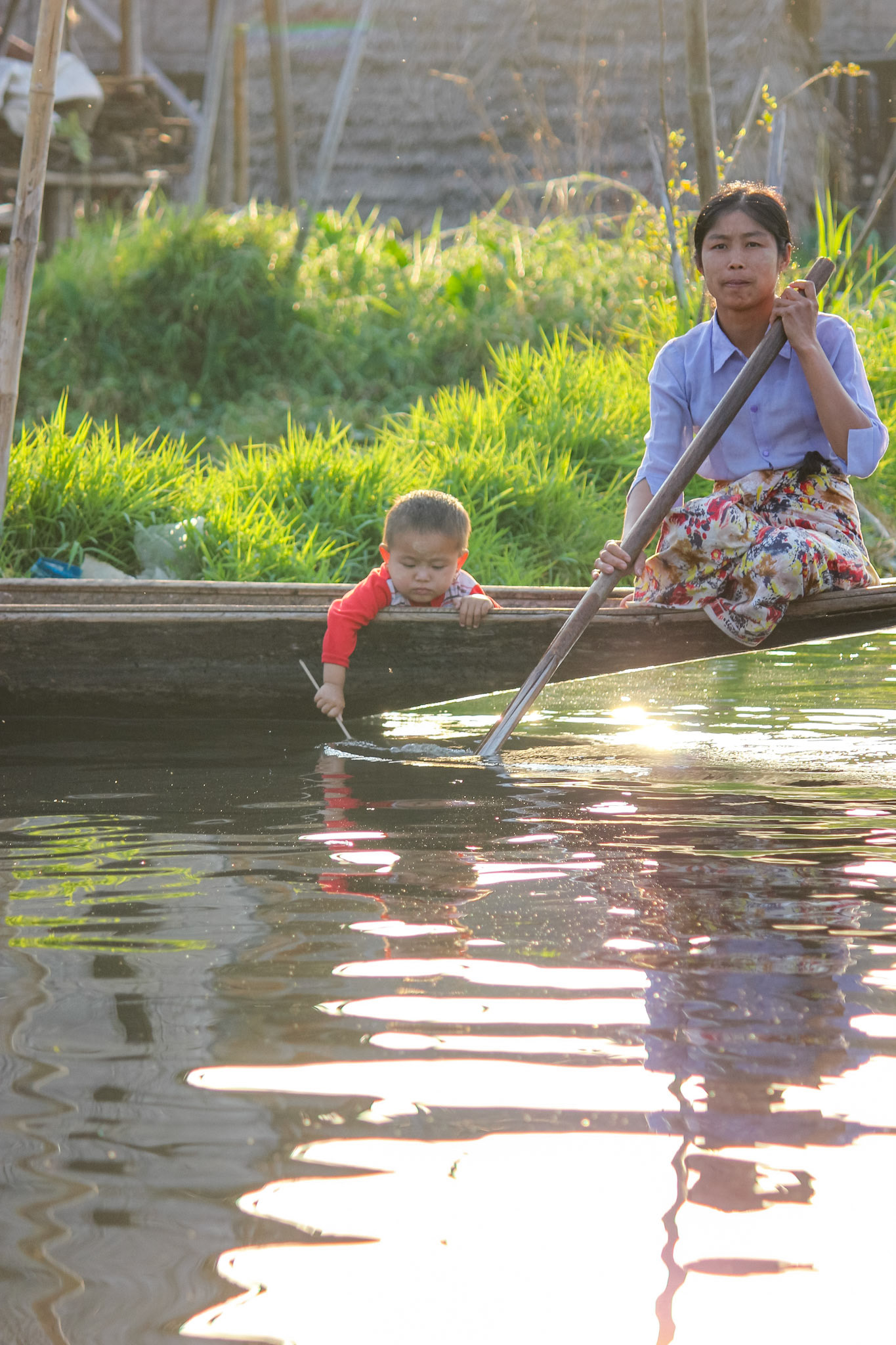
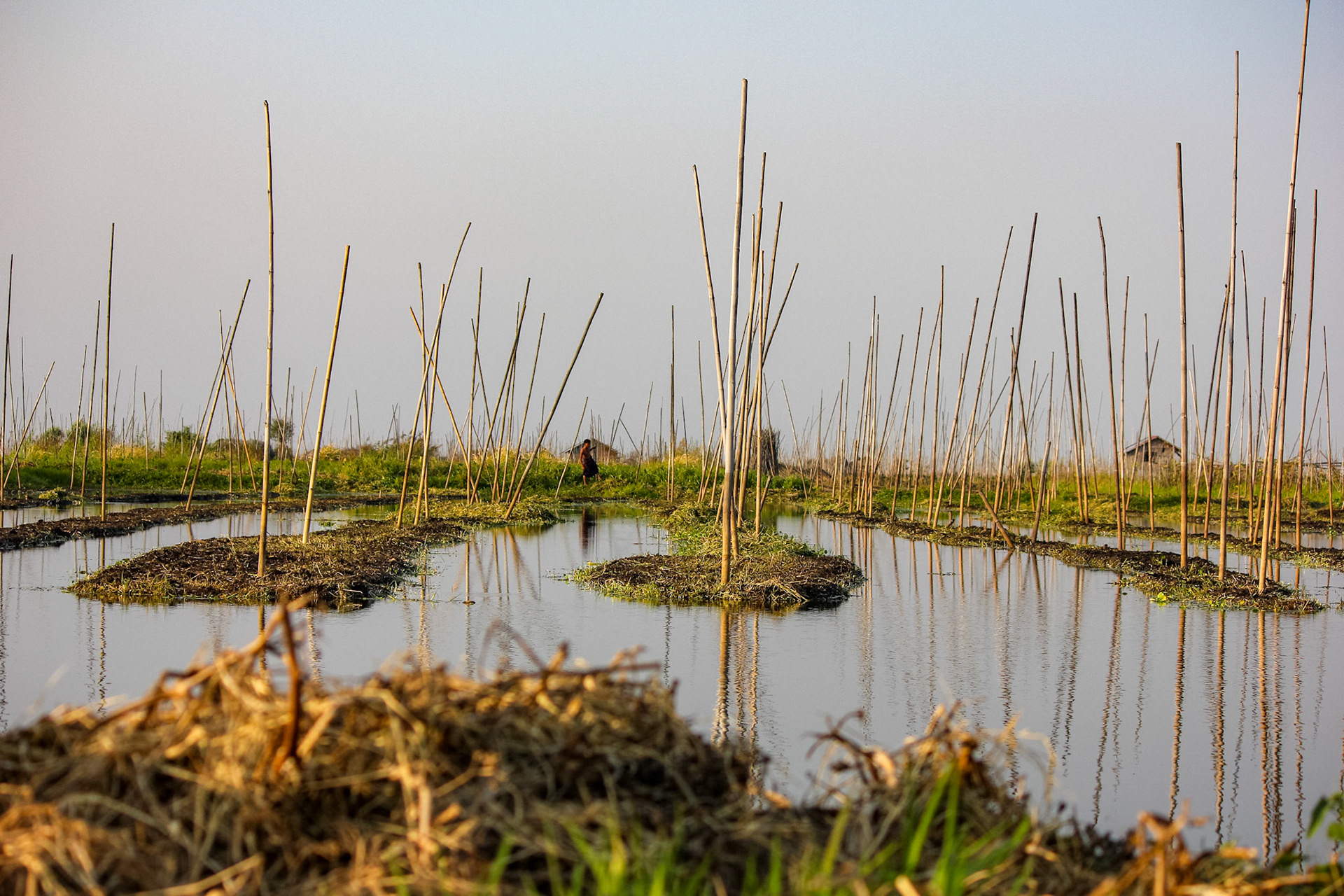
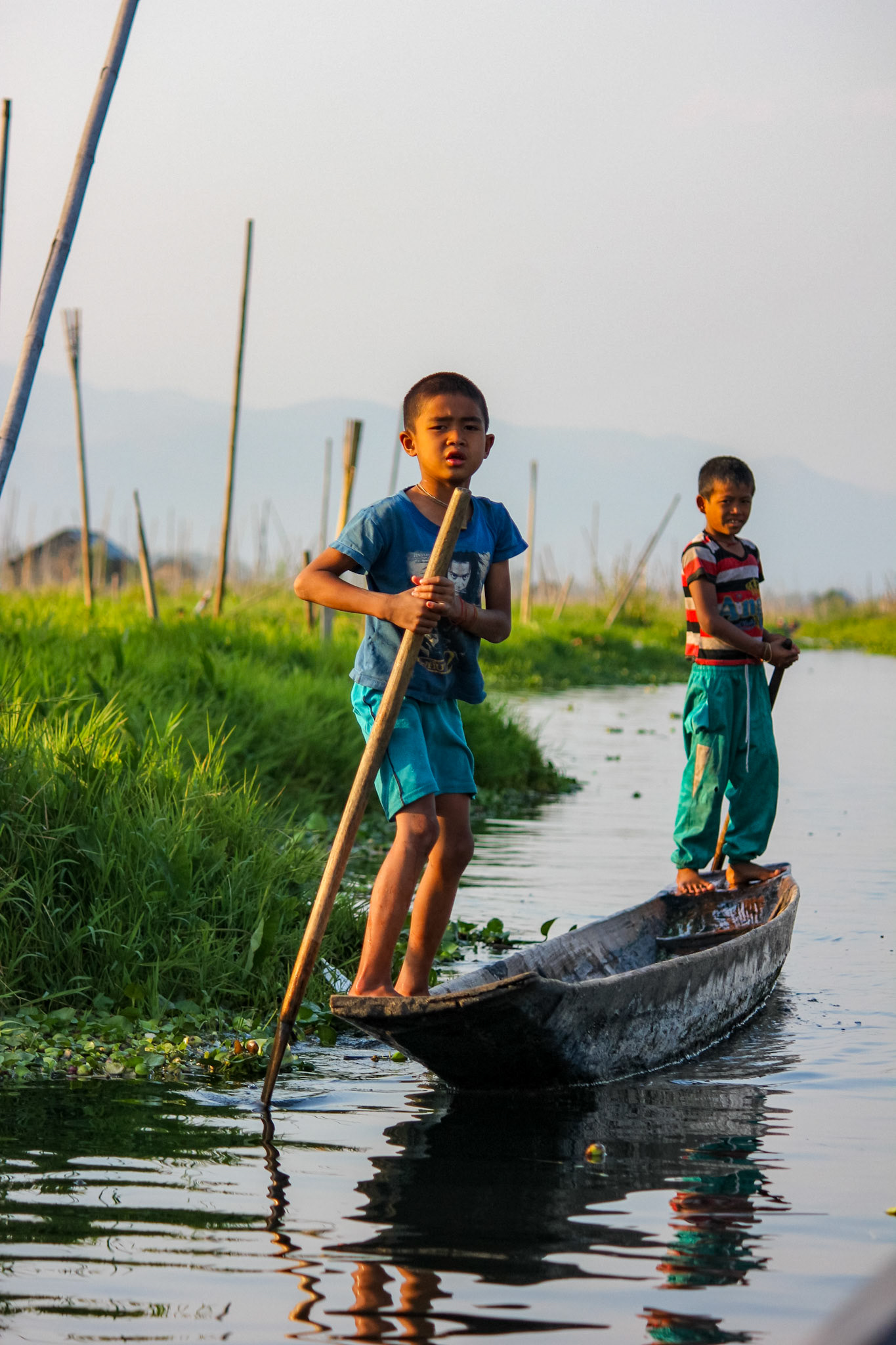
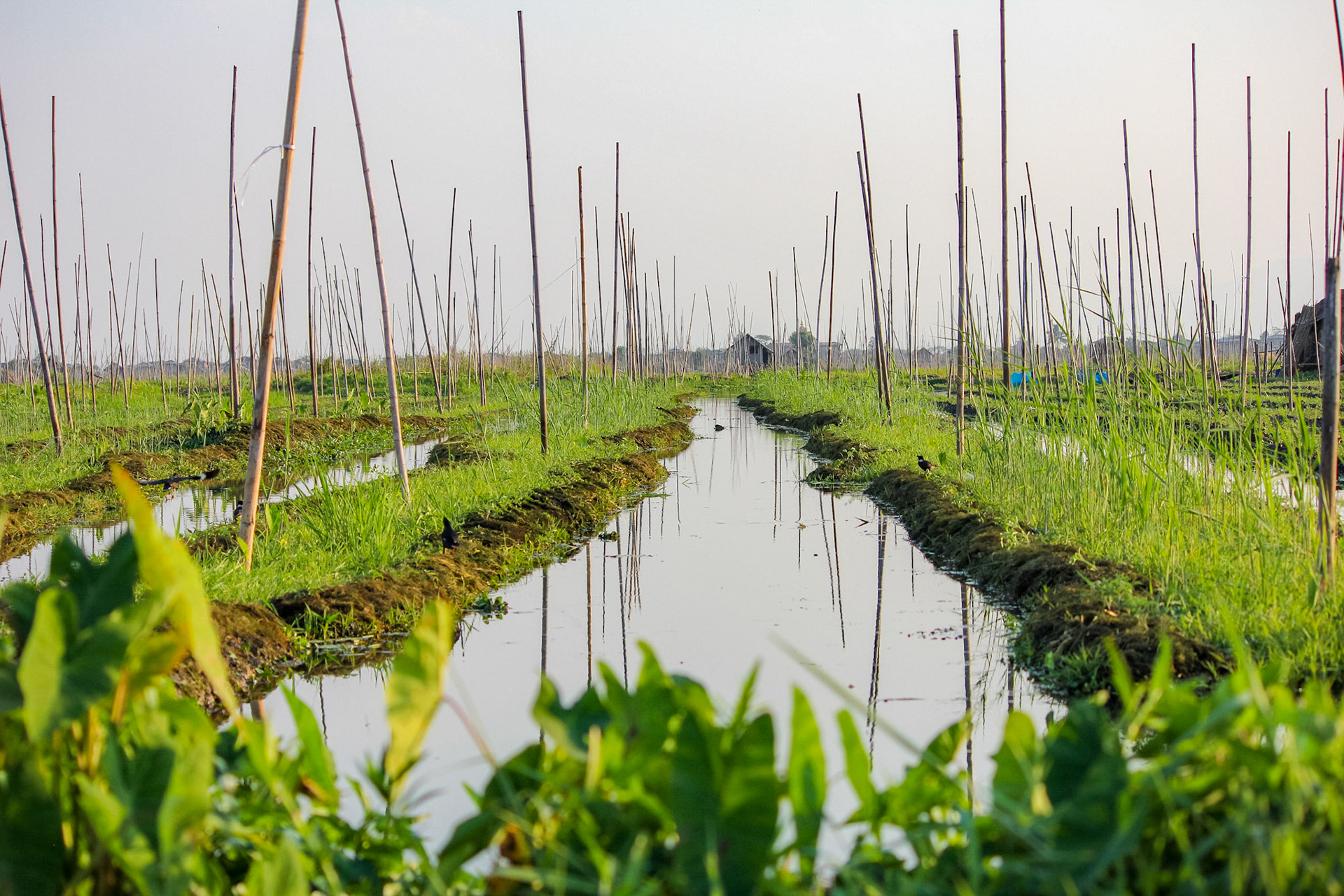
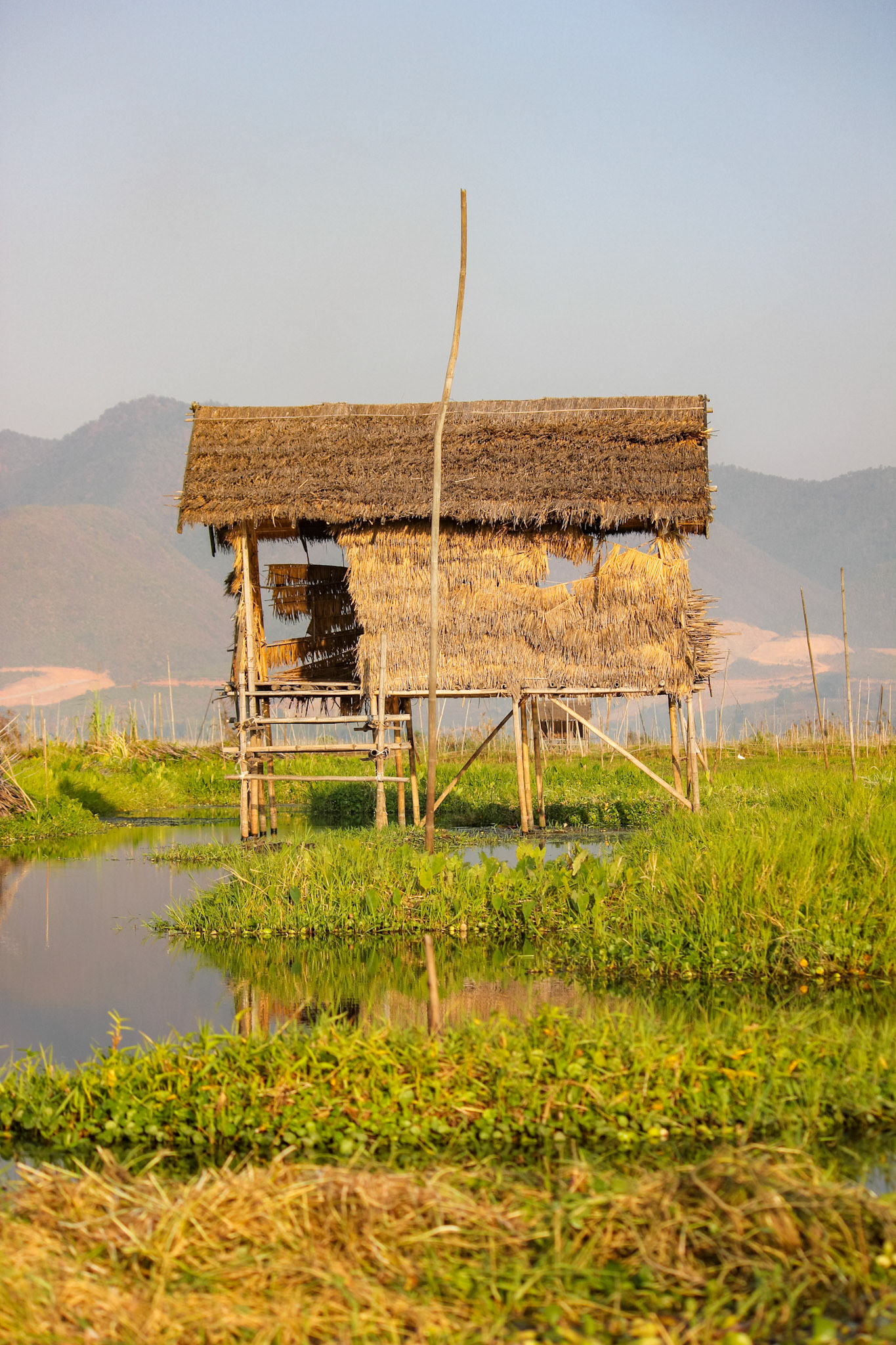
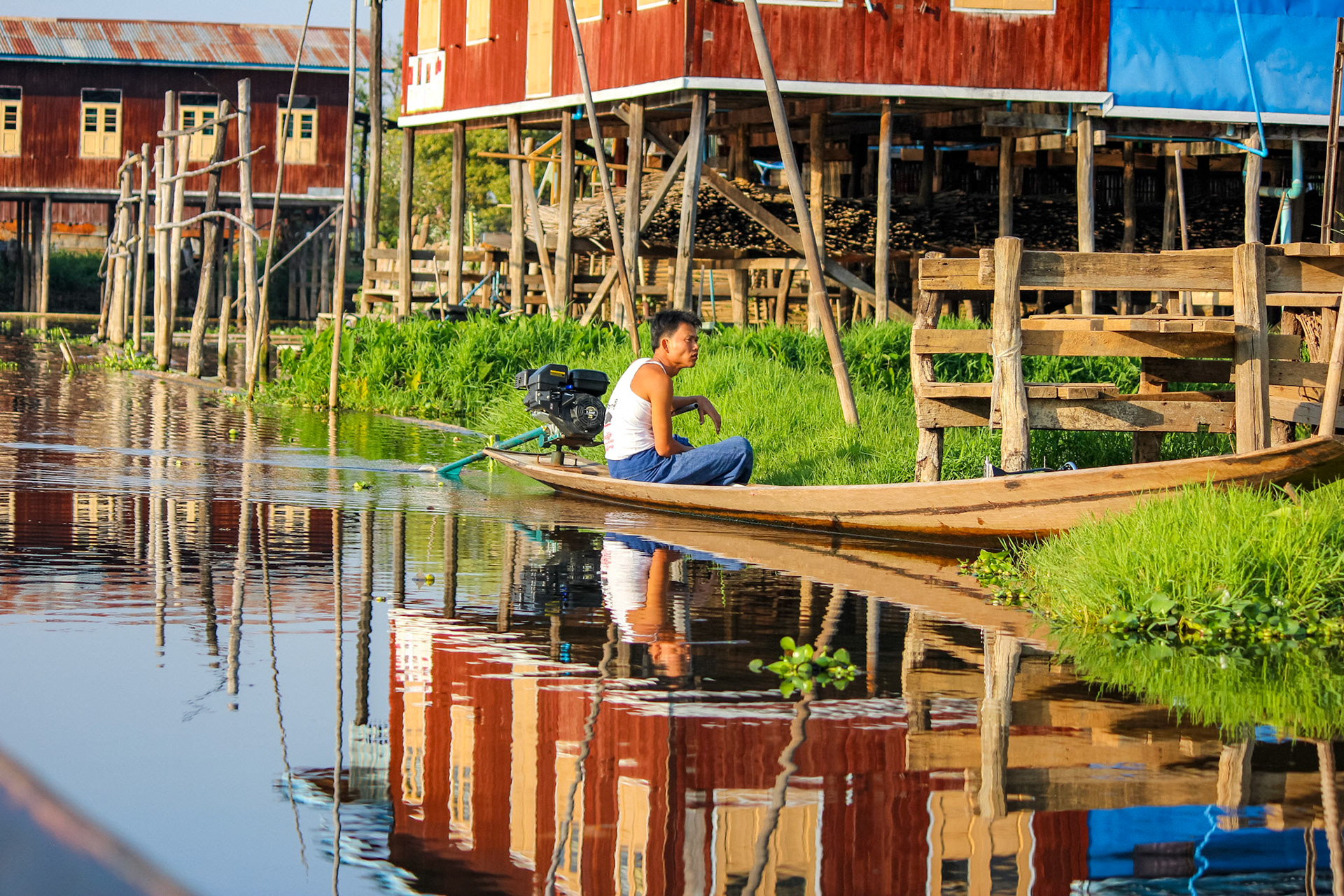
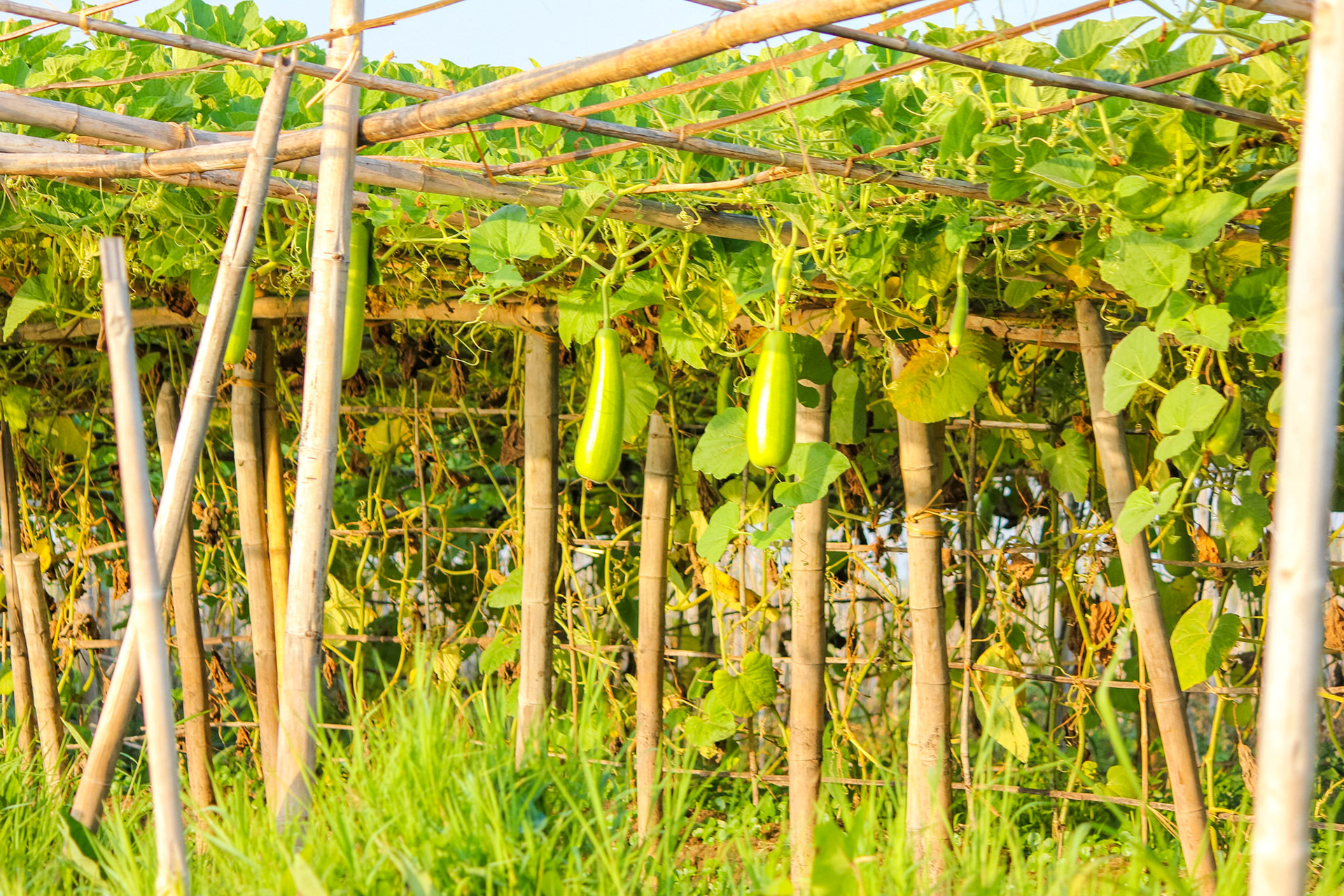
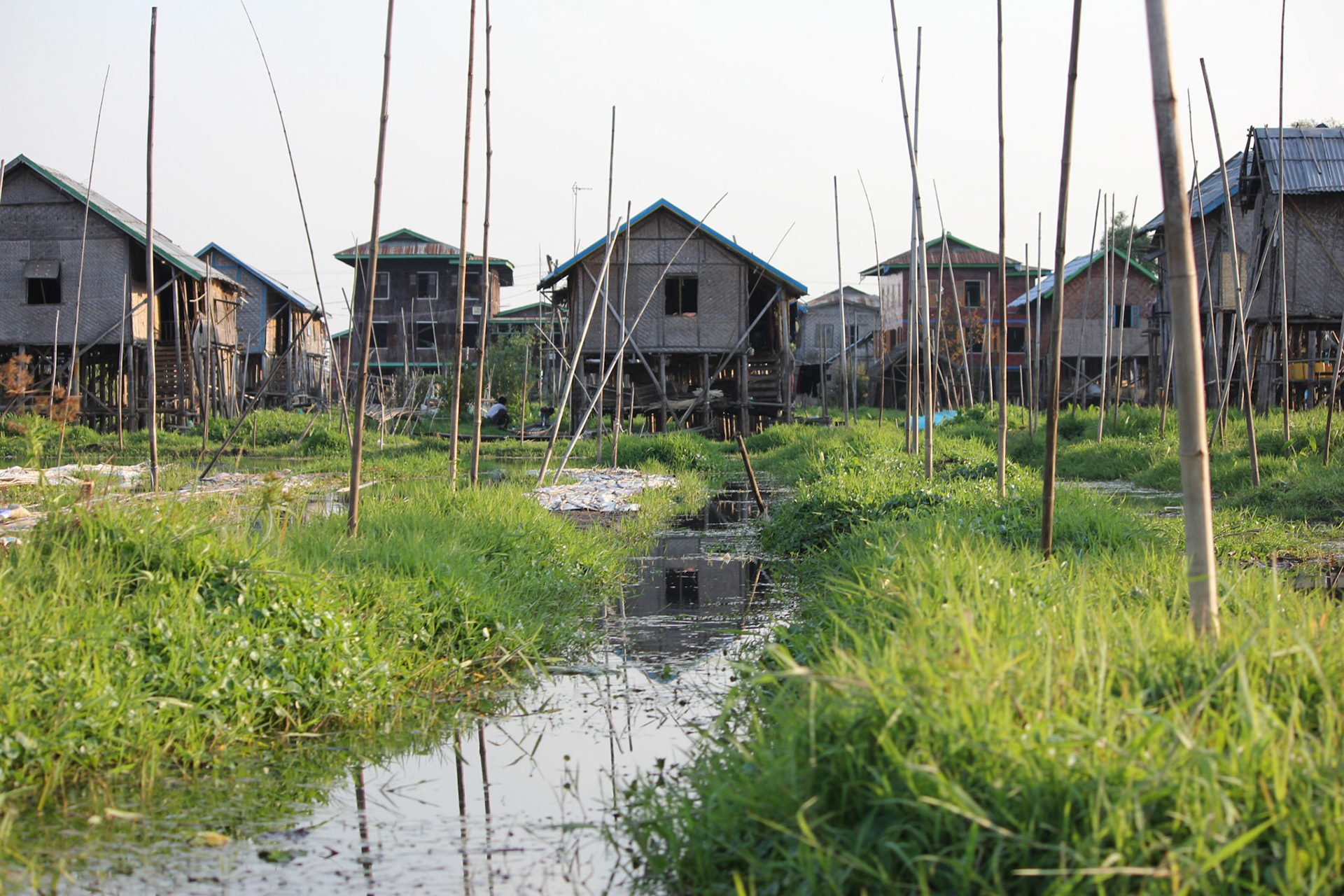
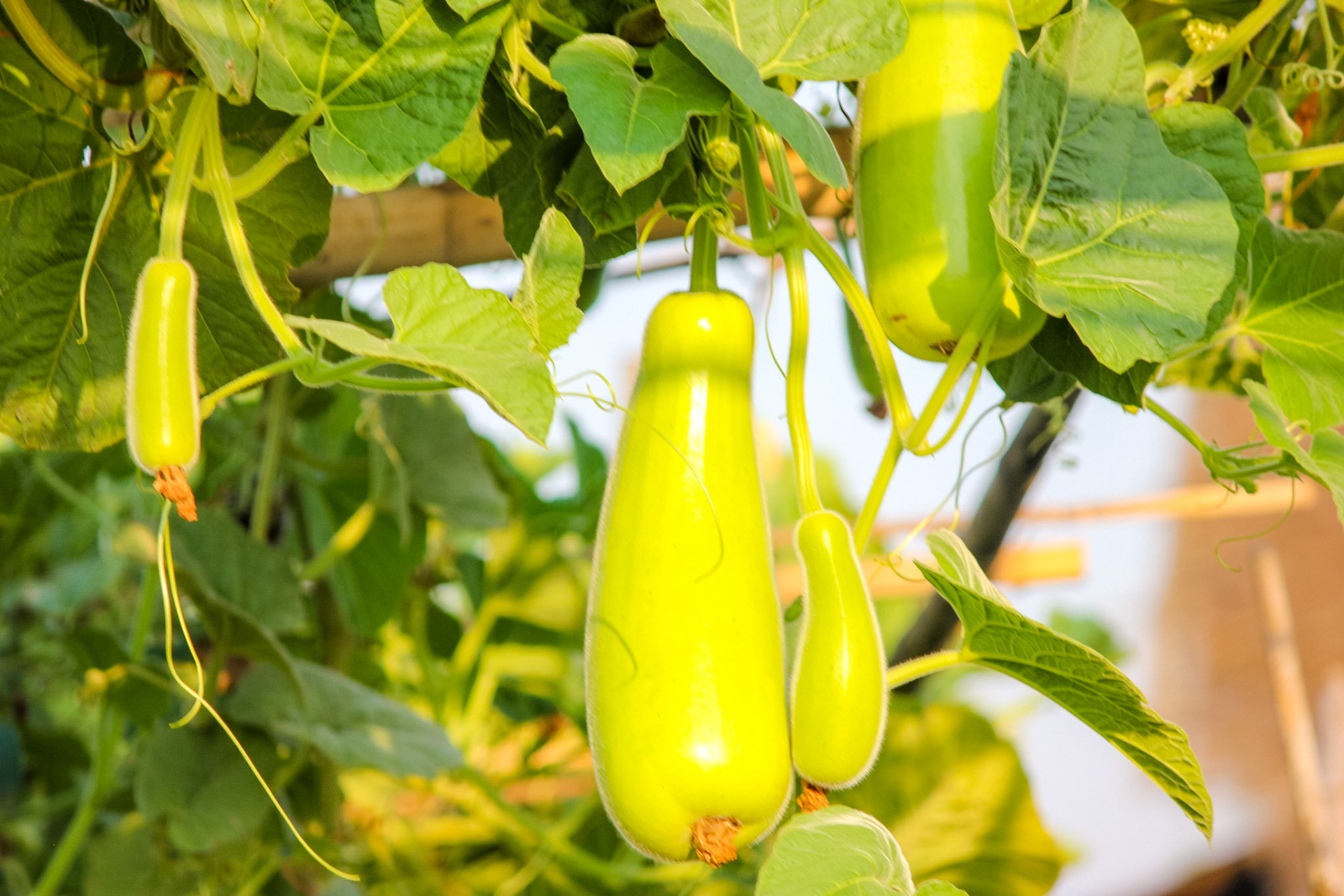
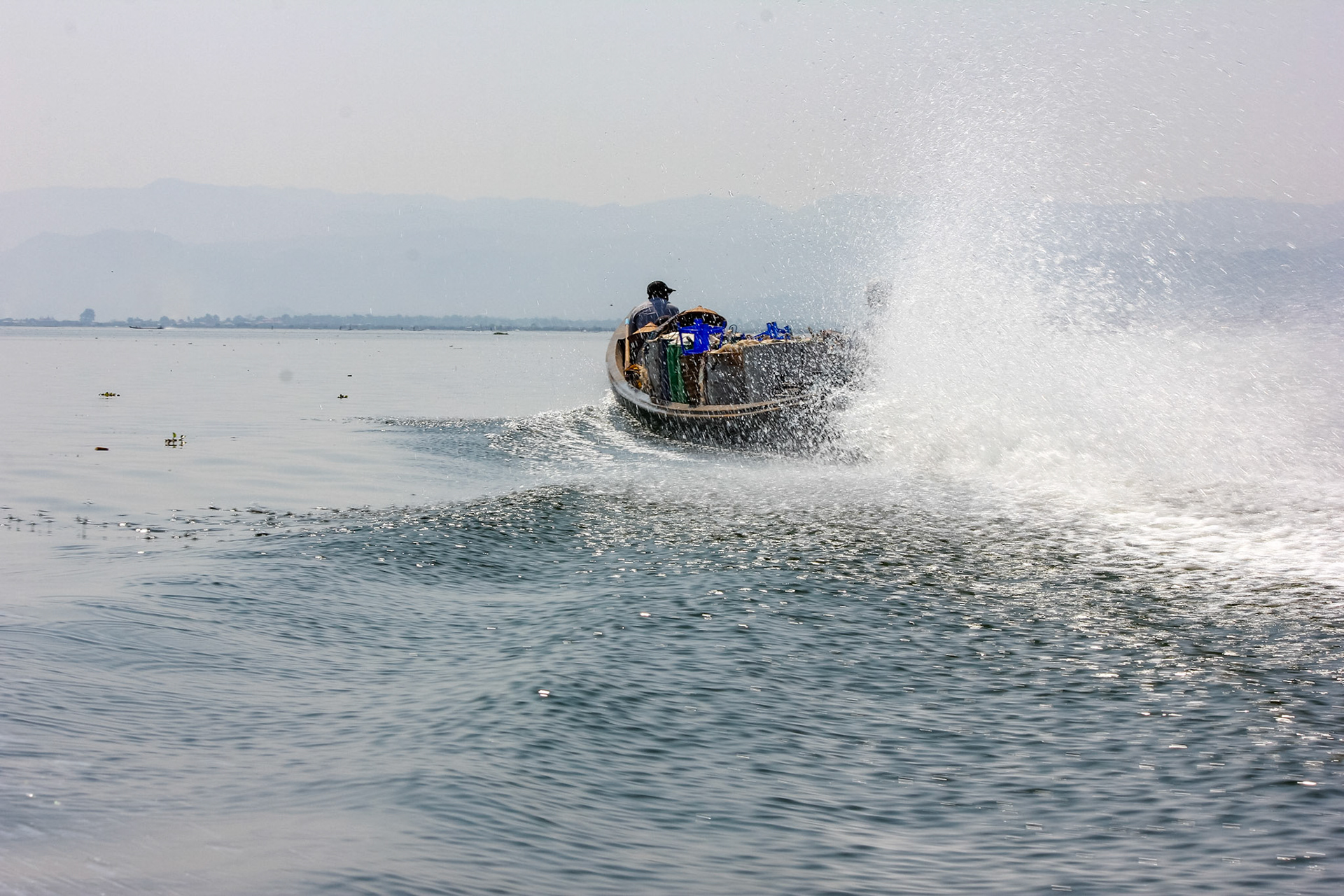
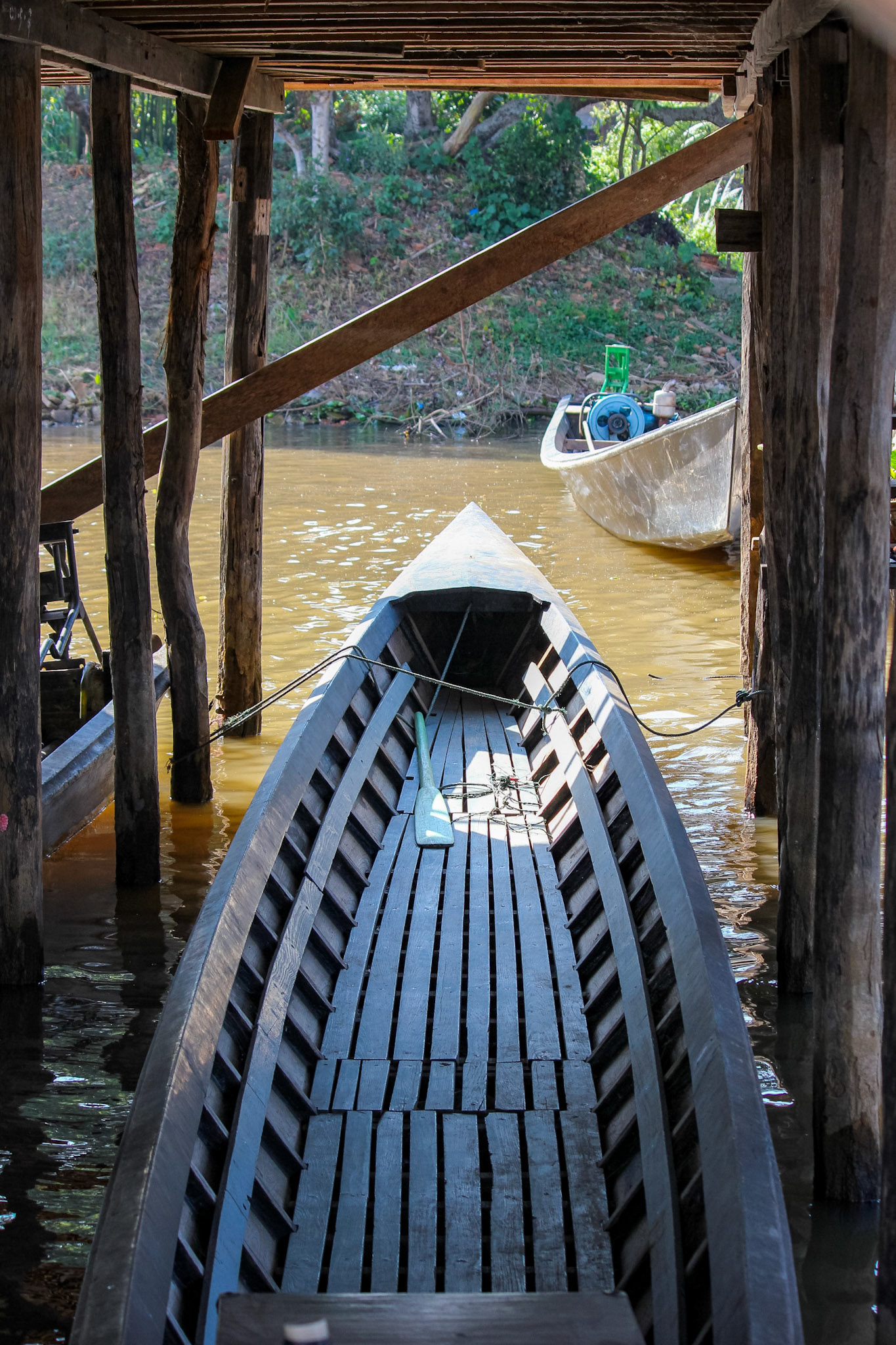
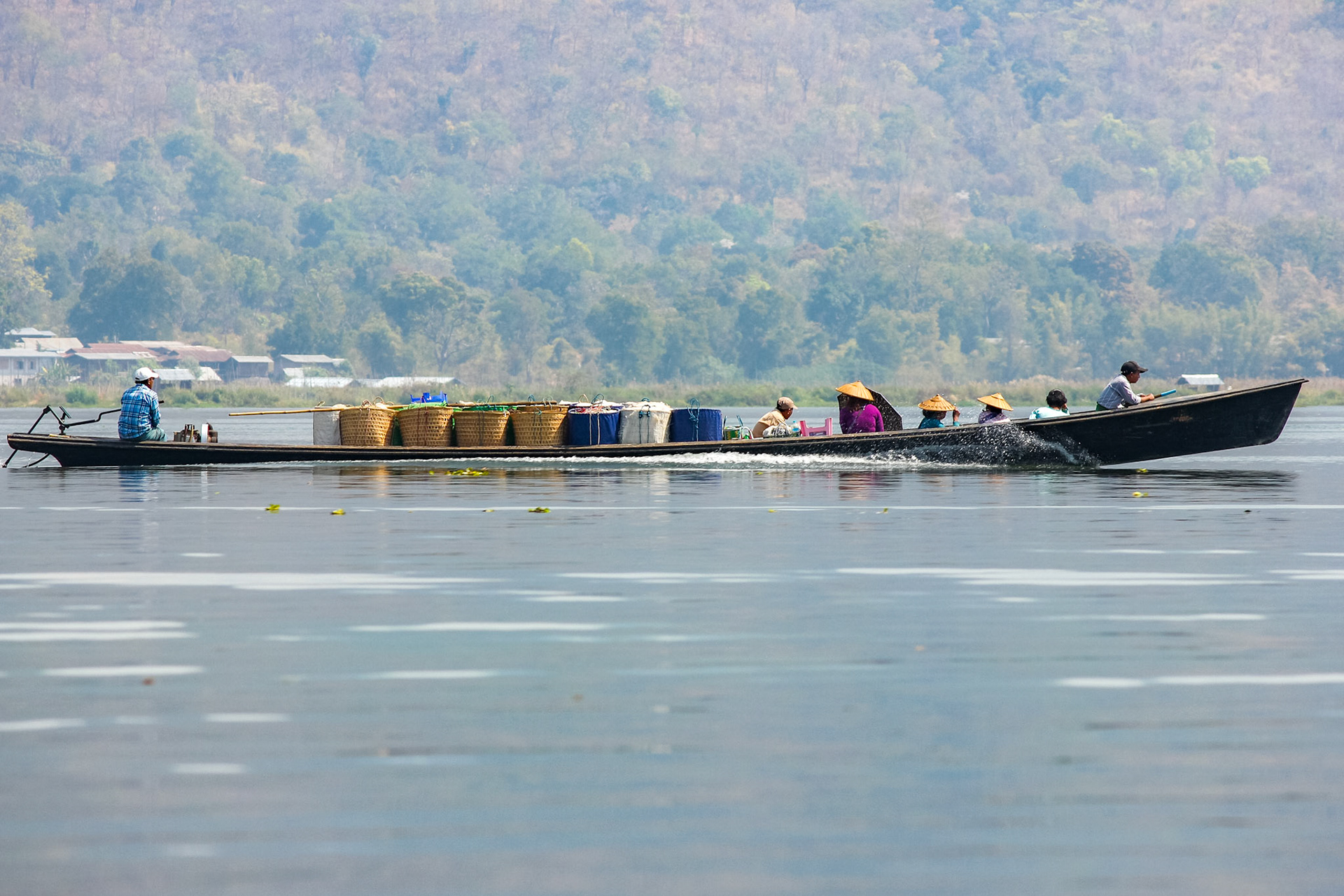
Paradise Inle Resort providing my accommodation for the short stay on Inle Lake
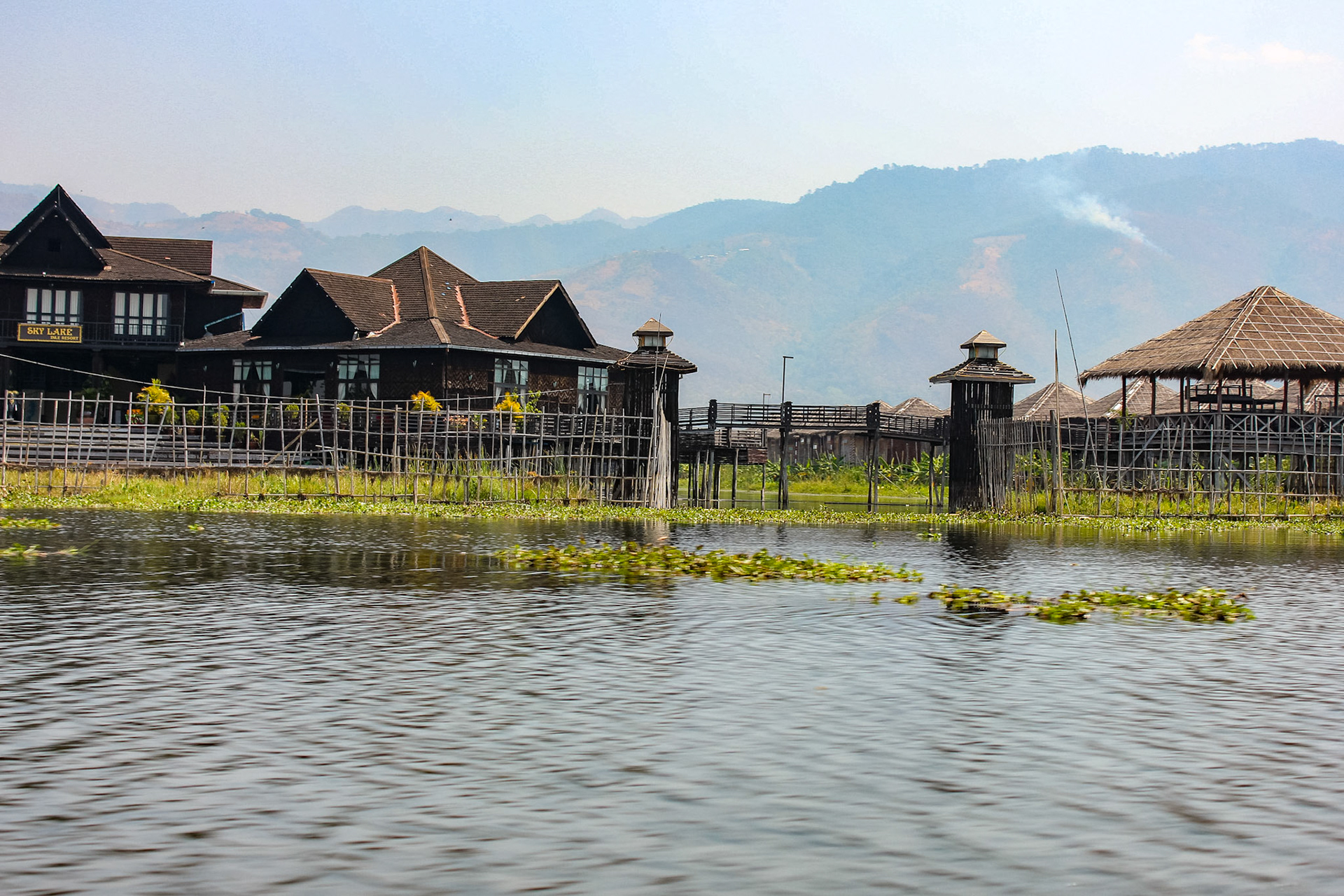
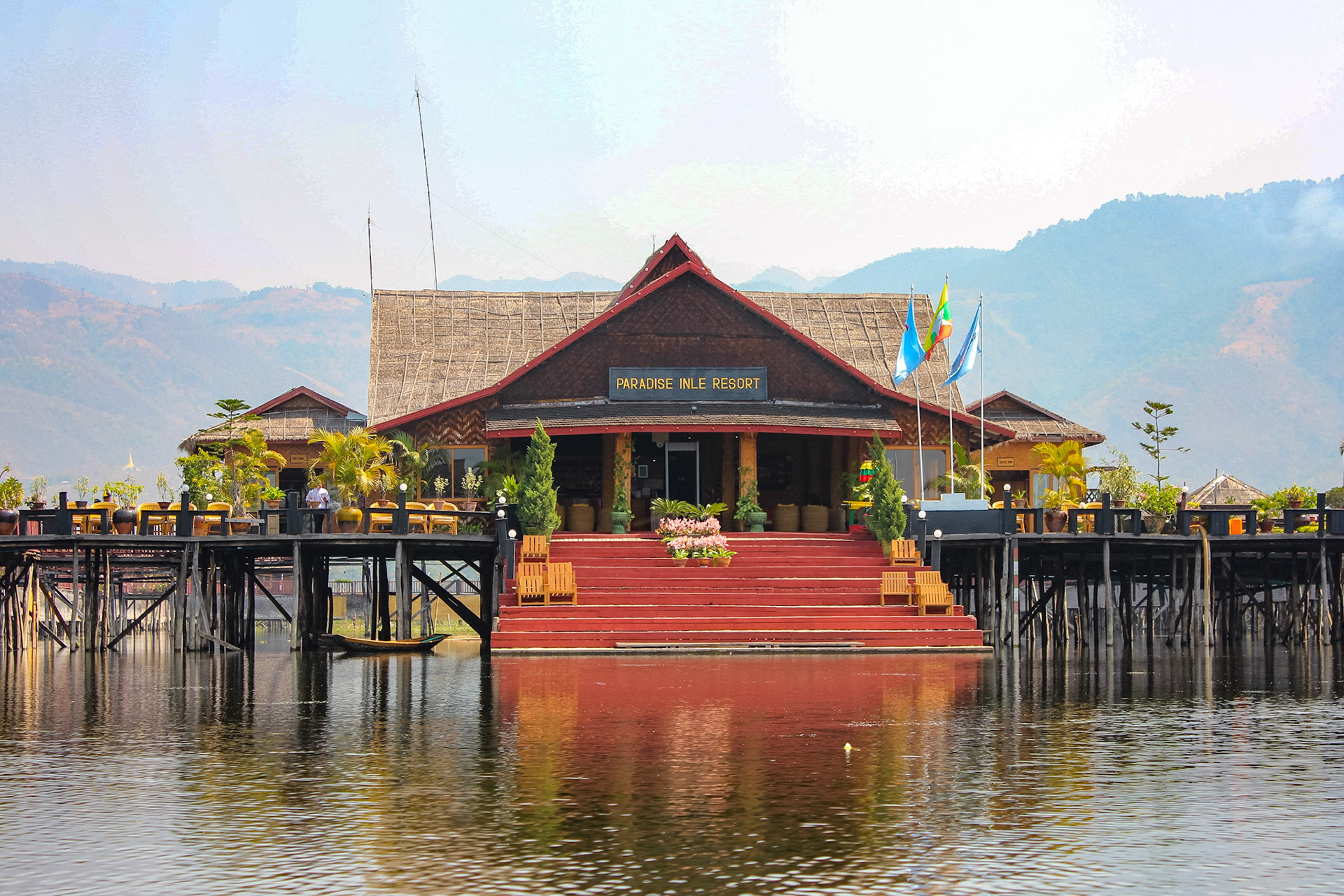
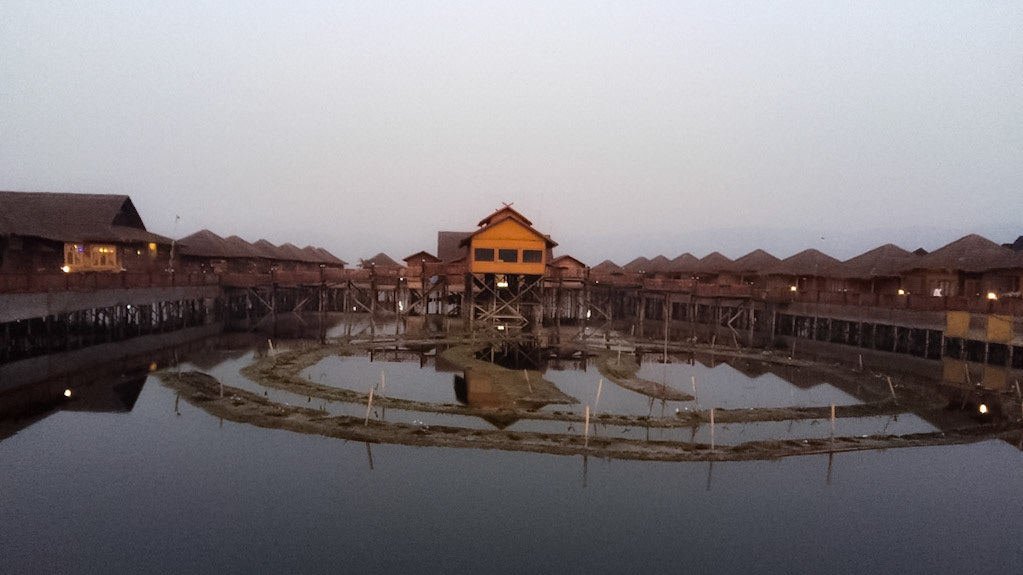
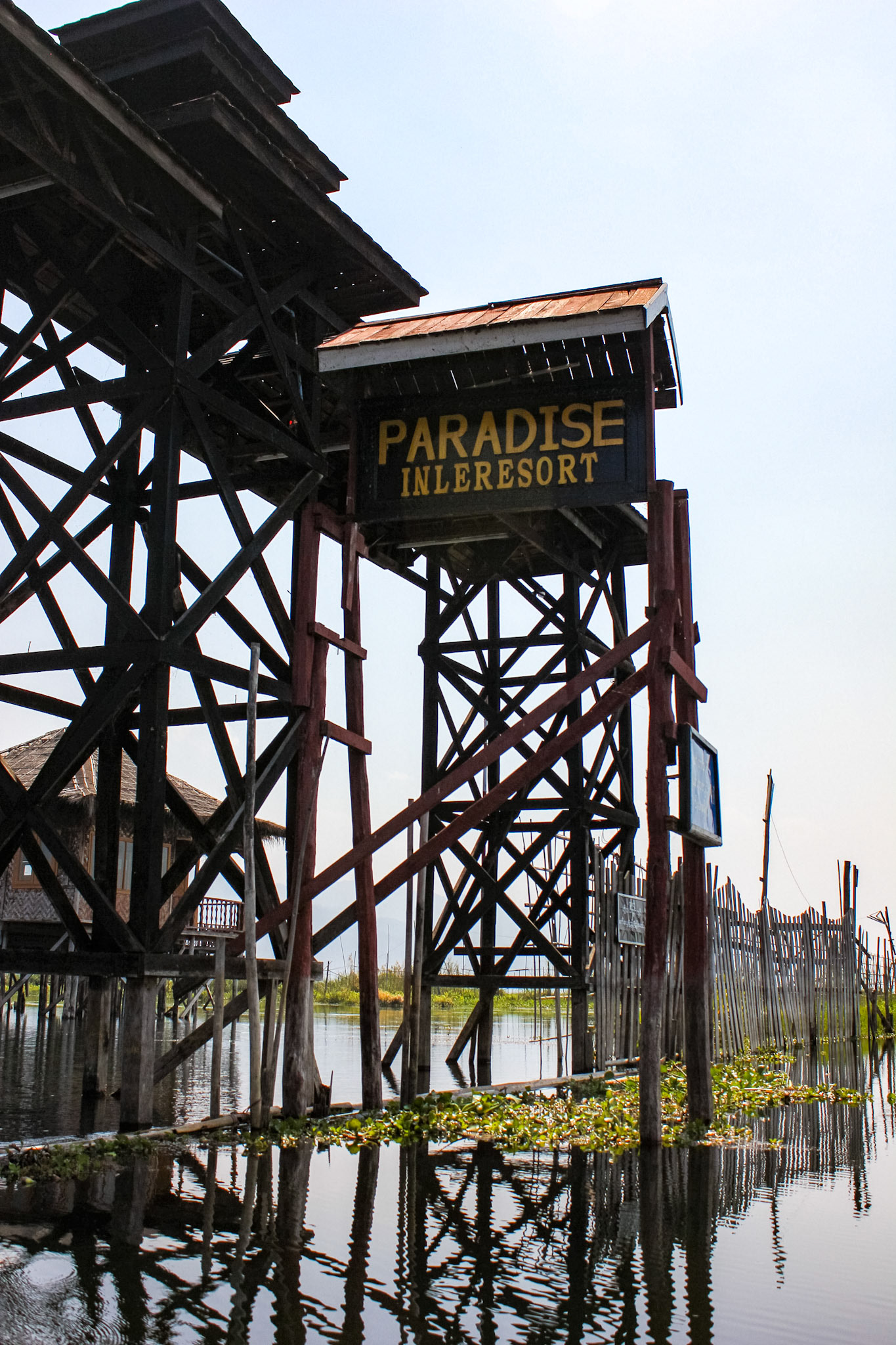
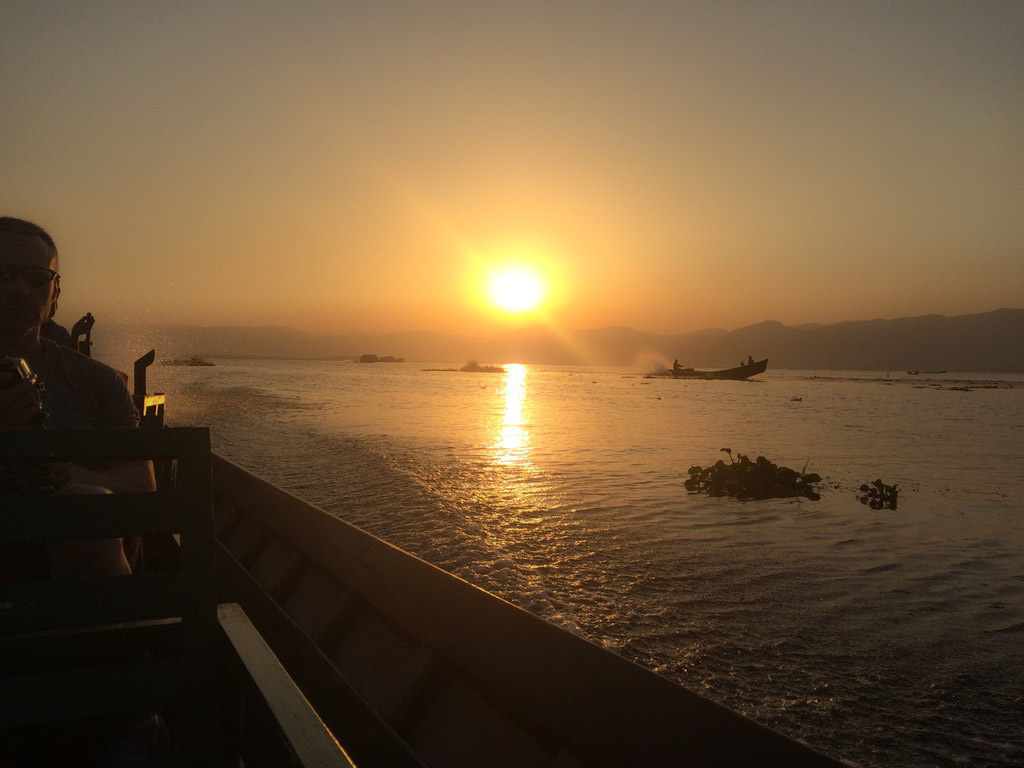
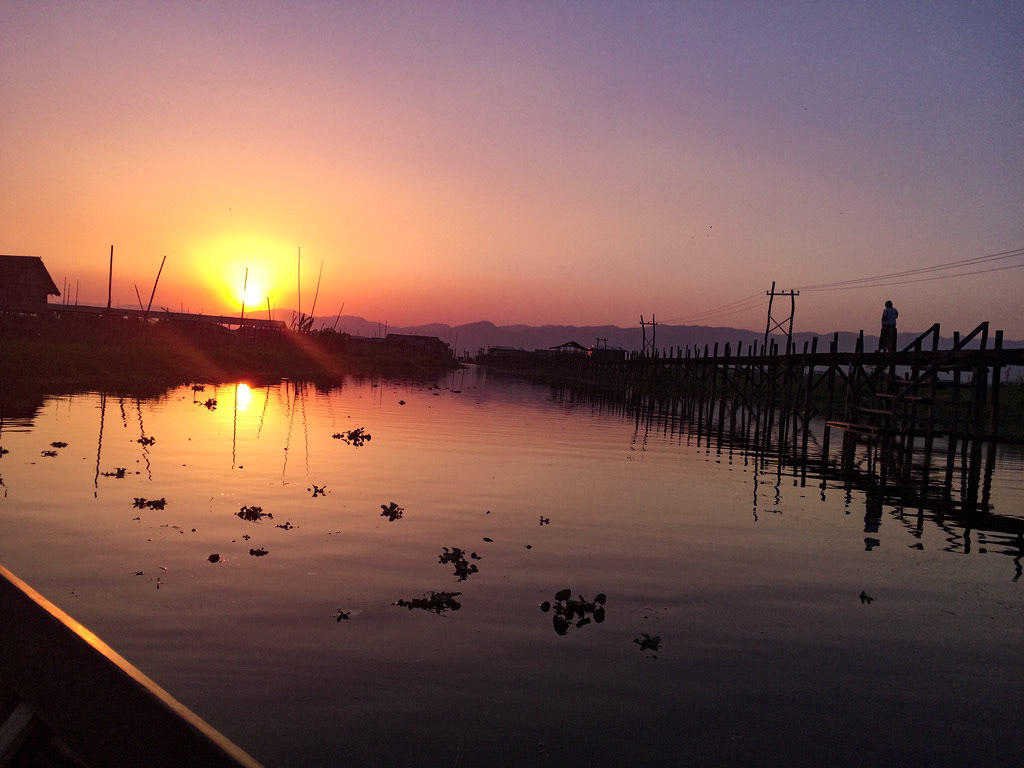
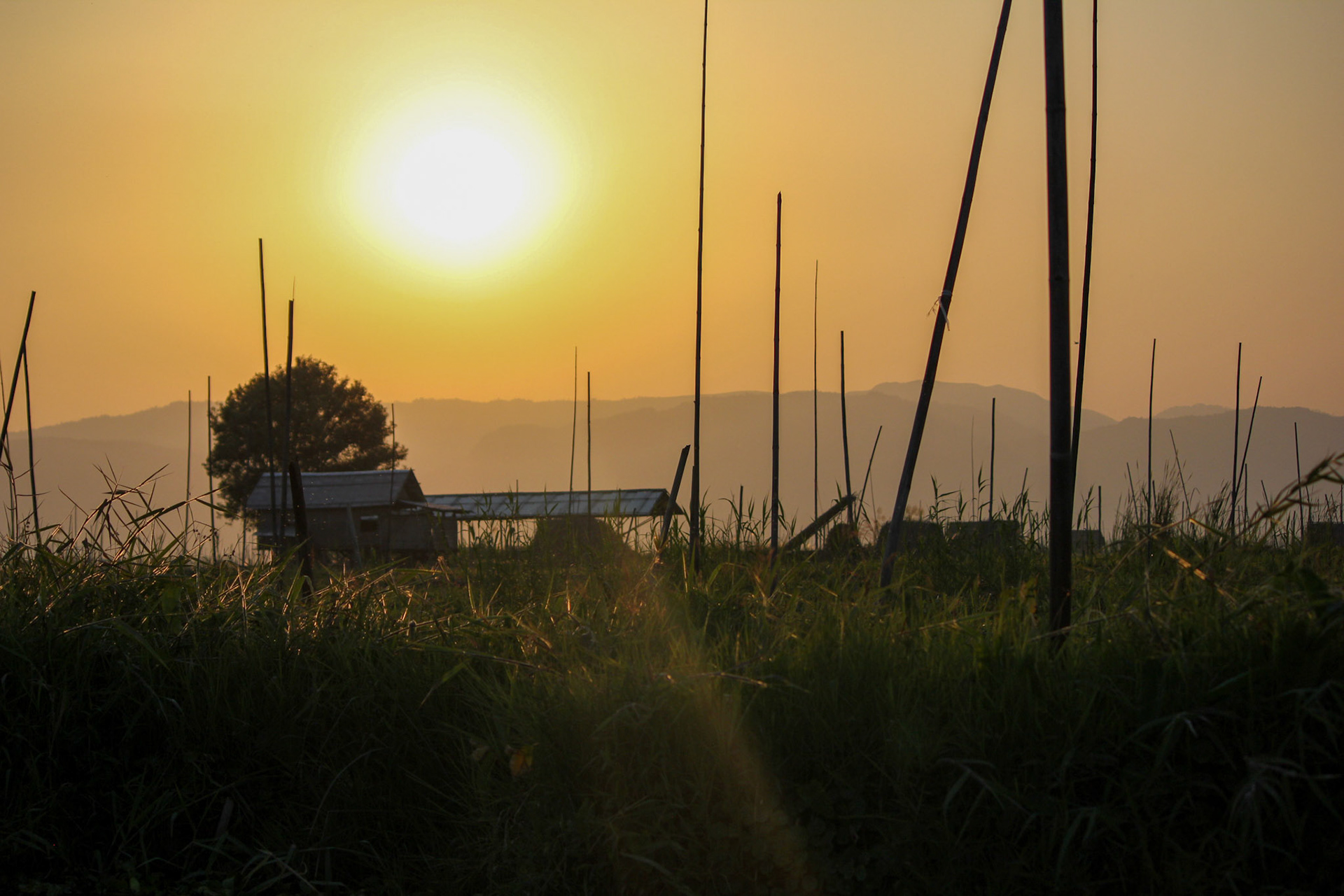
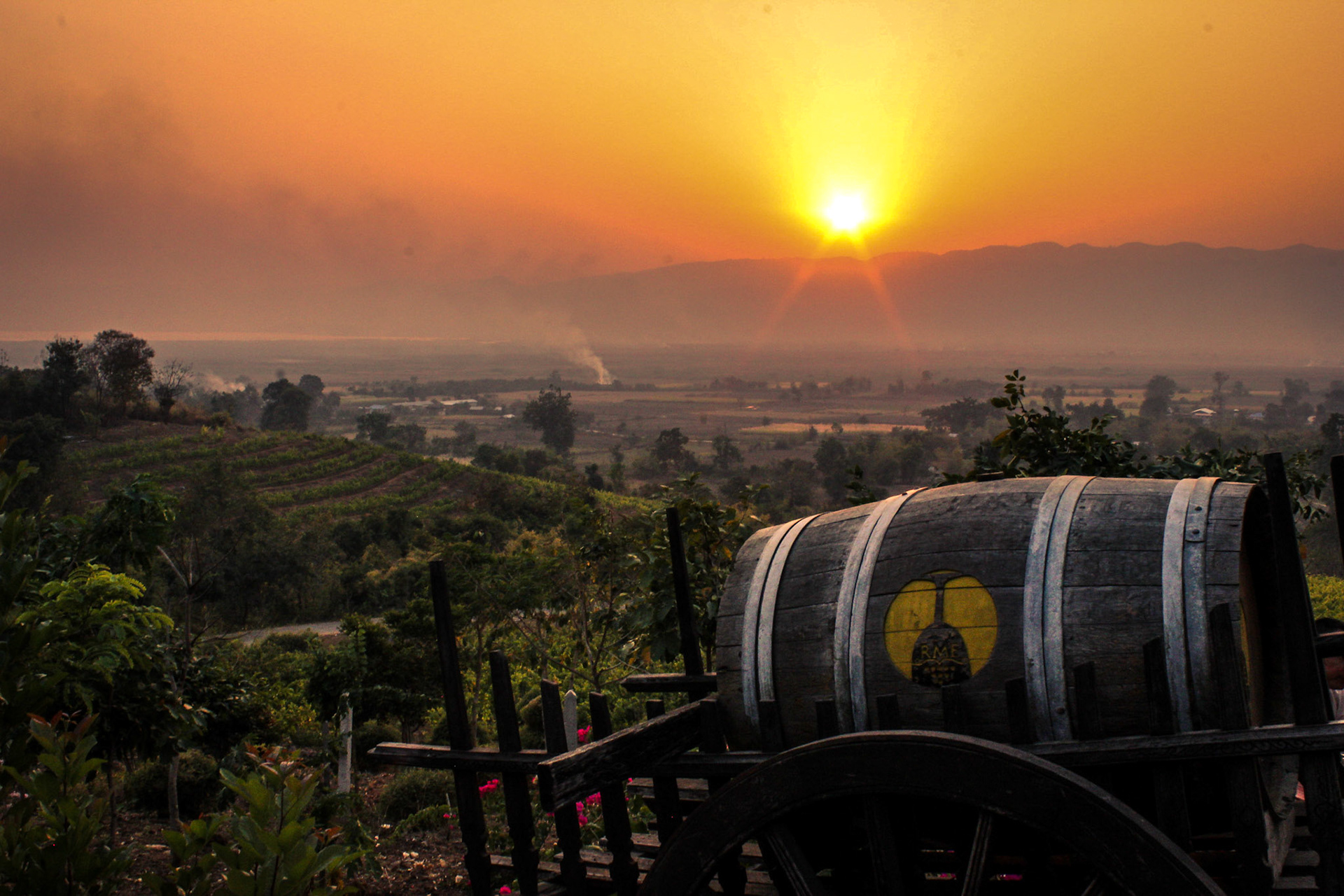
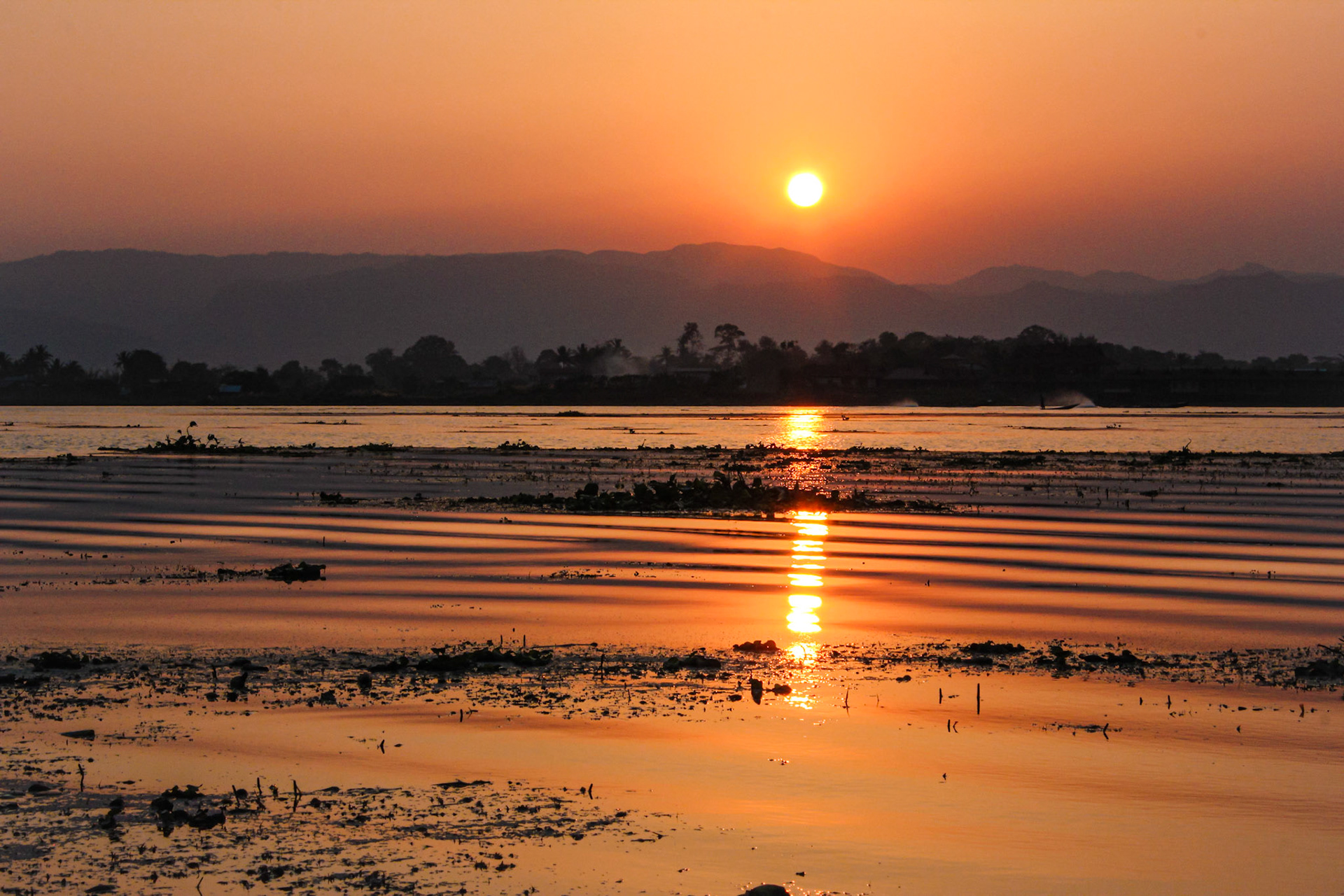
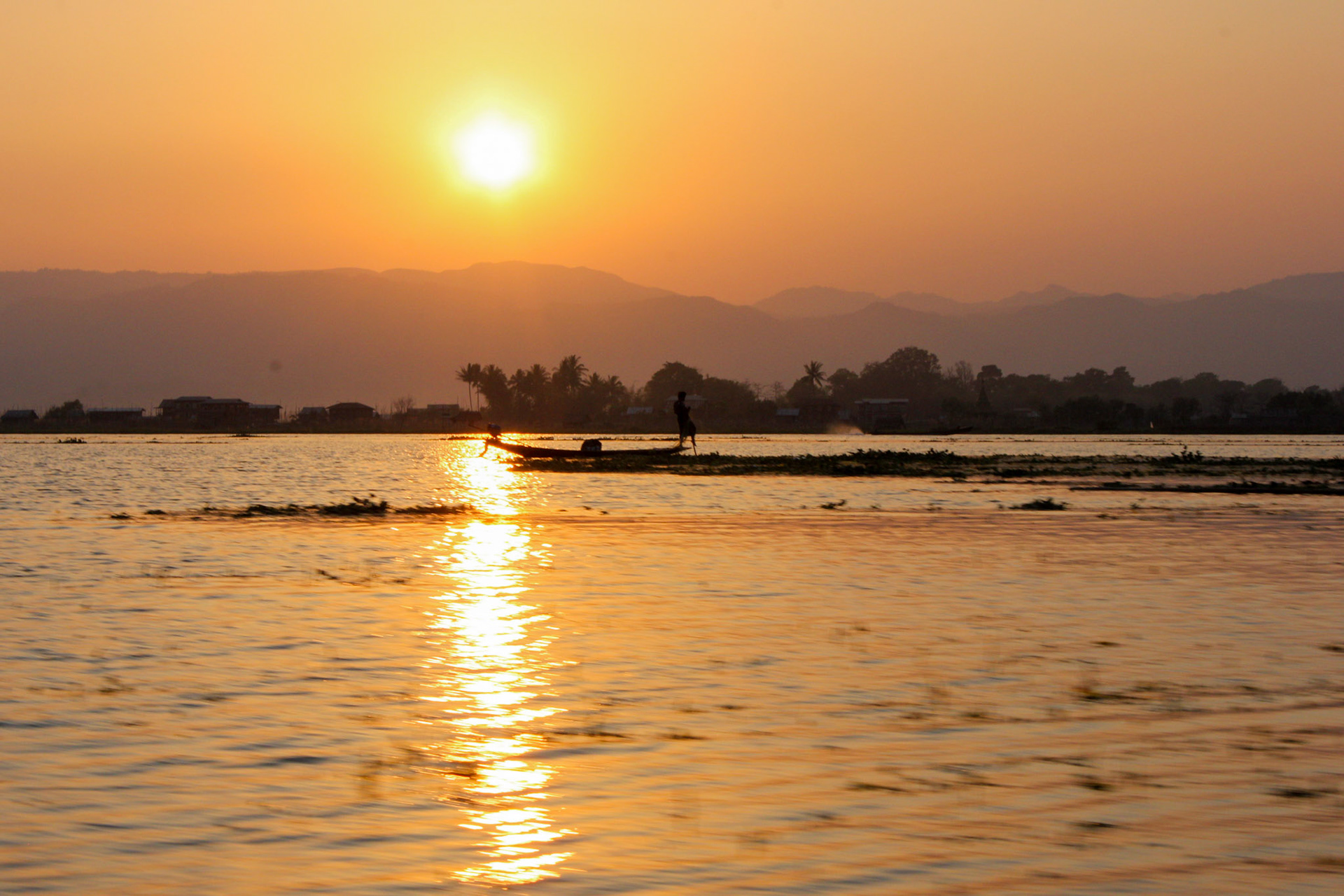
Back to Heho, as it's time to catch a flight onto Rakhine the last part of my visit to Myanmar. The airport is literally one hanger of check in decks, and a departure lounge. Handlers literally took my bags from where I dropped them in the terminal building straight out to the plane. No bar coded luggage labels or electricity hungry carousels required here.
